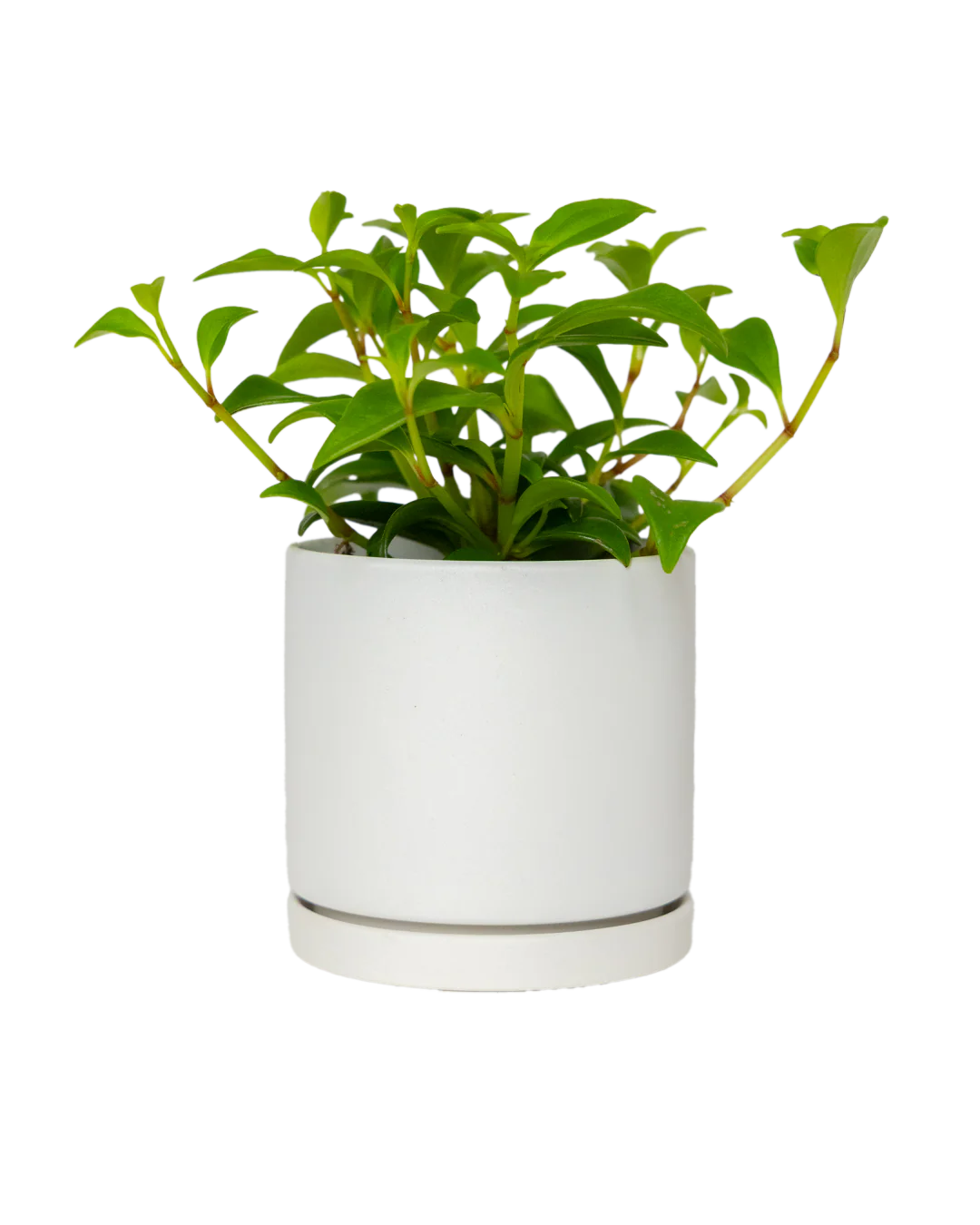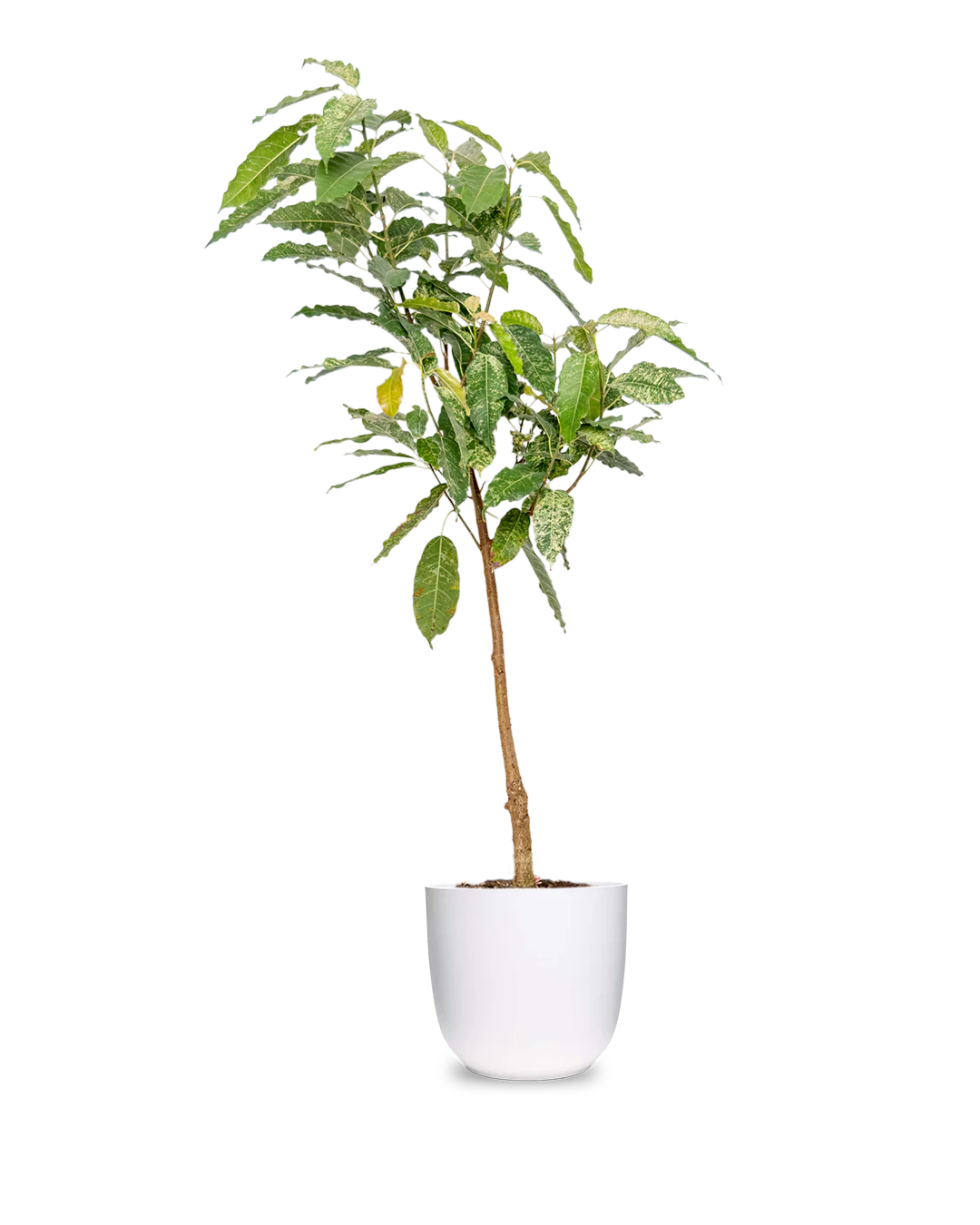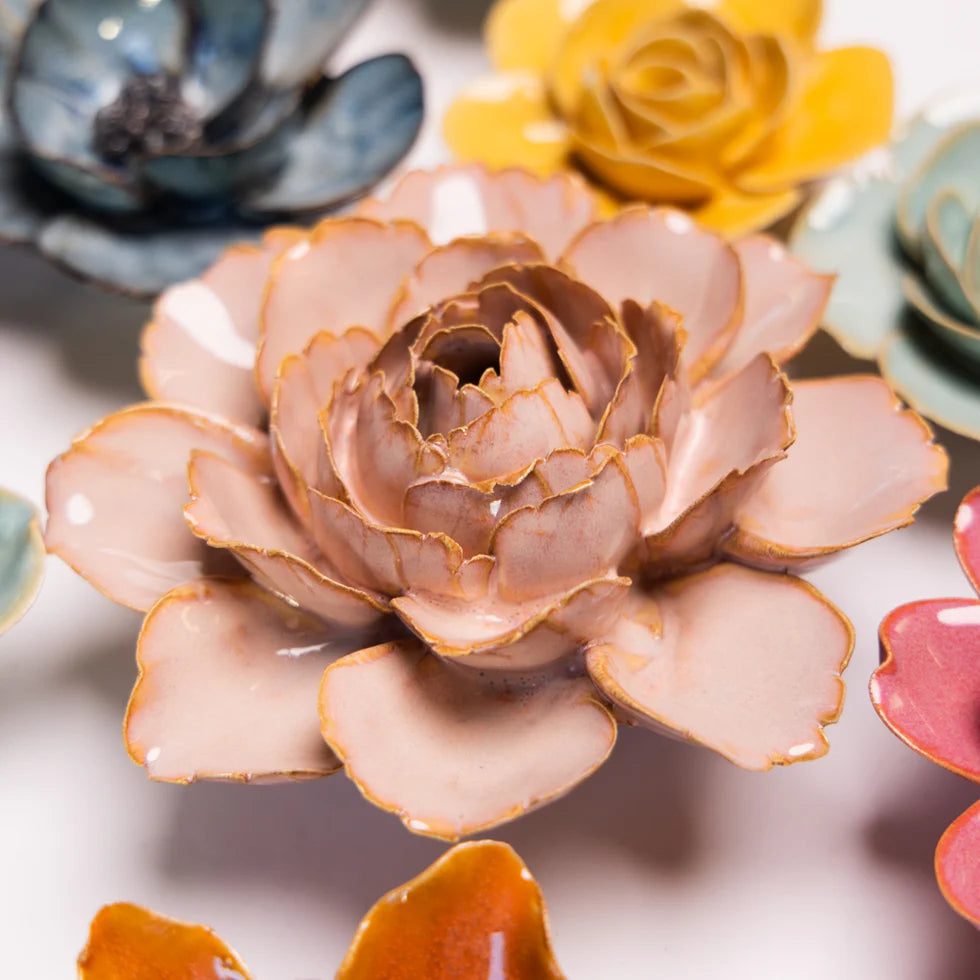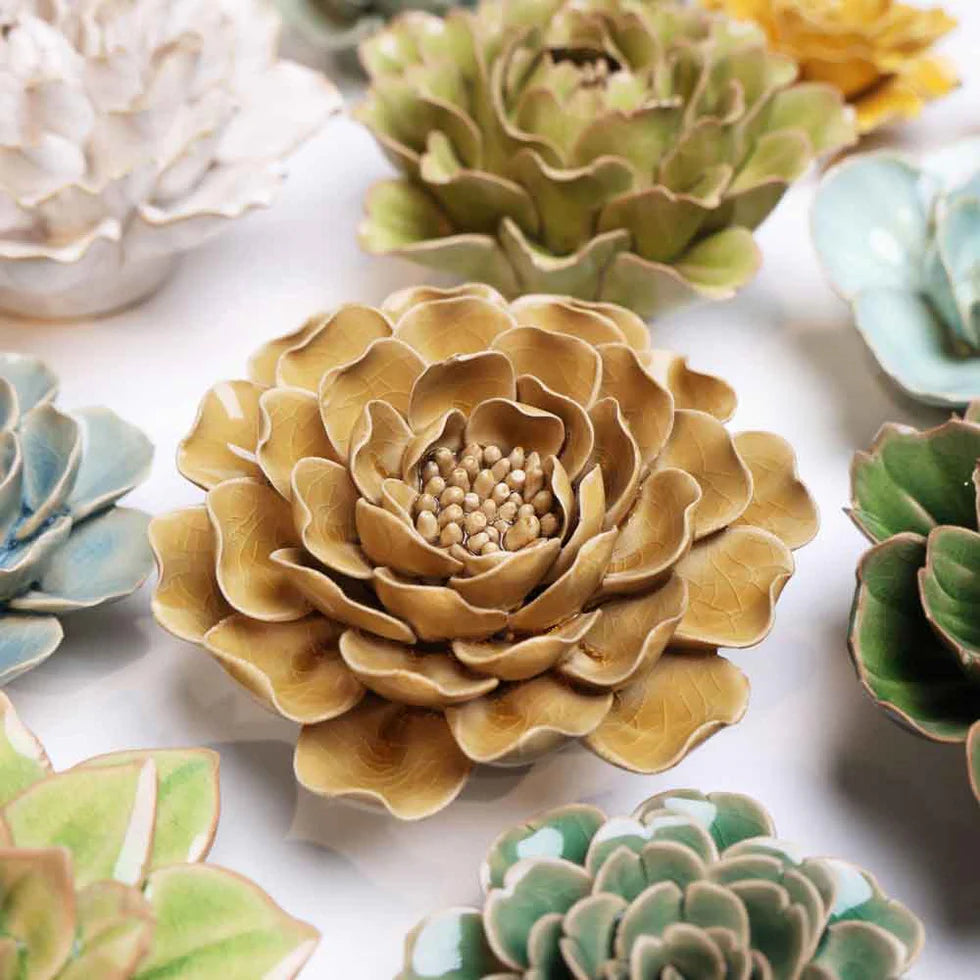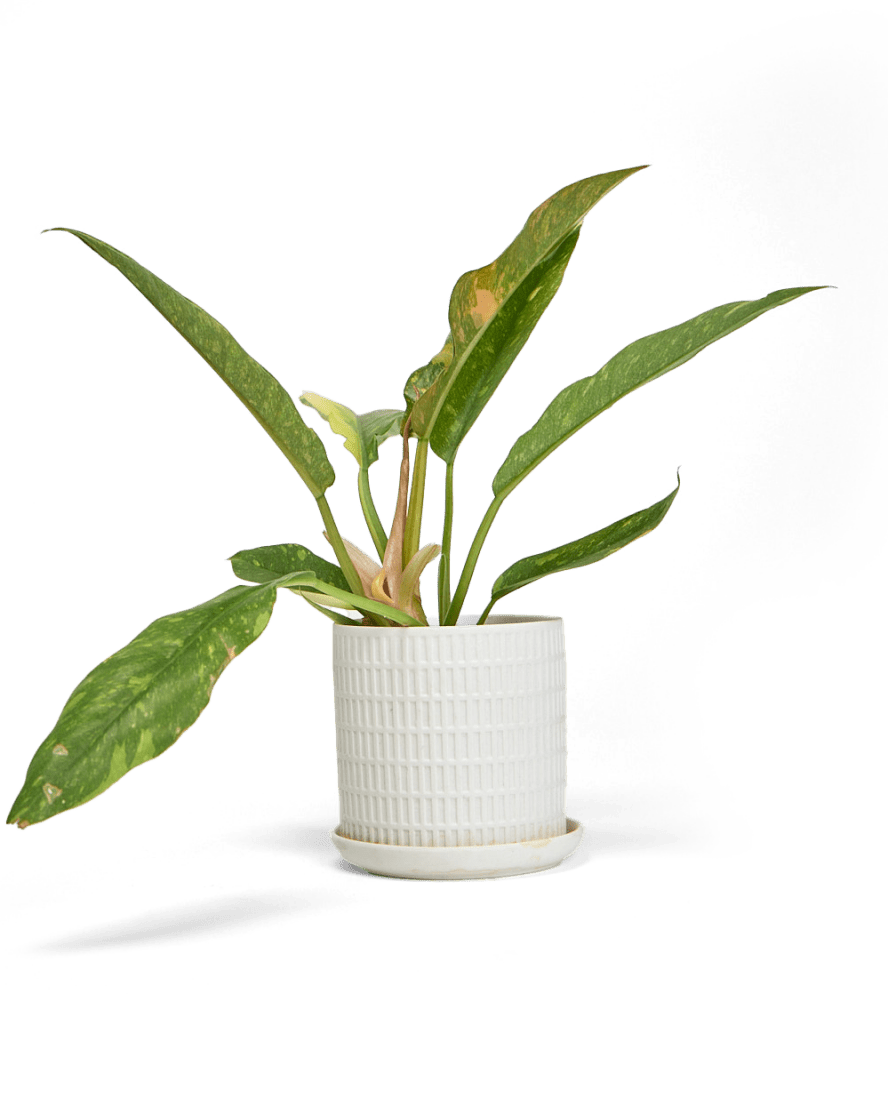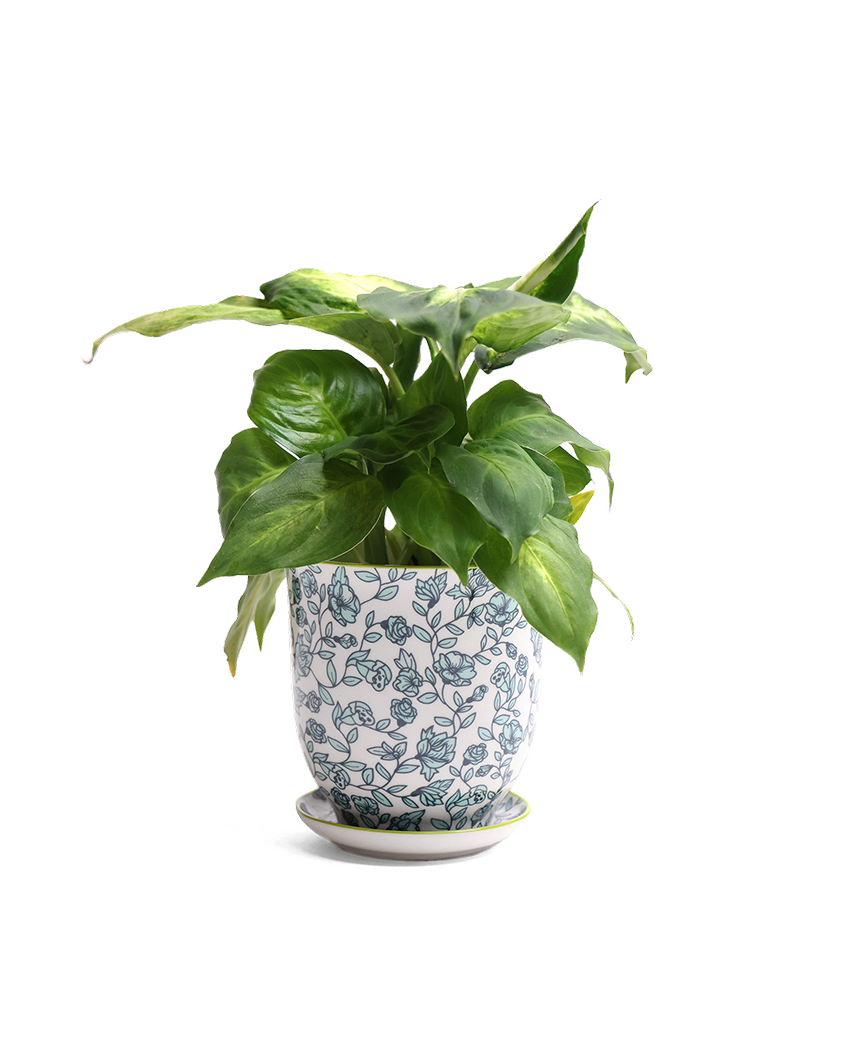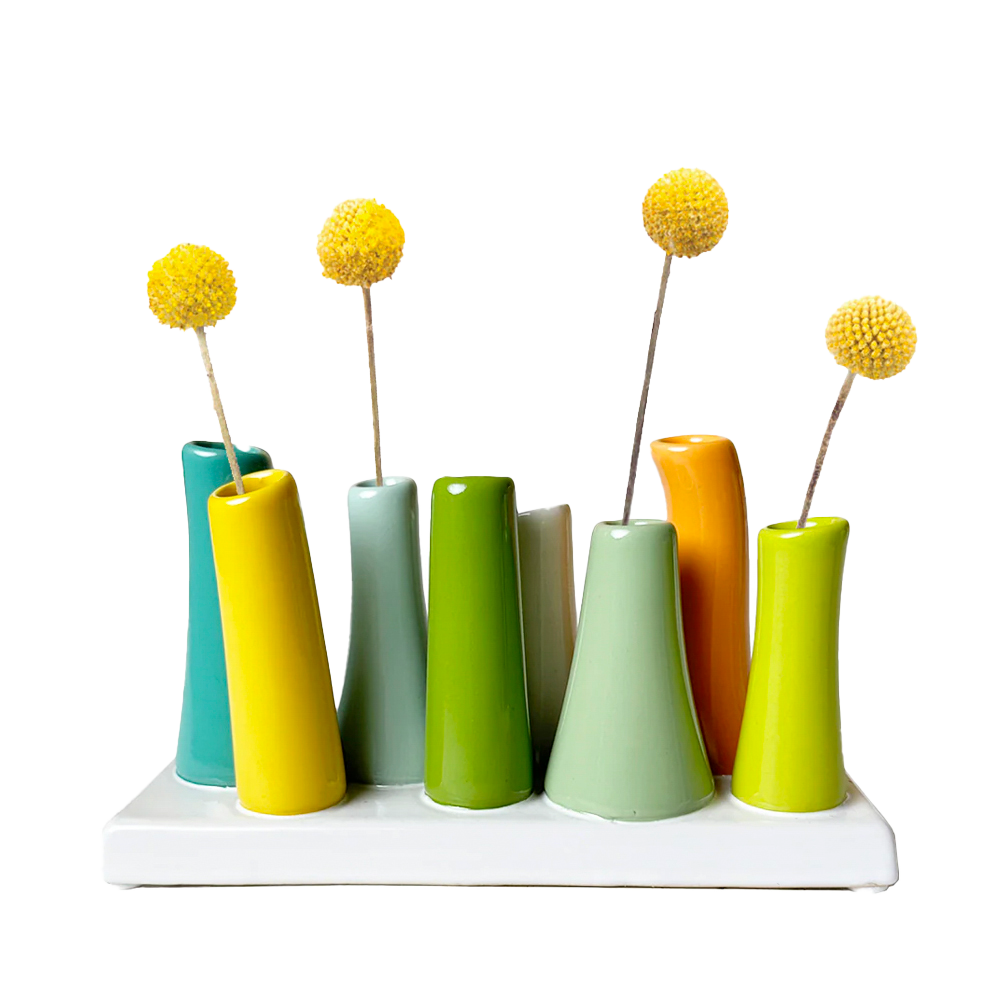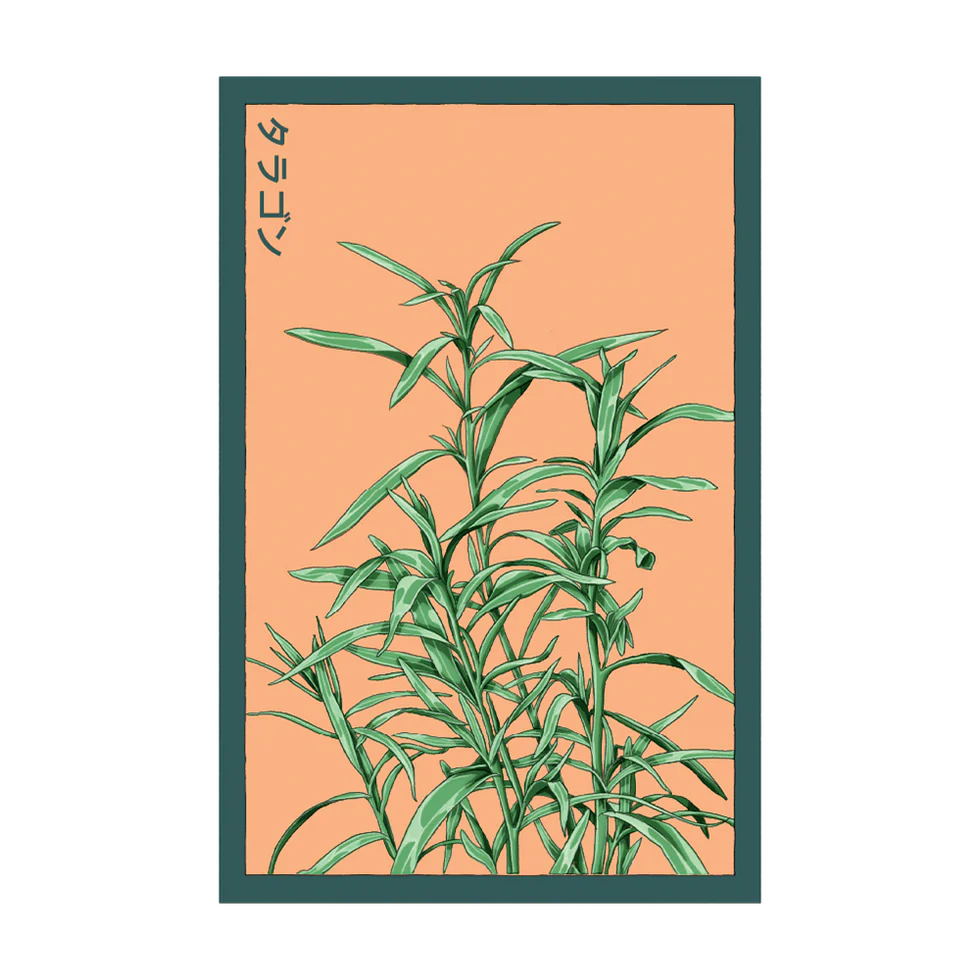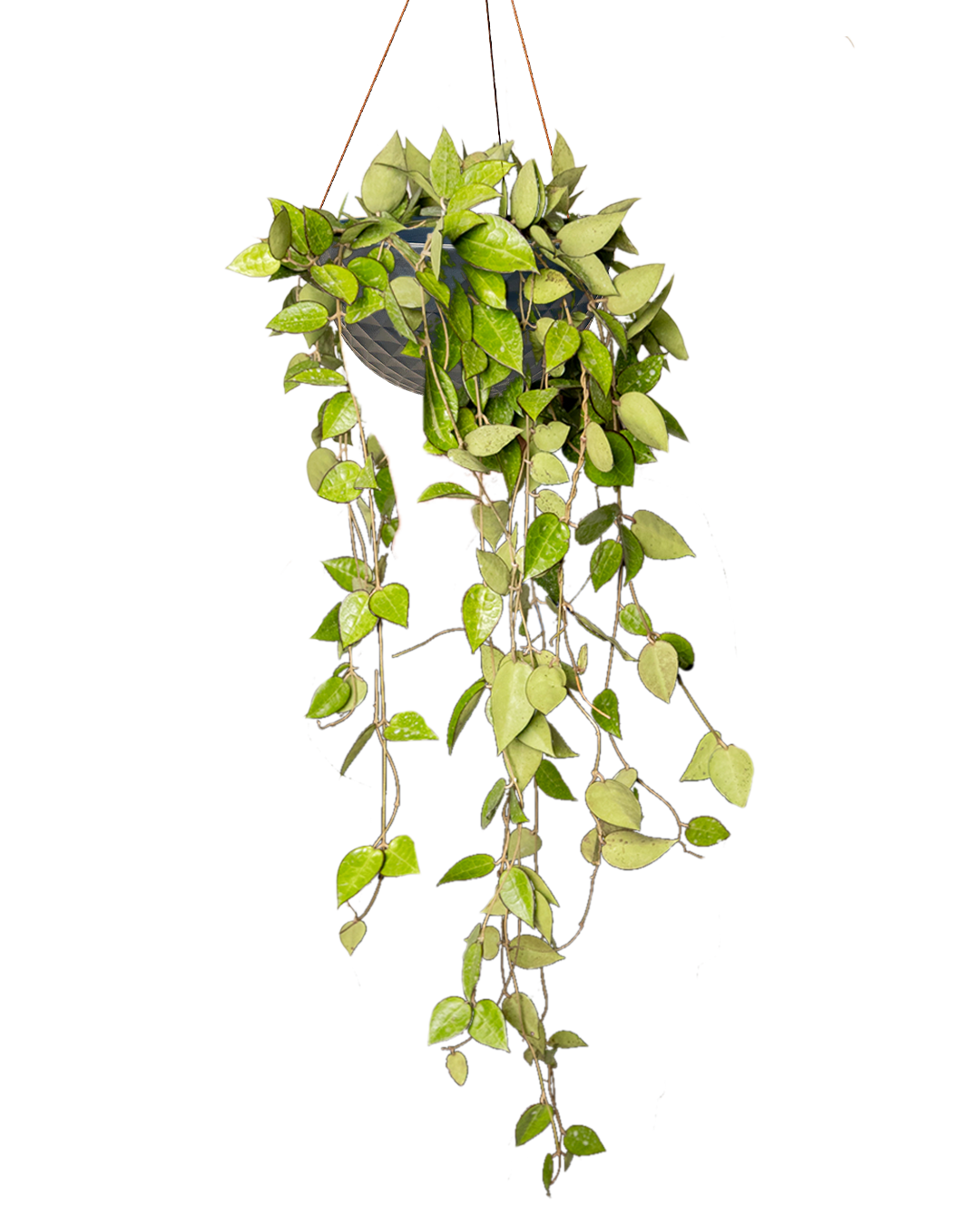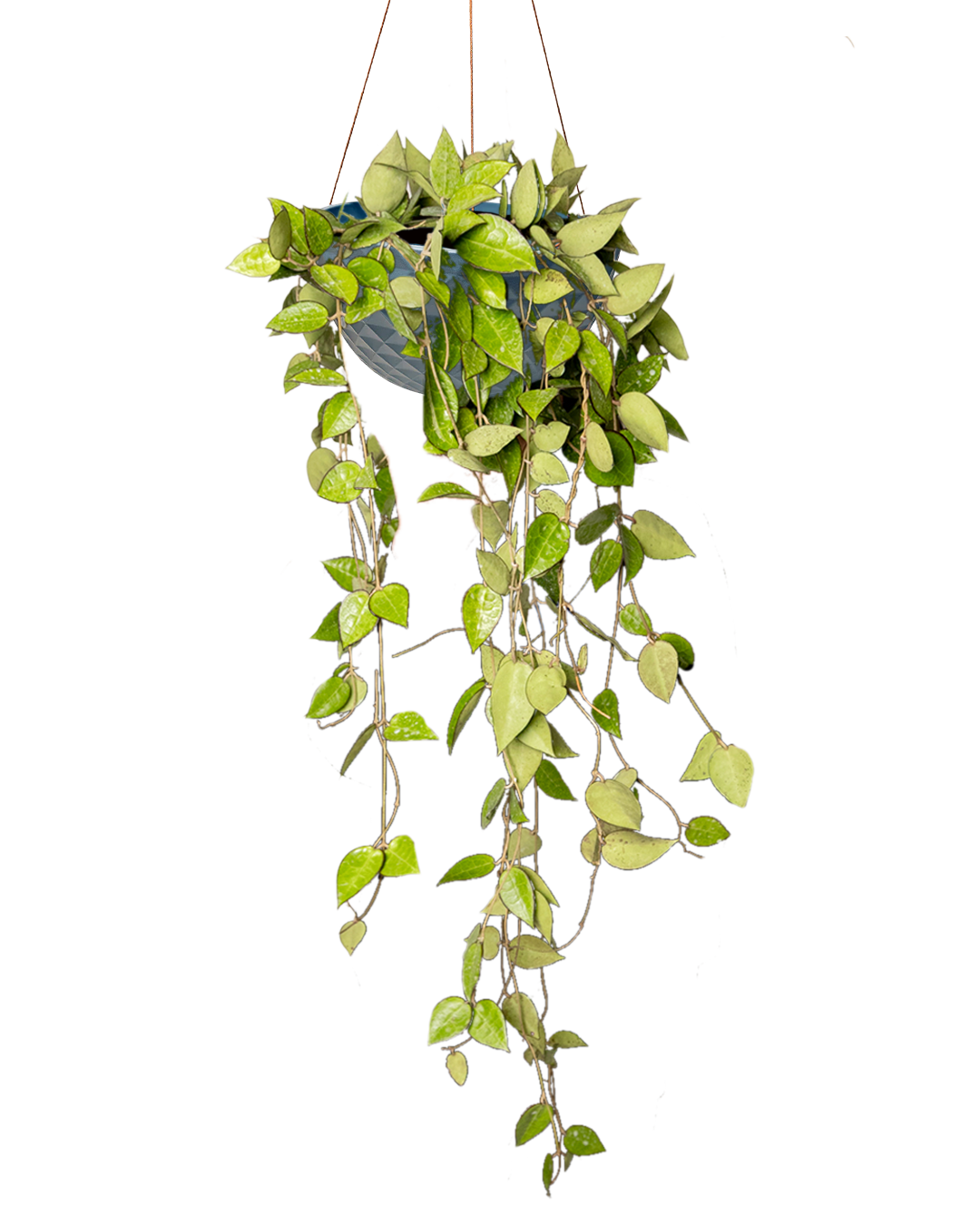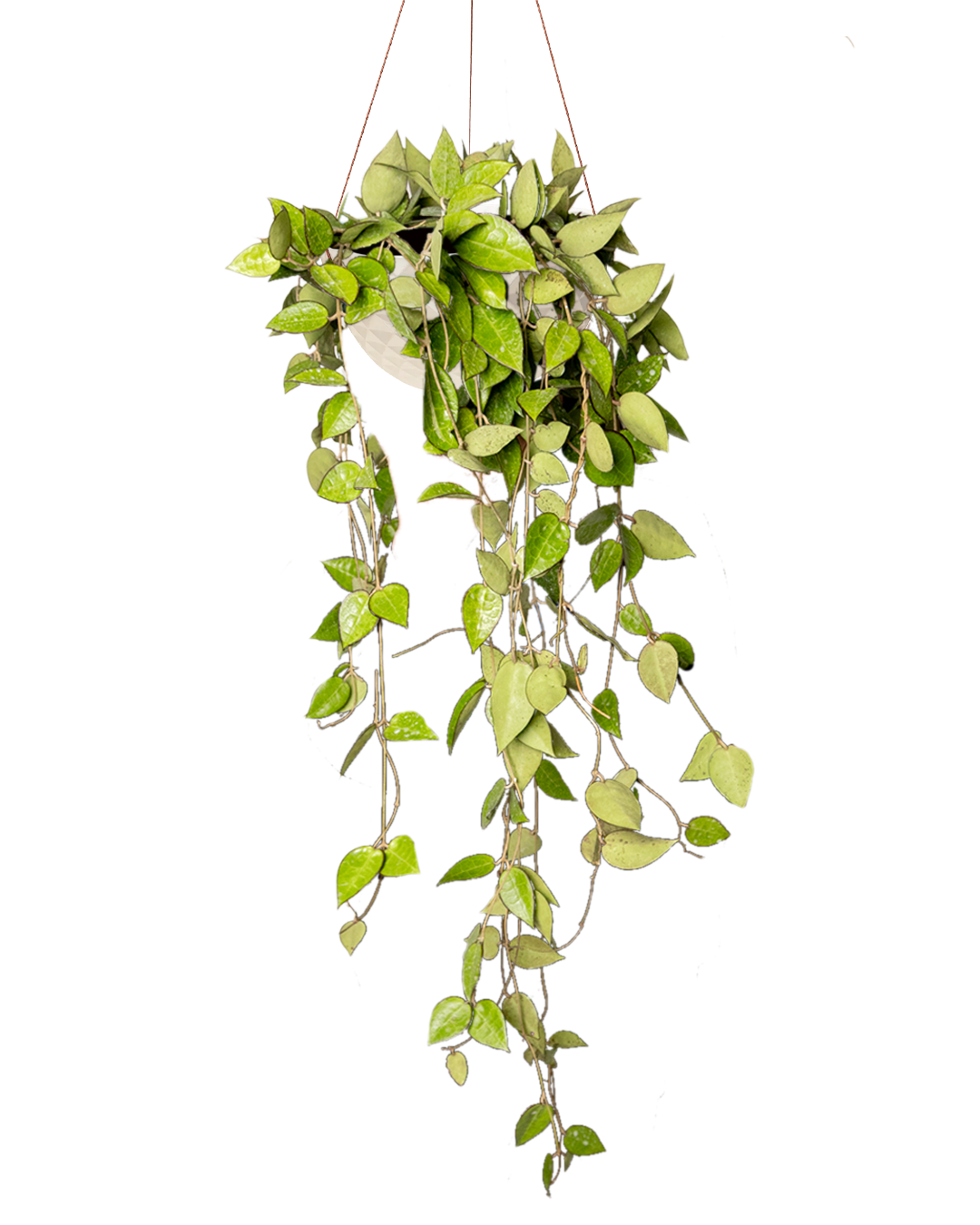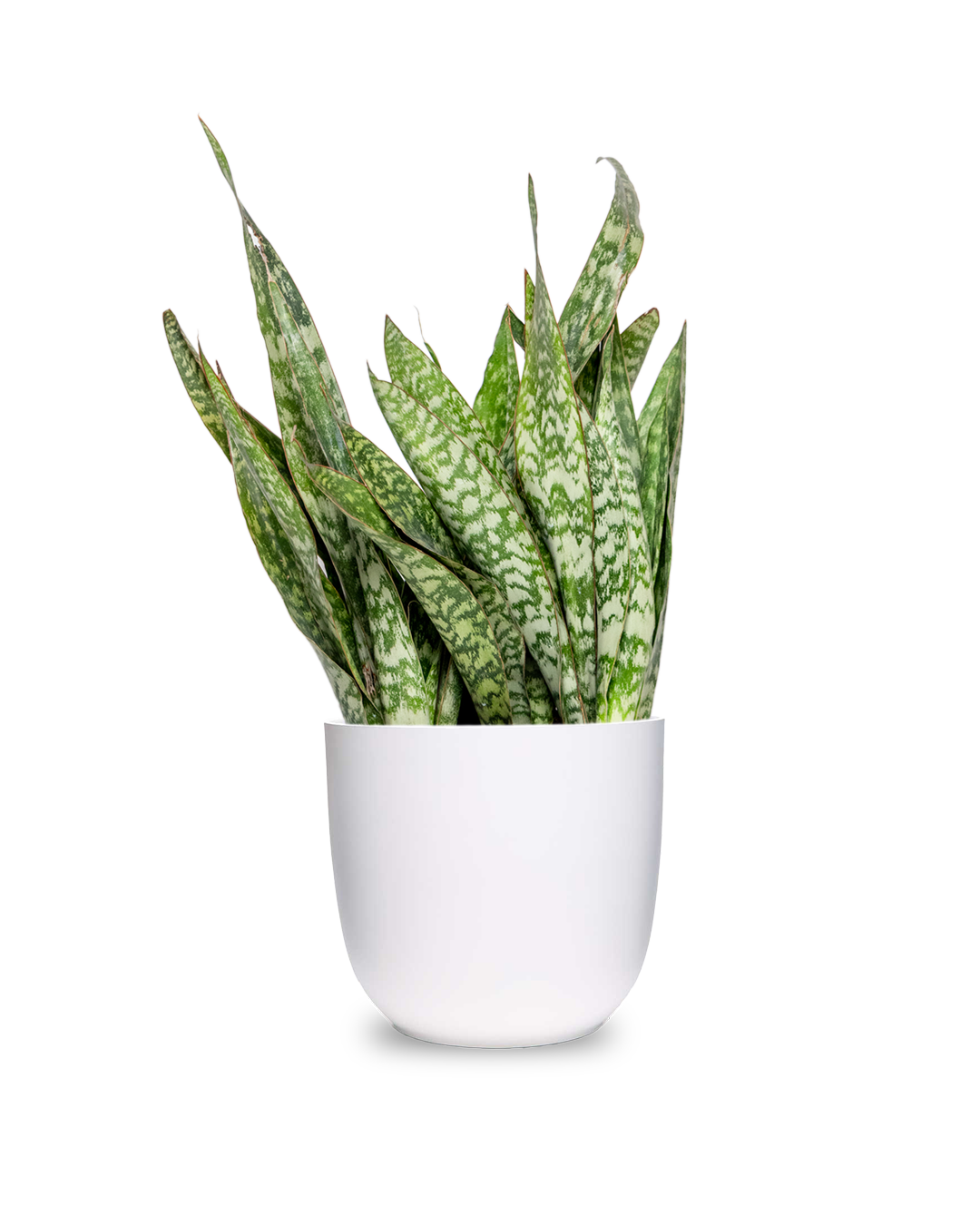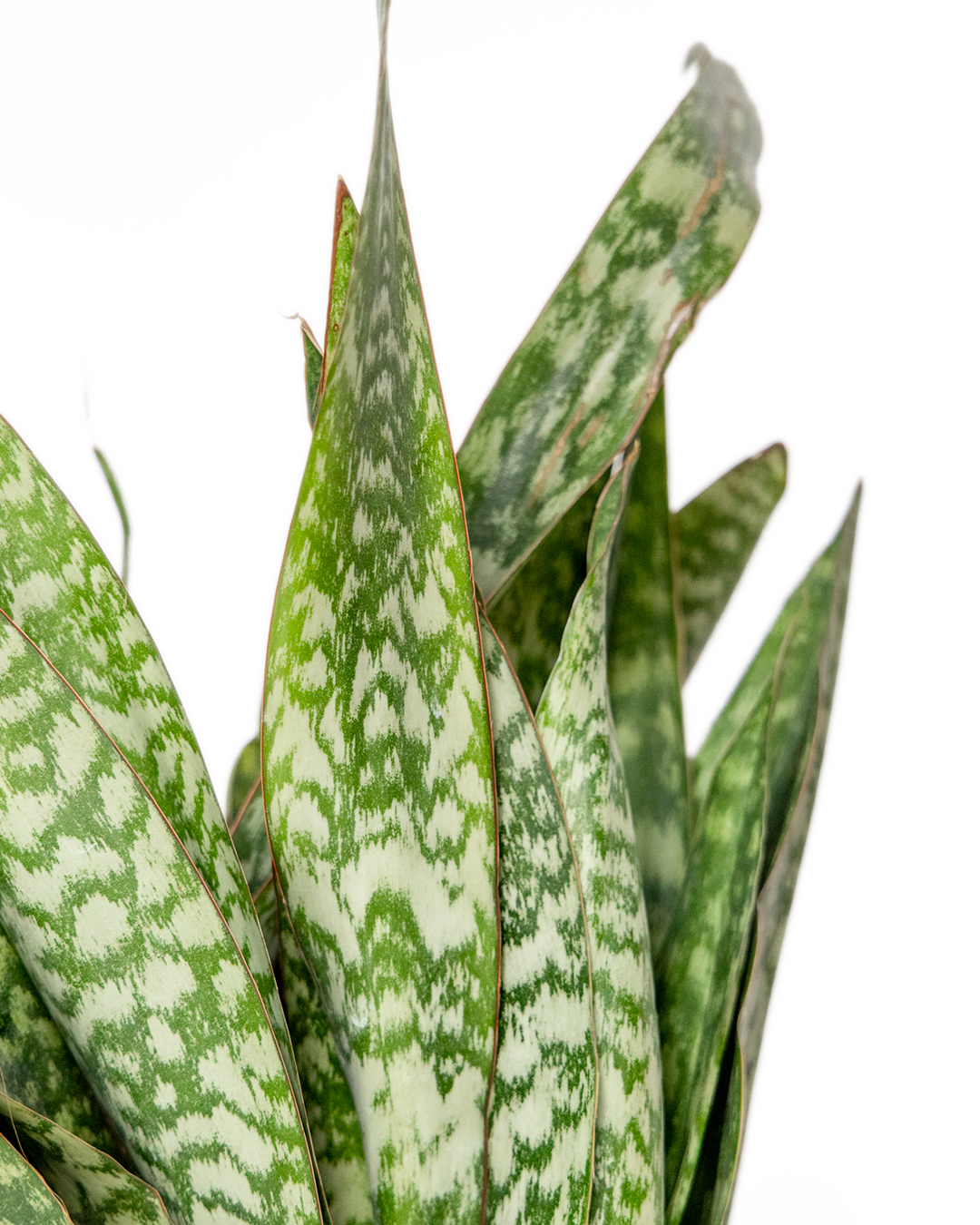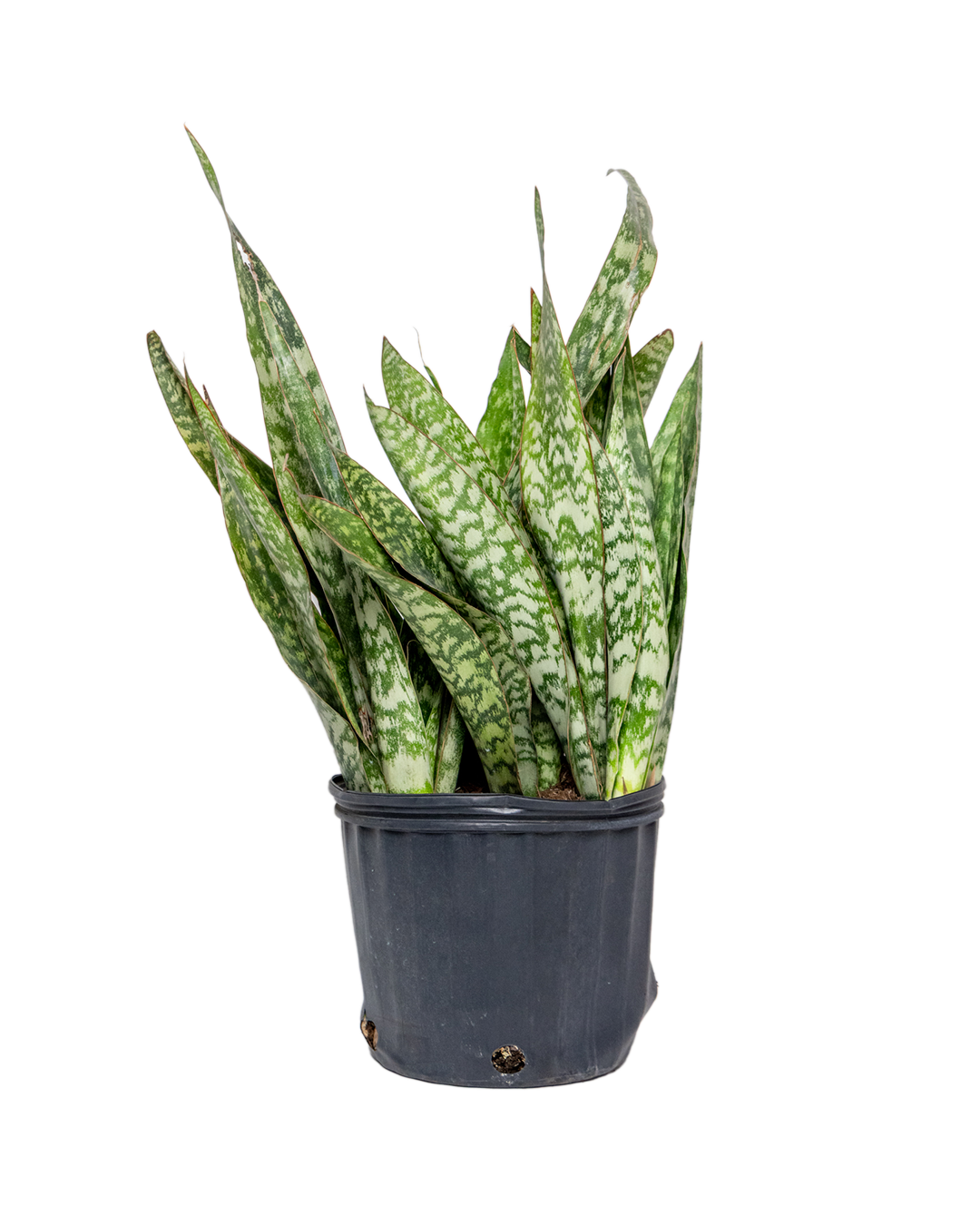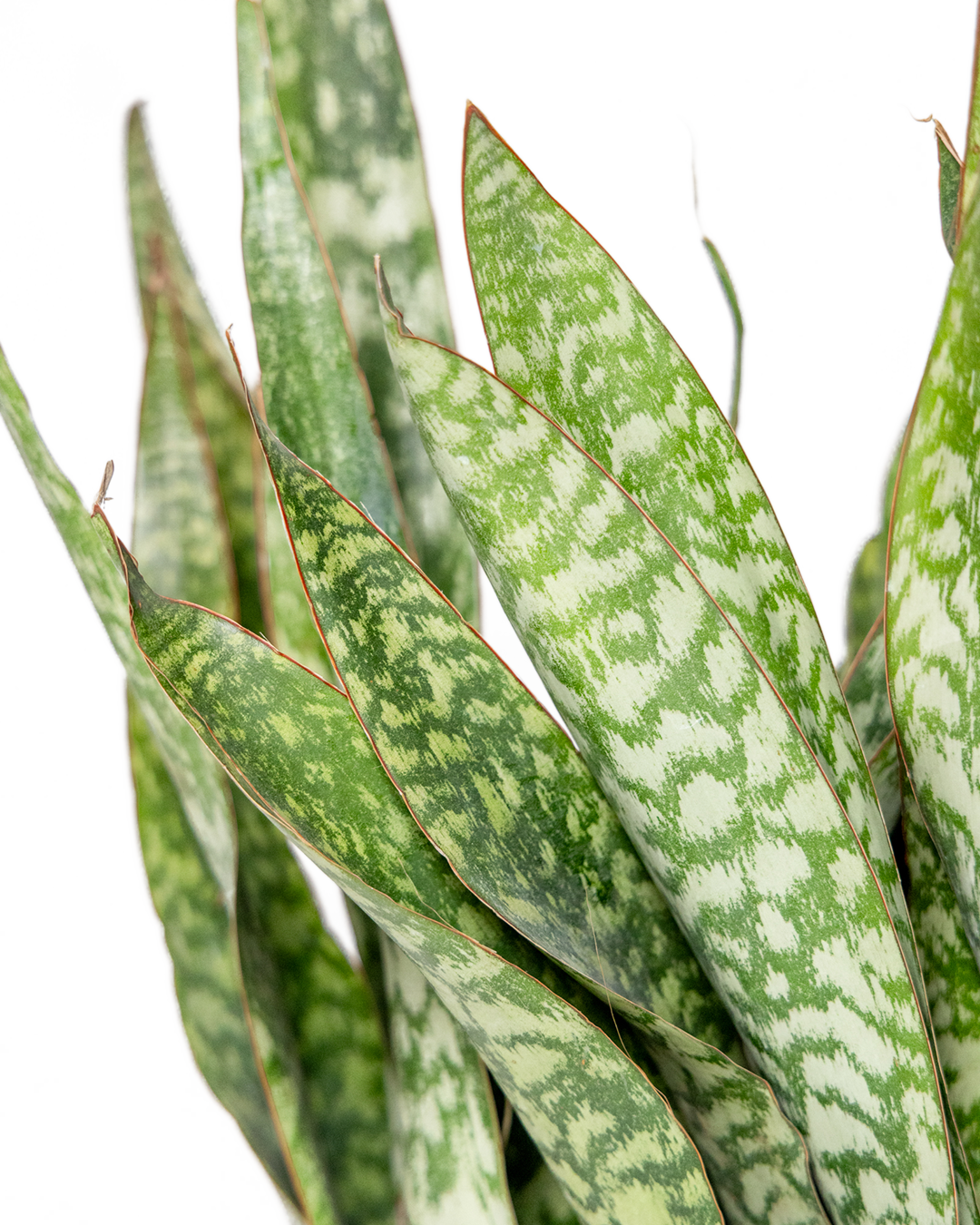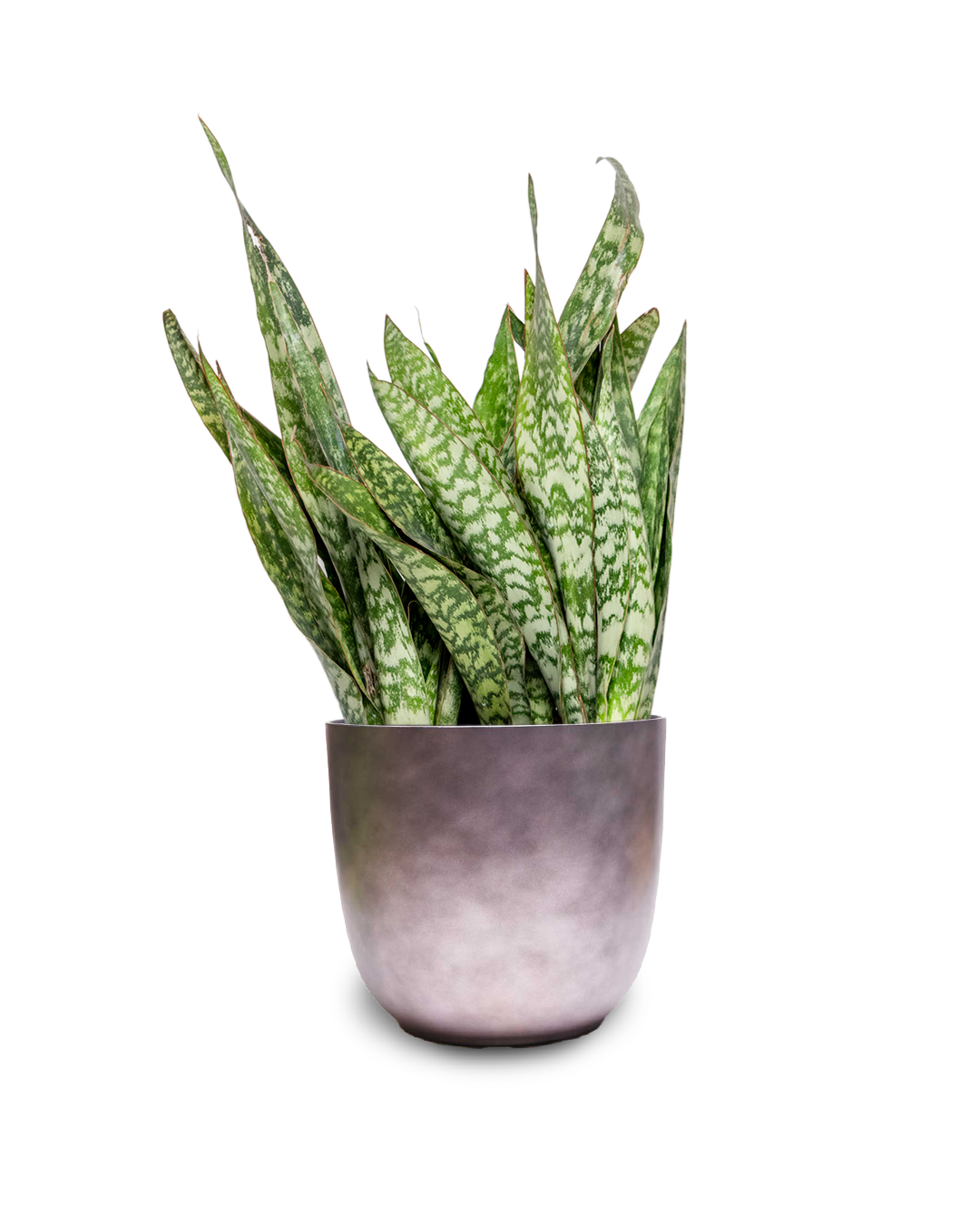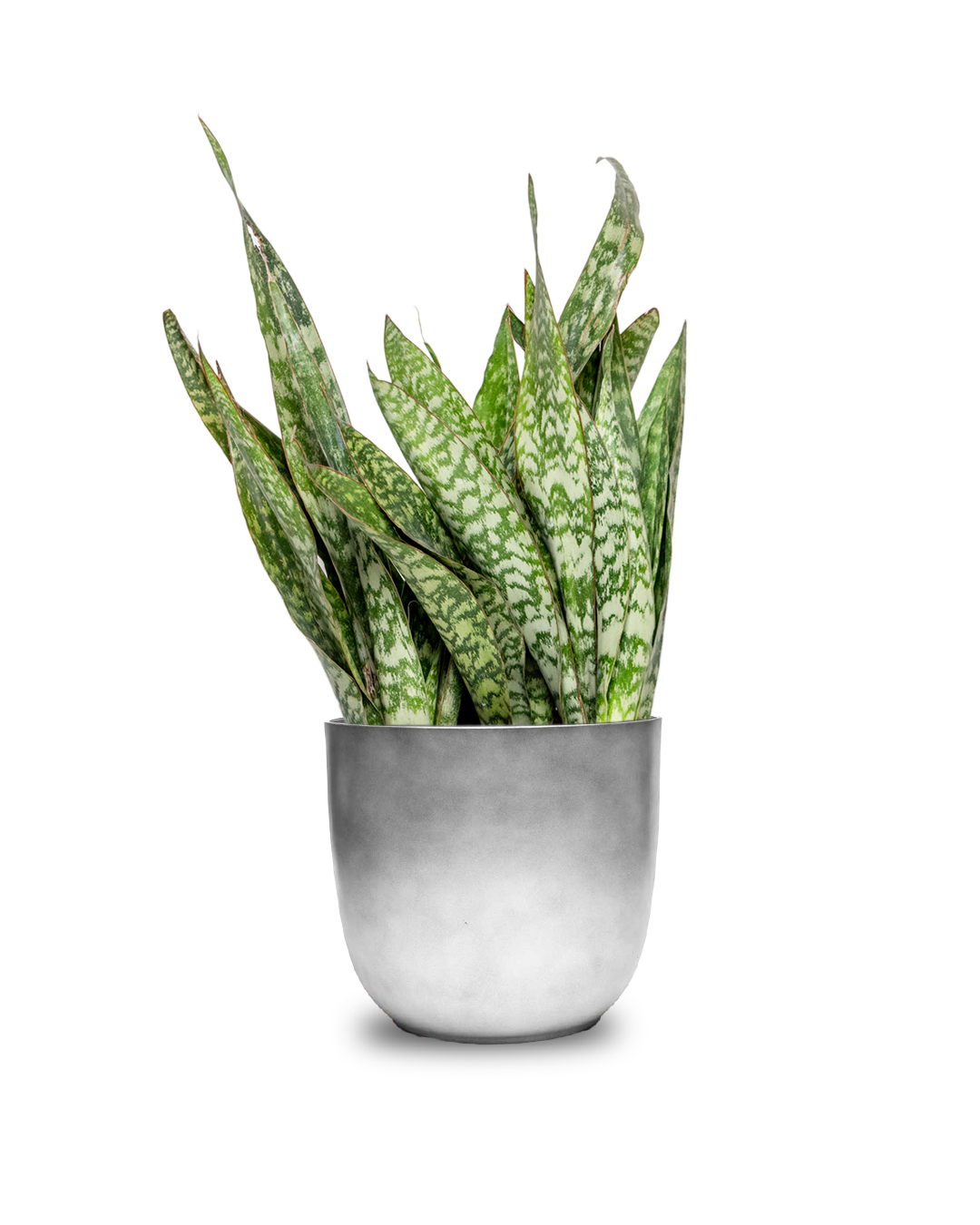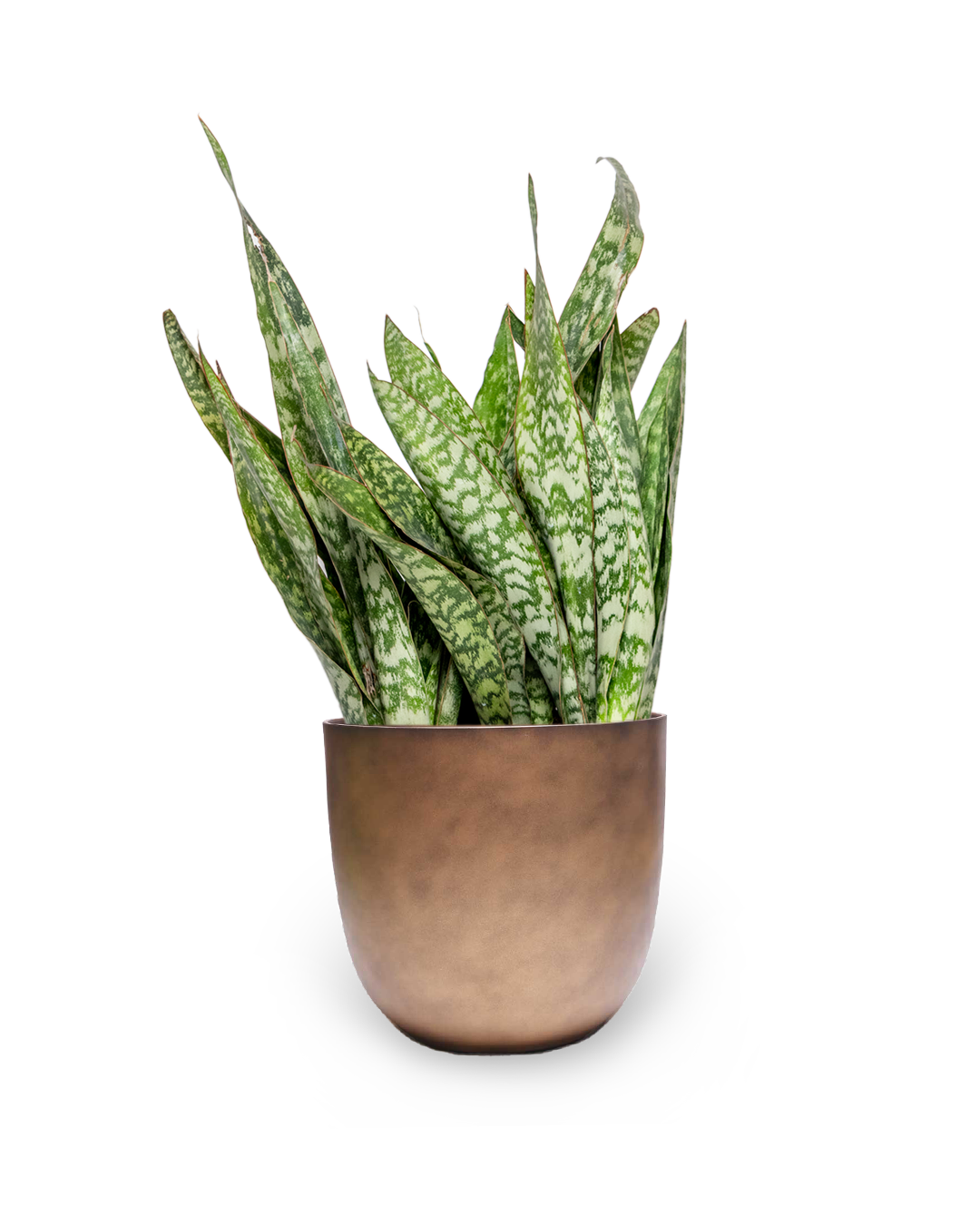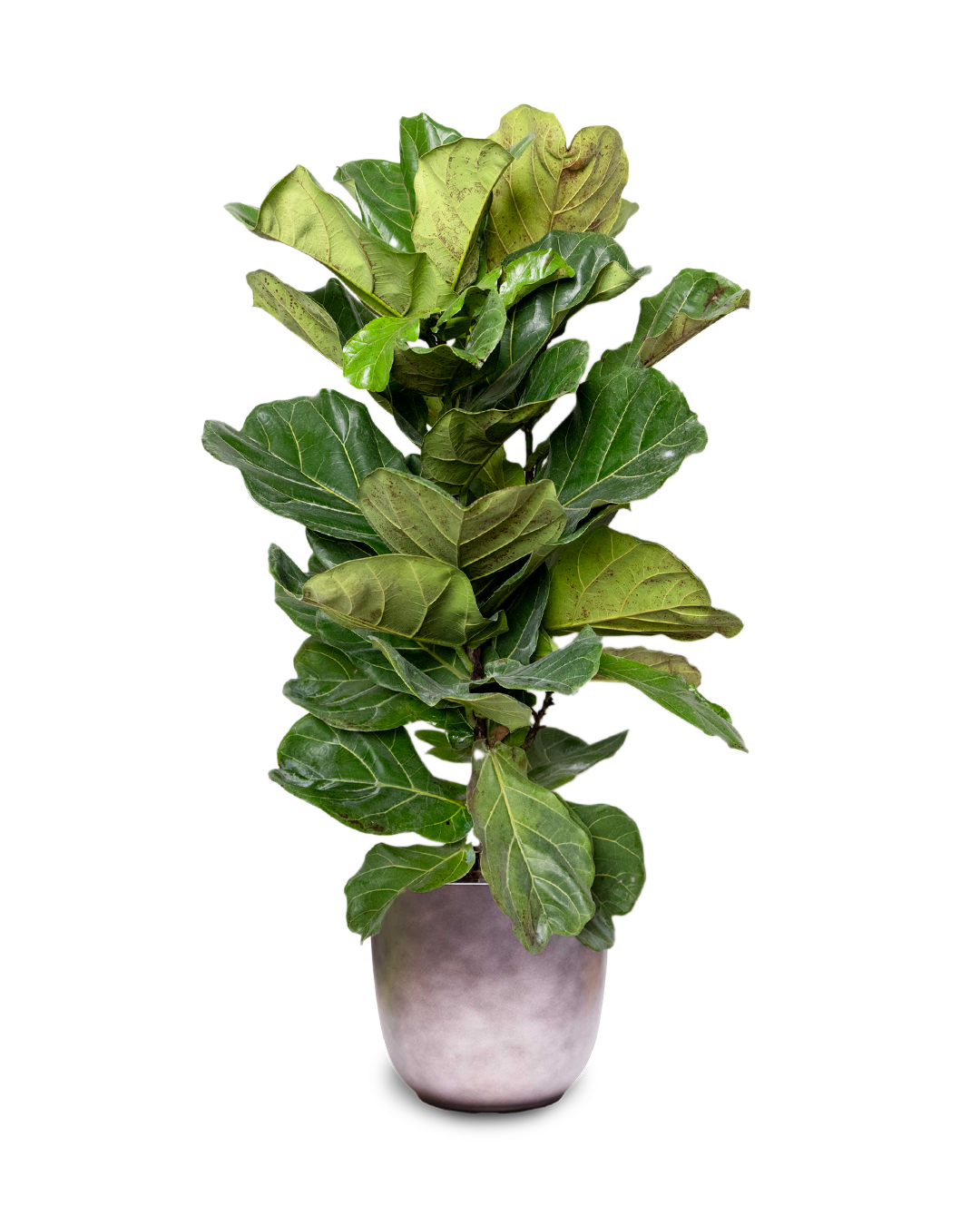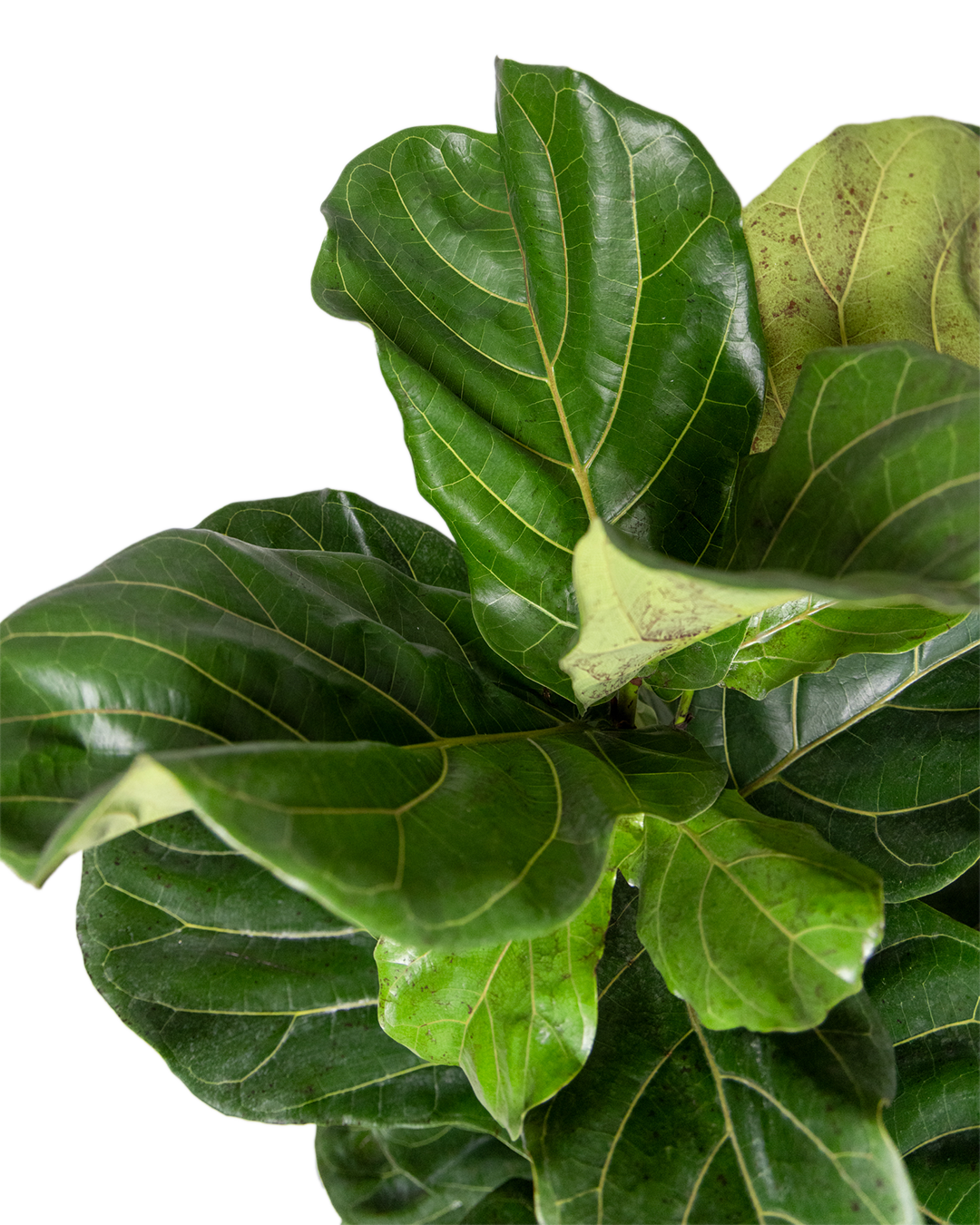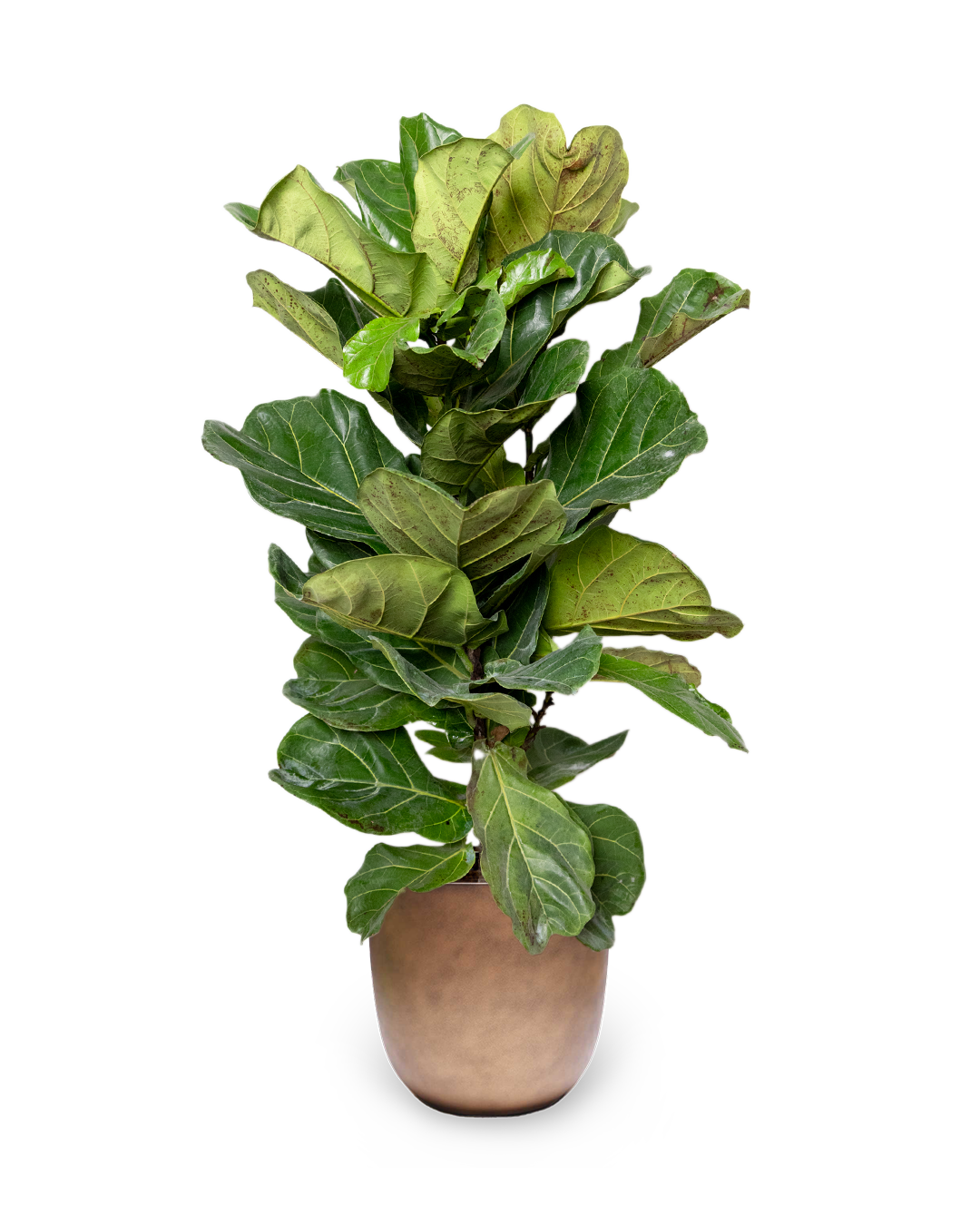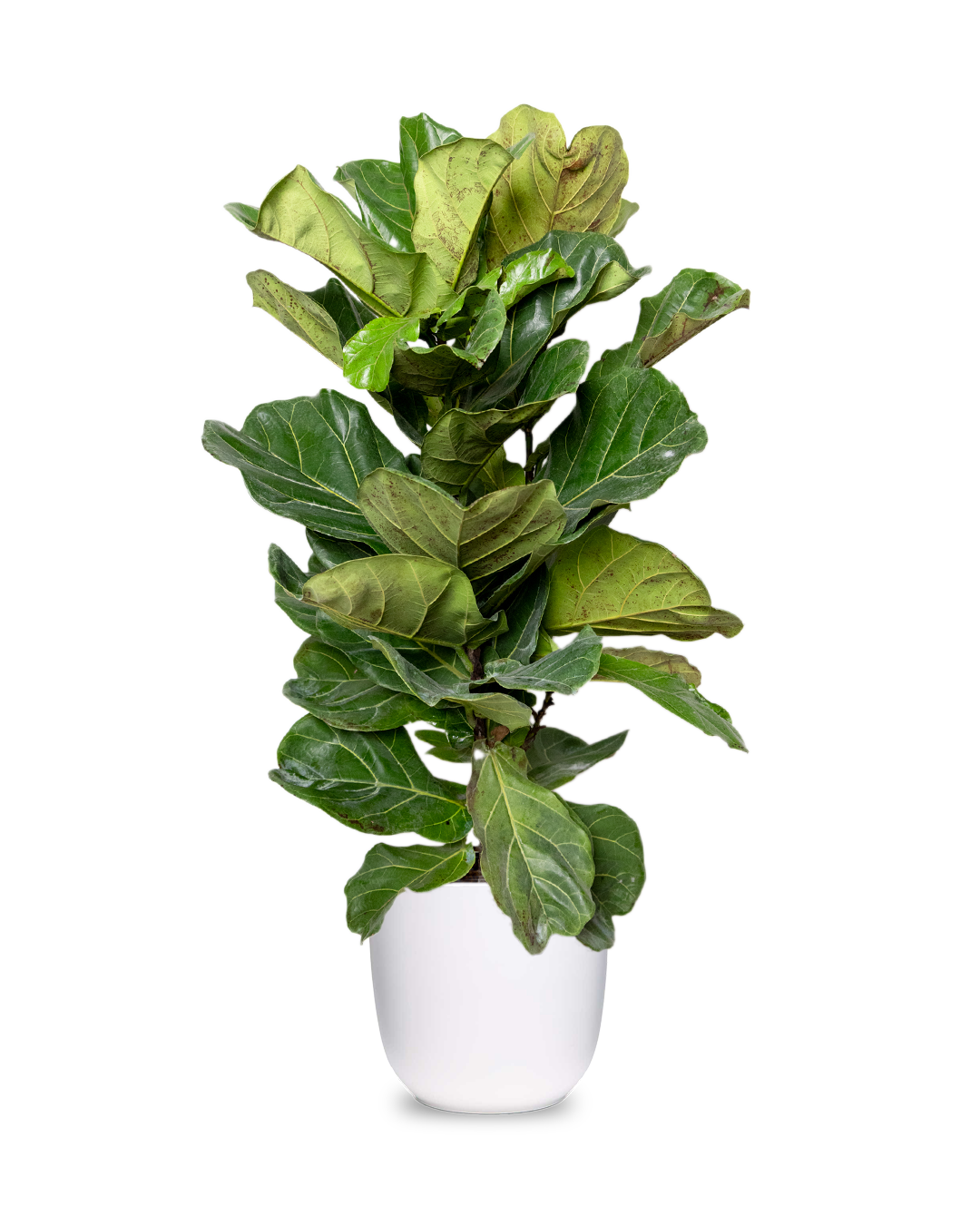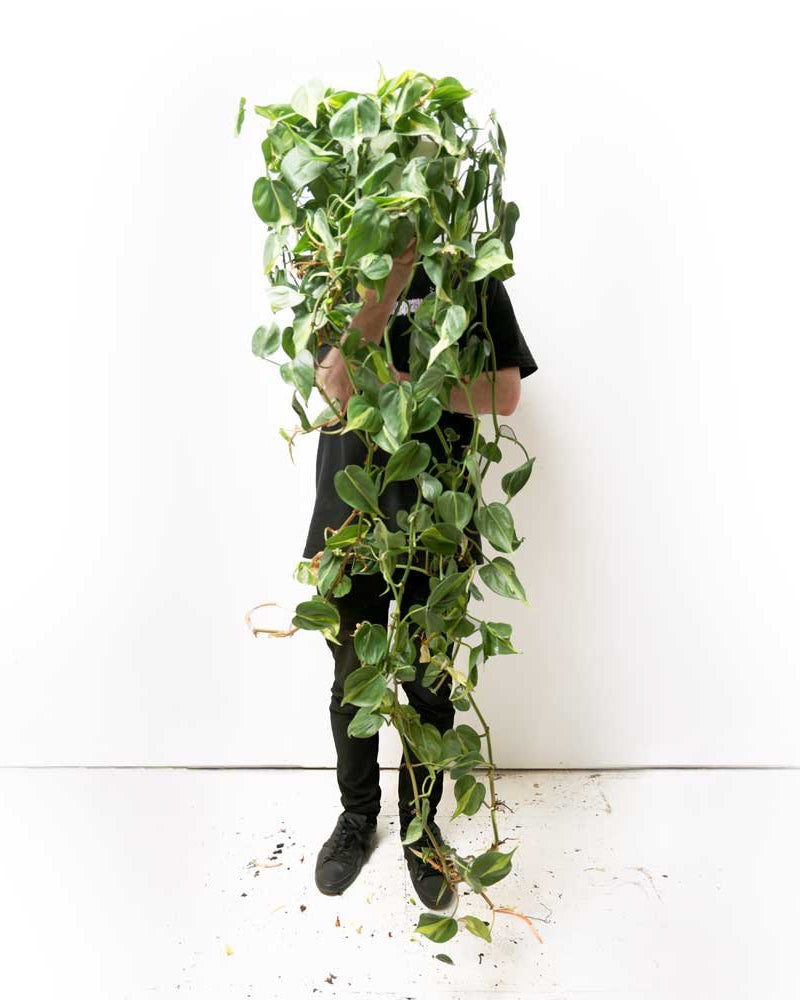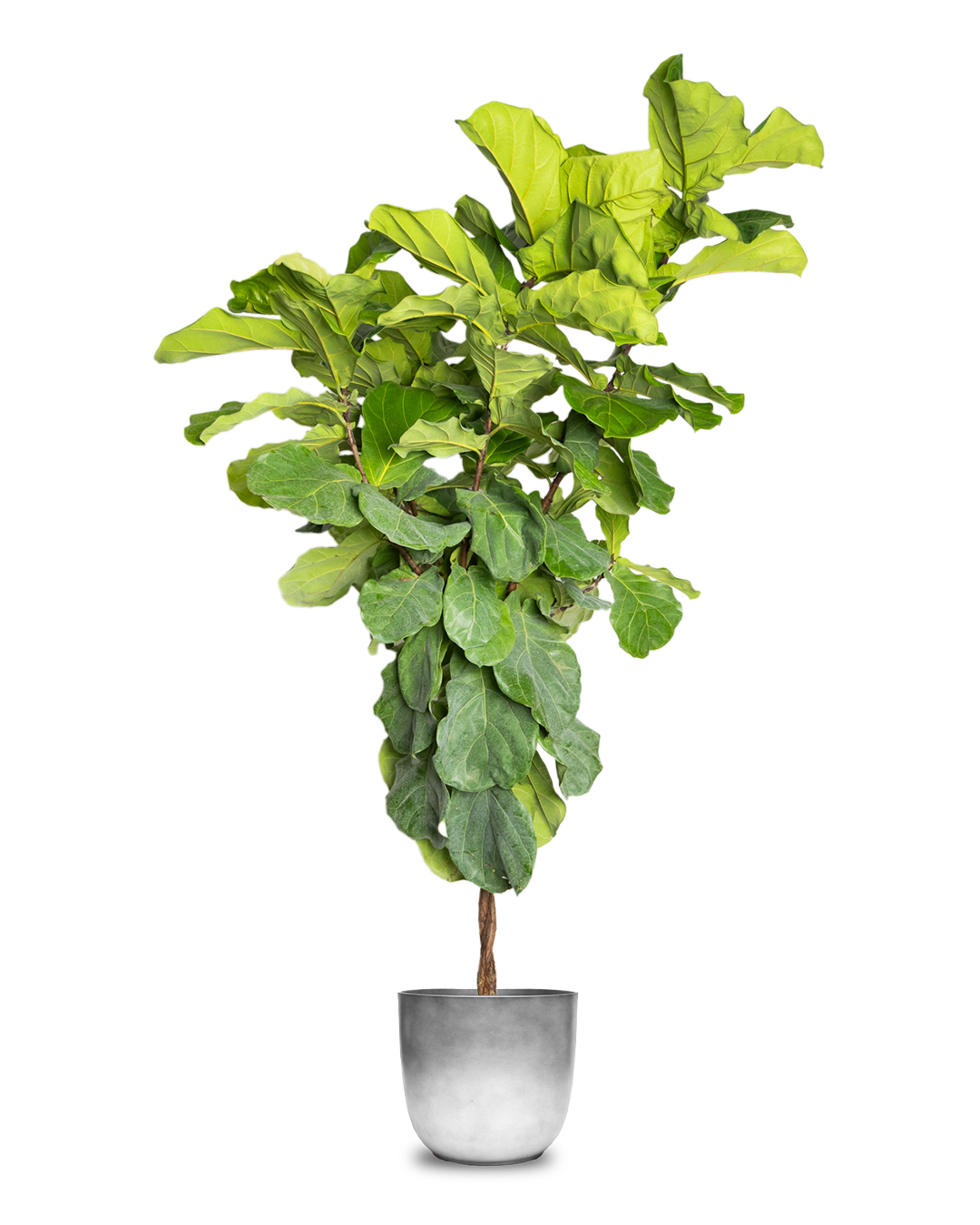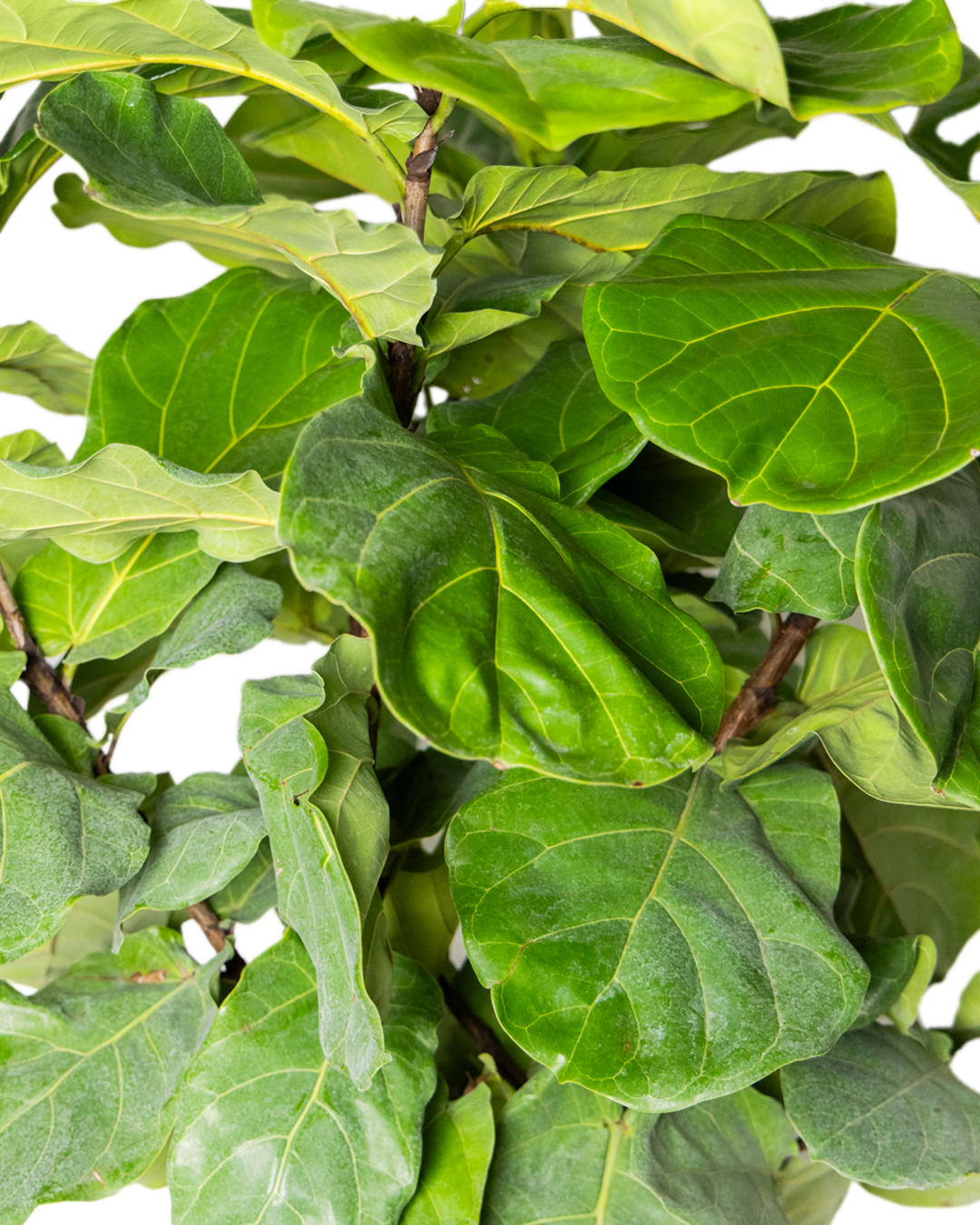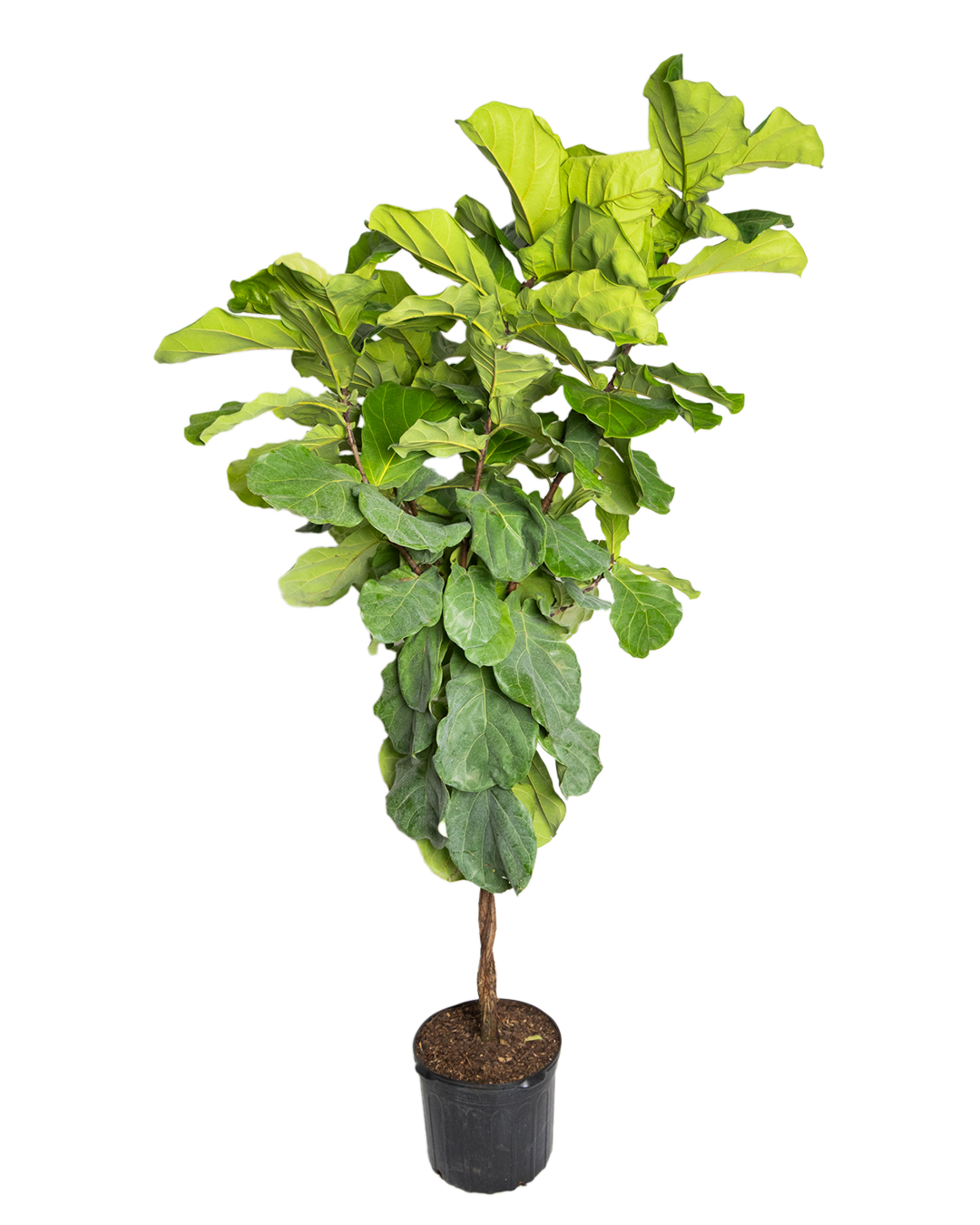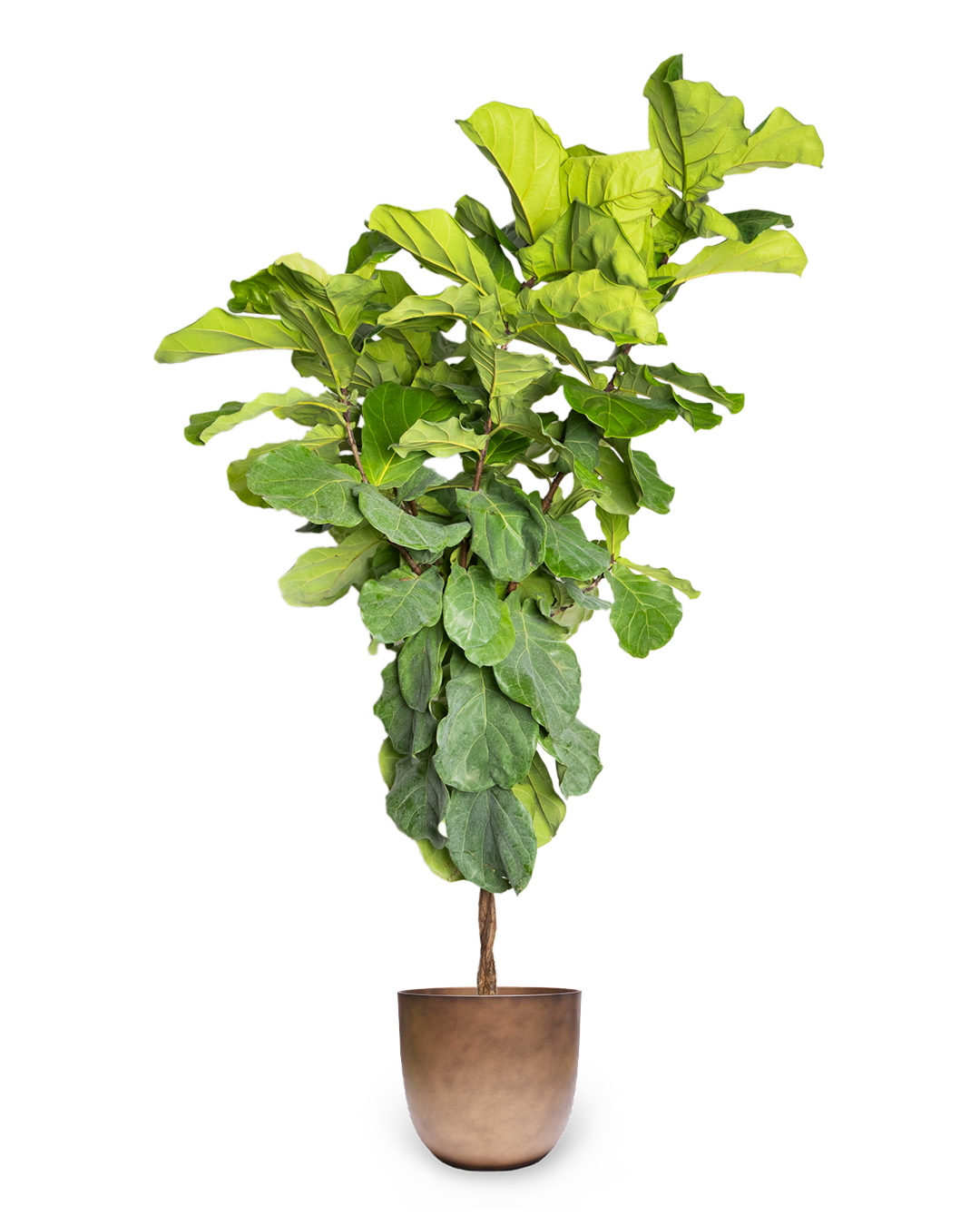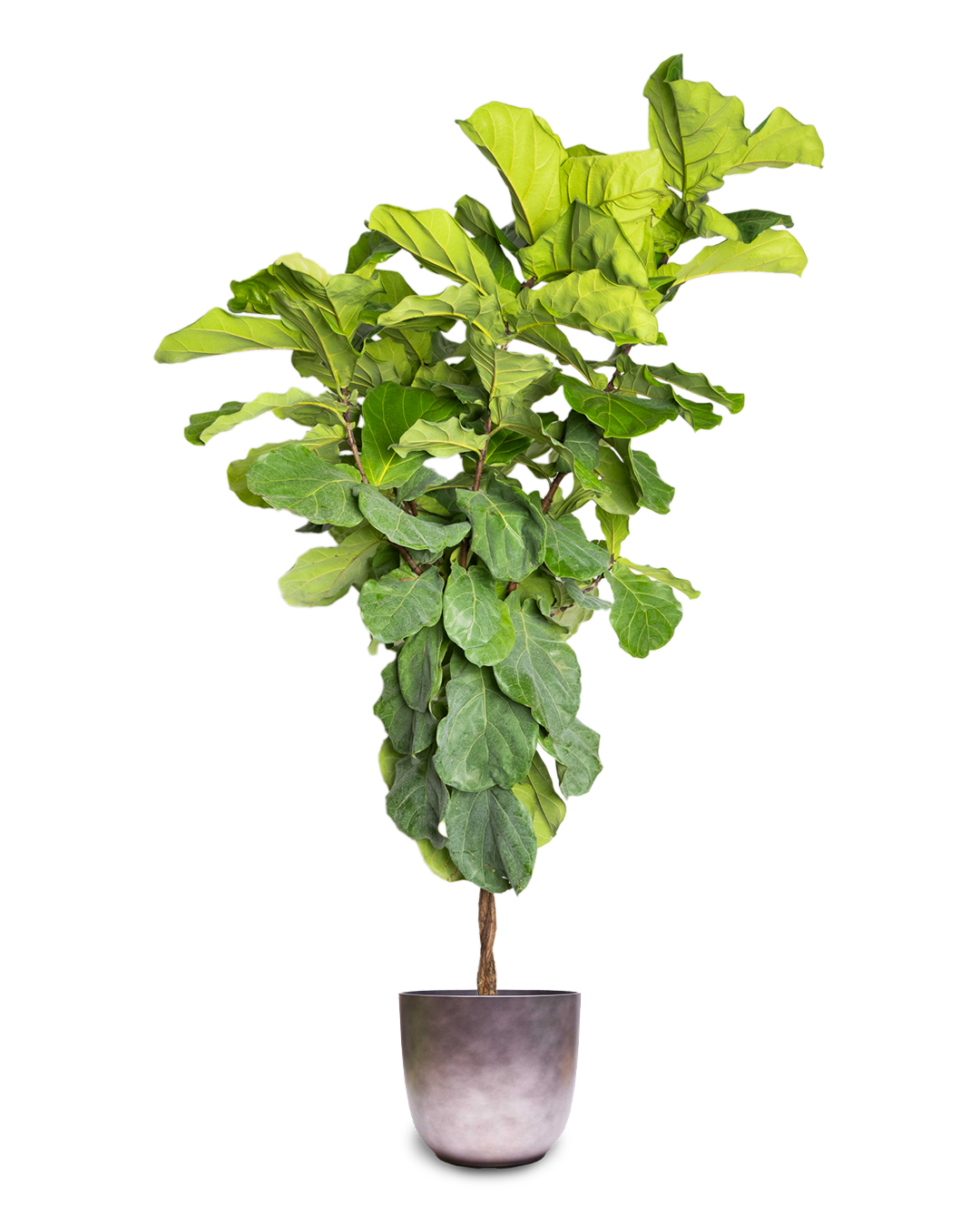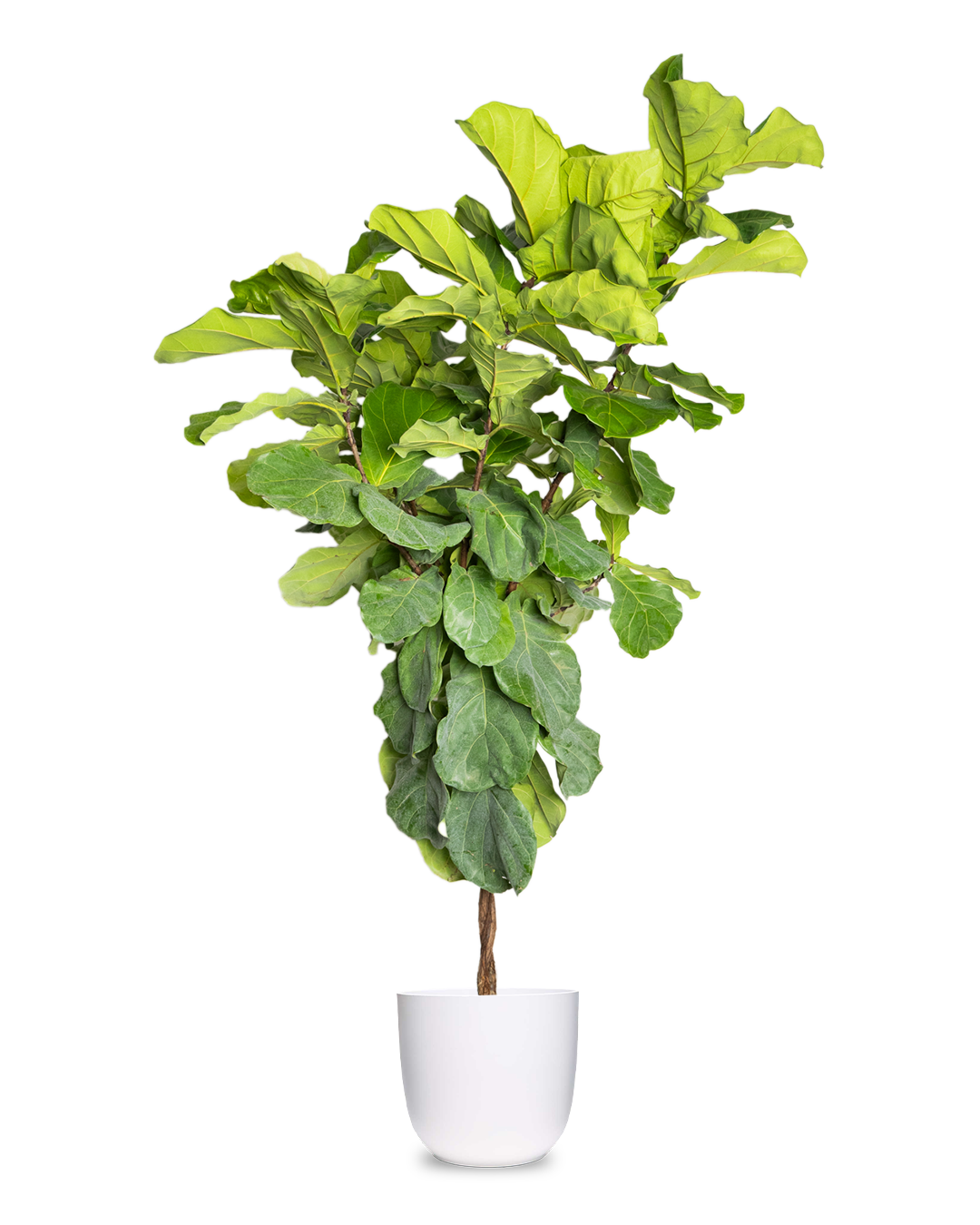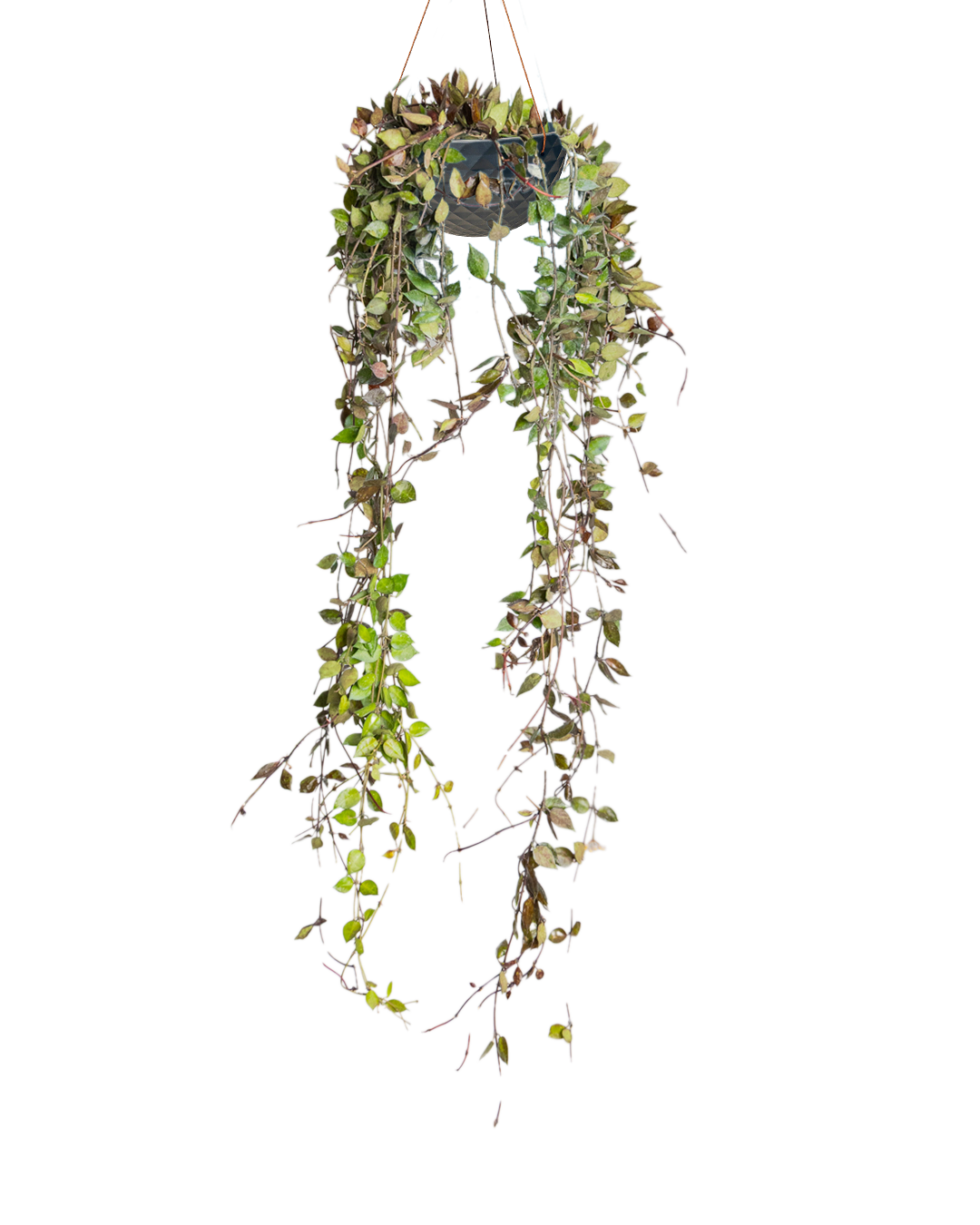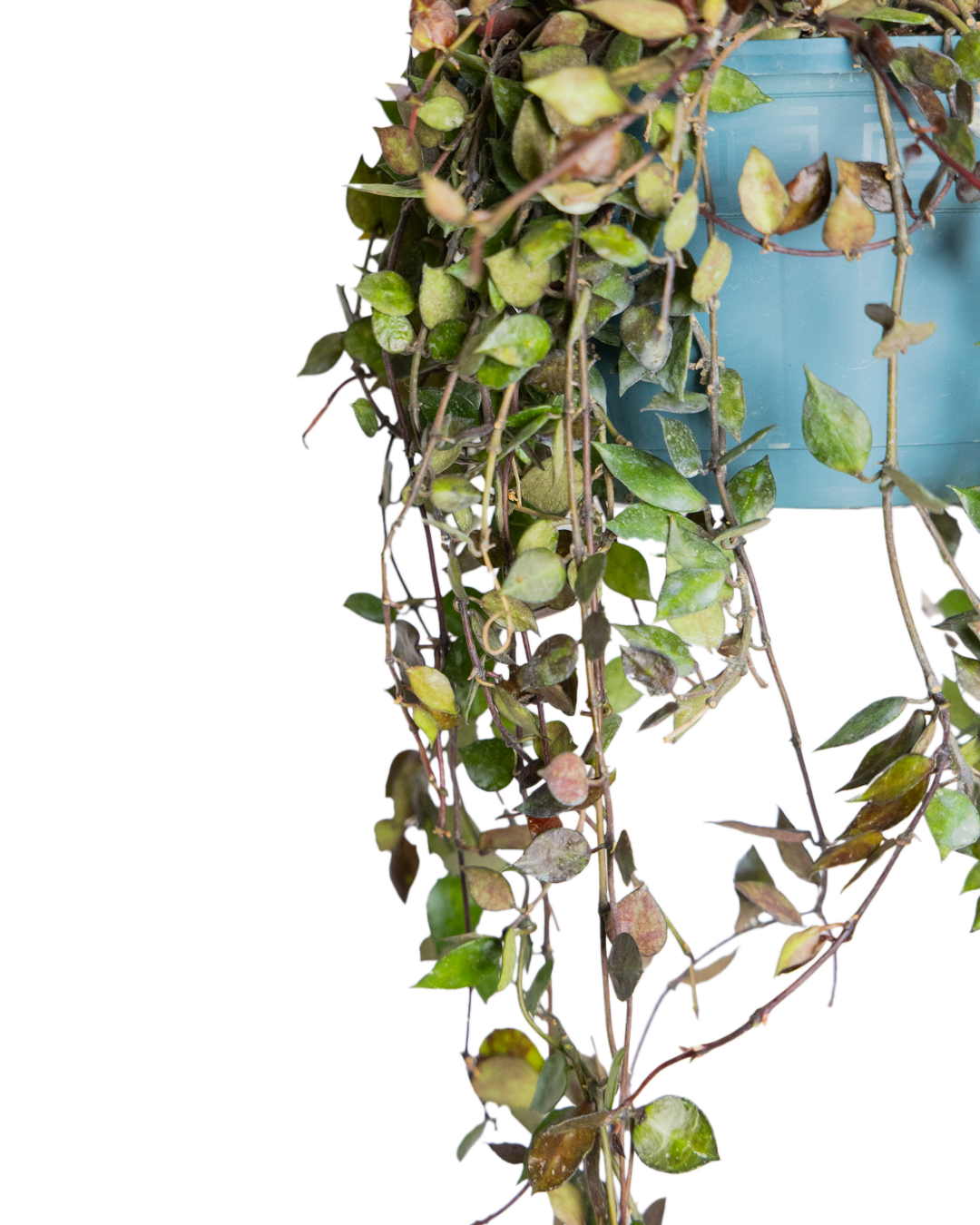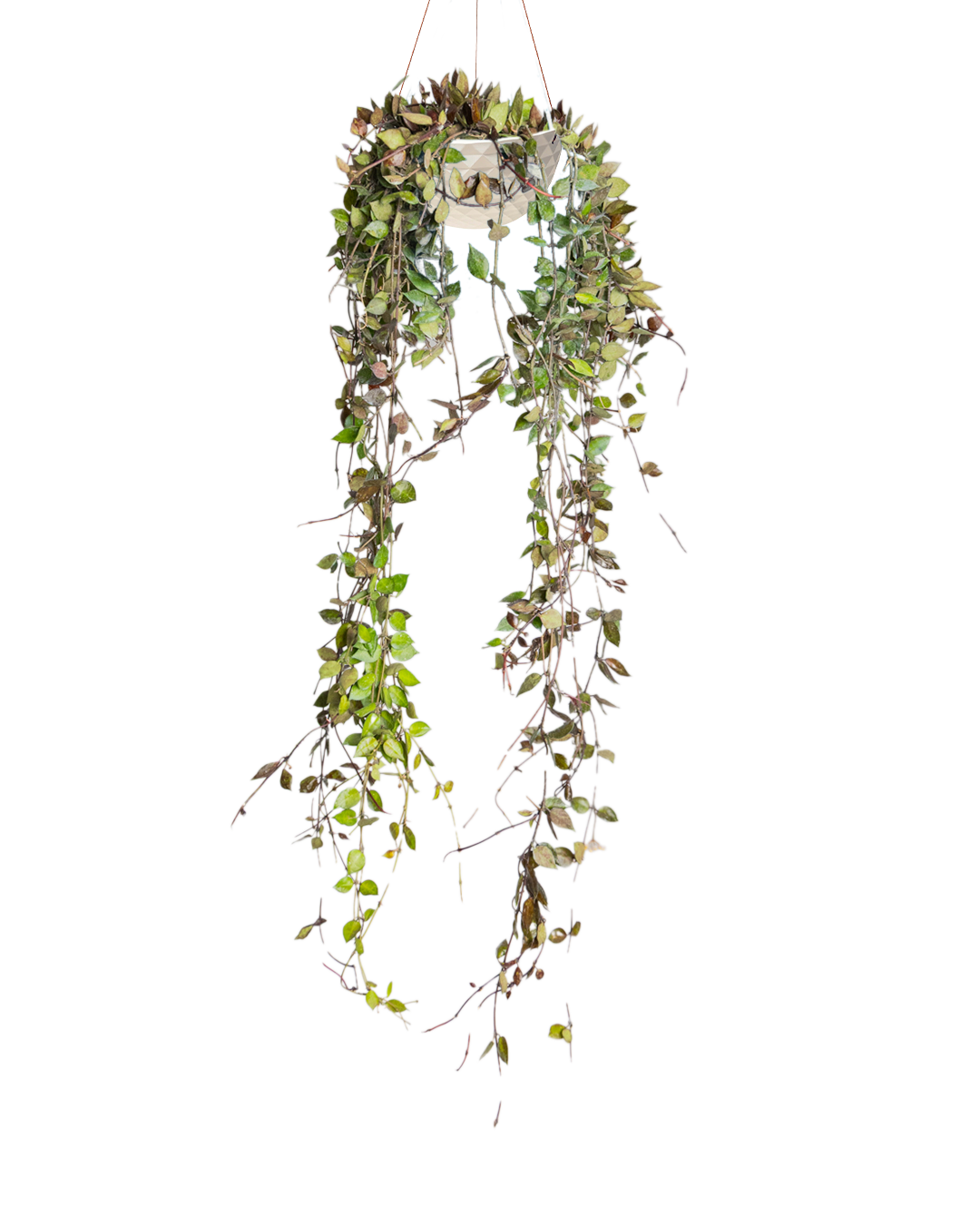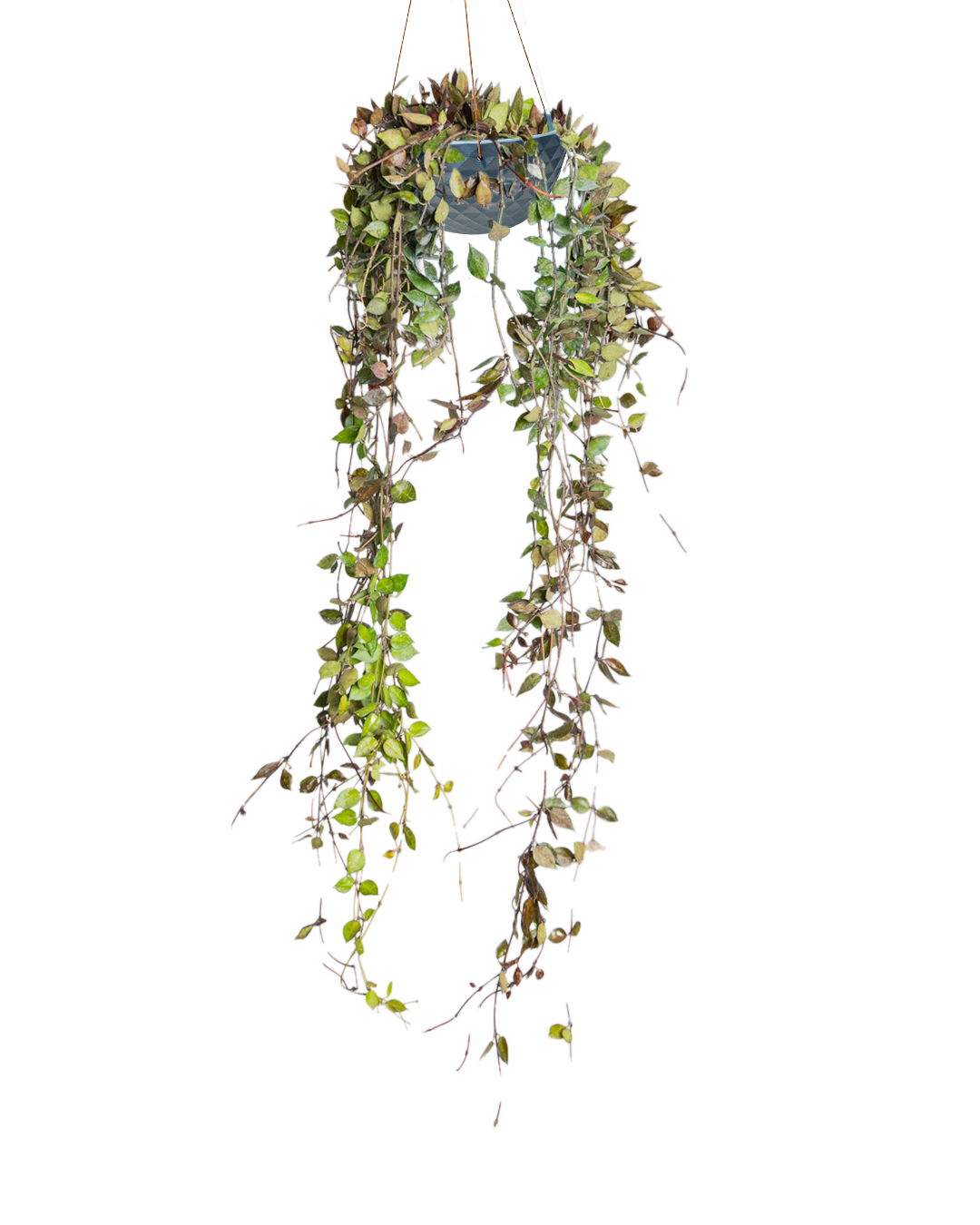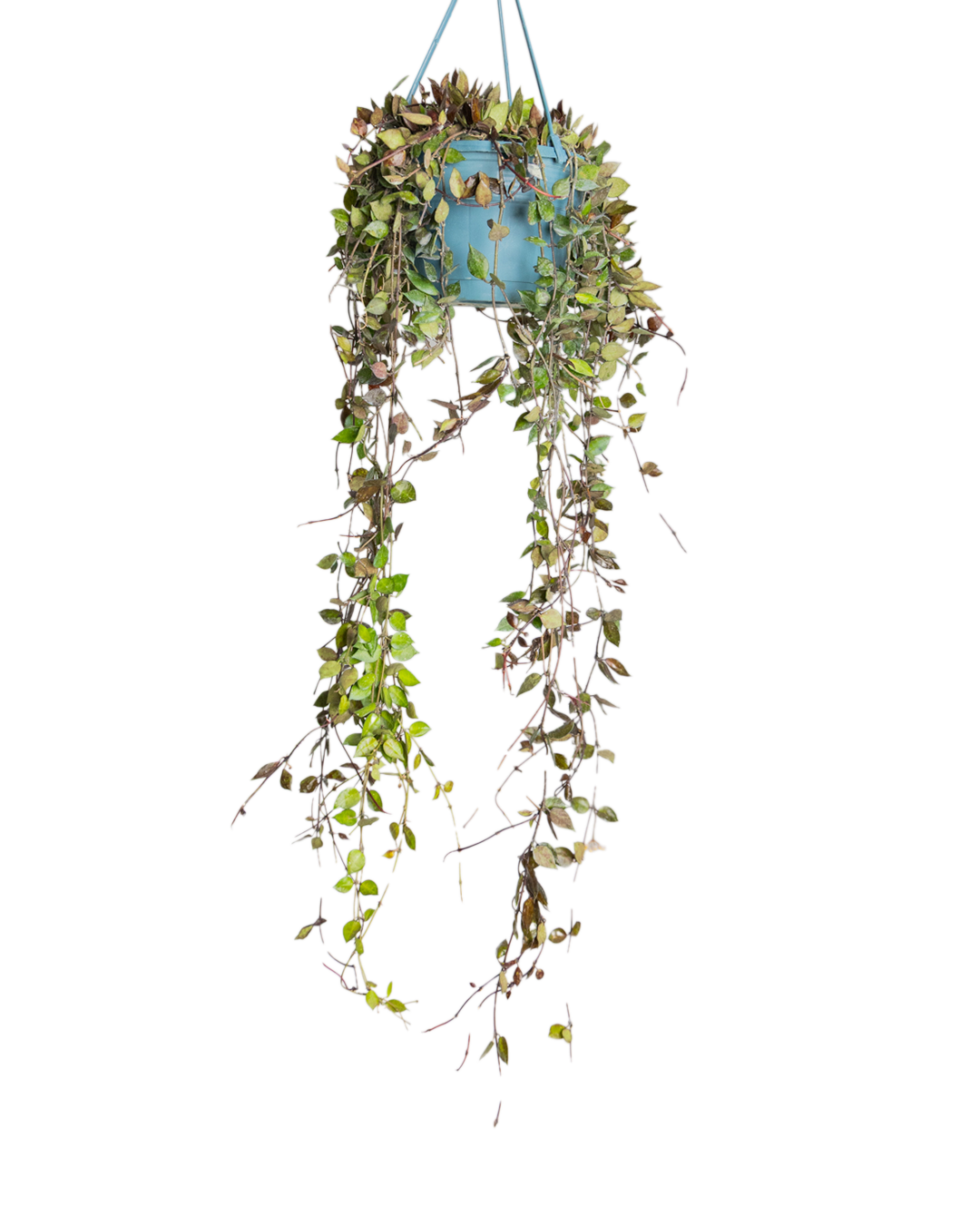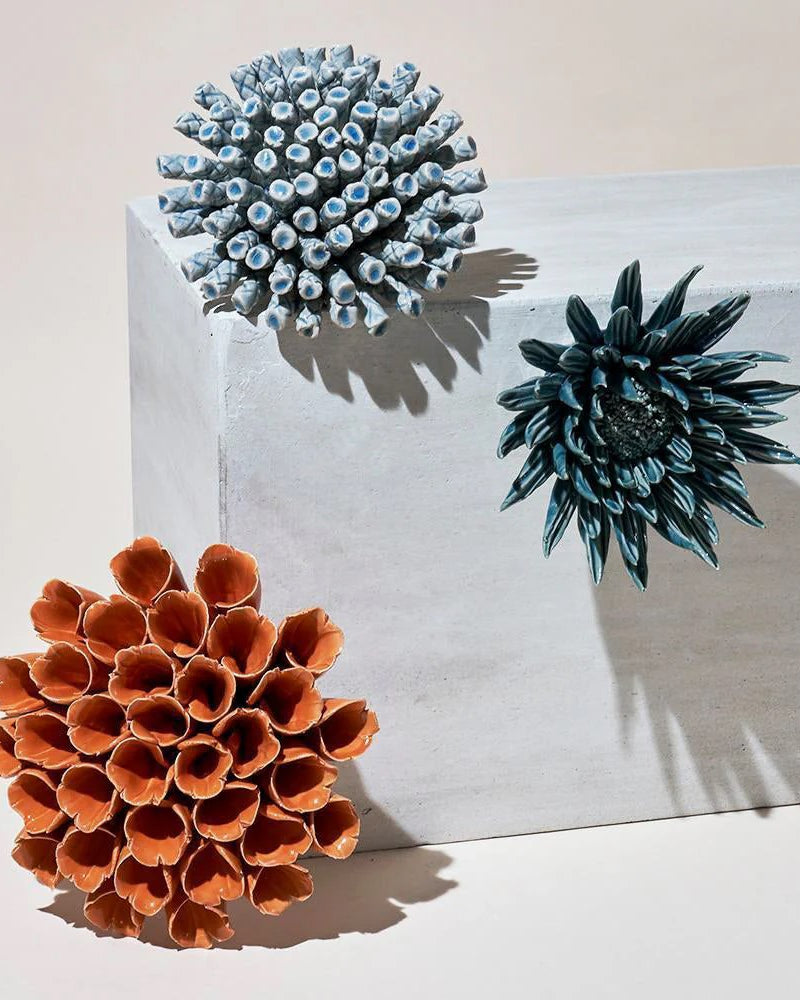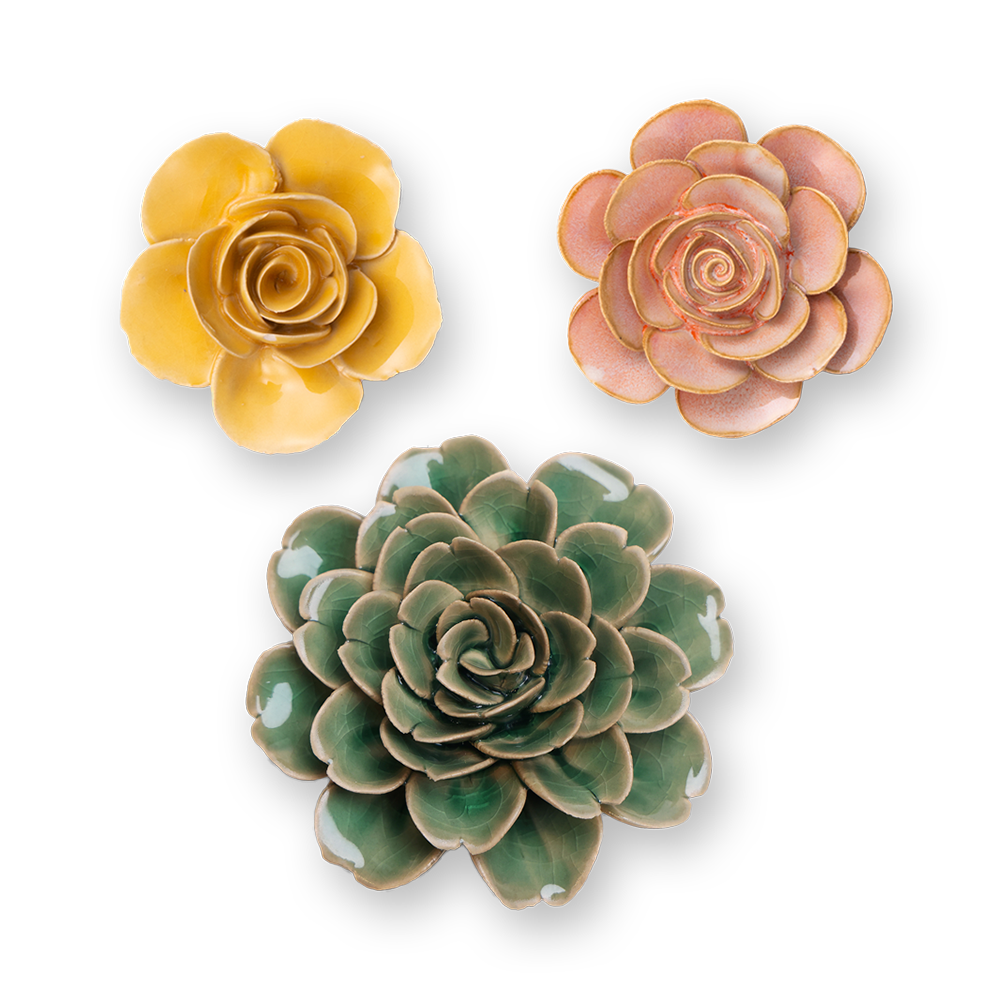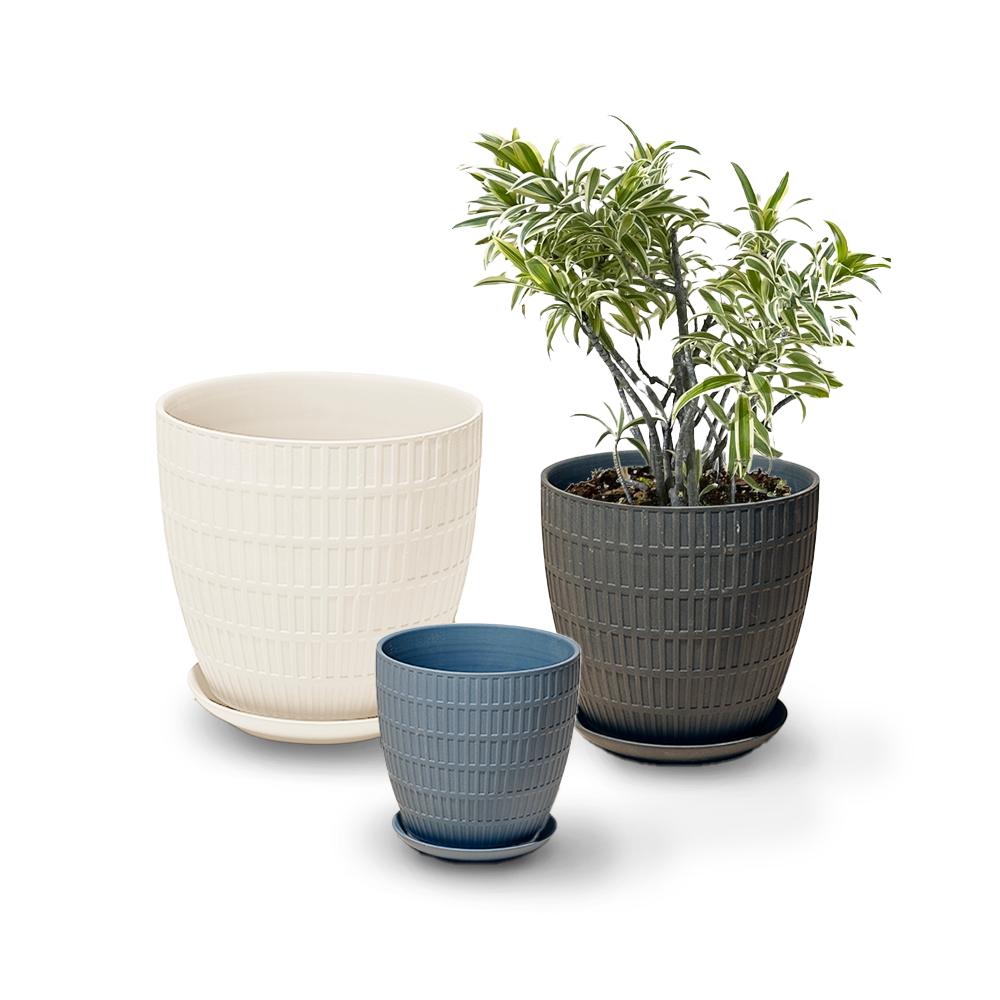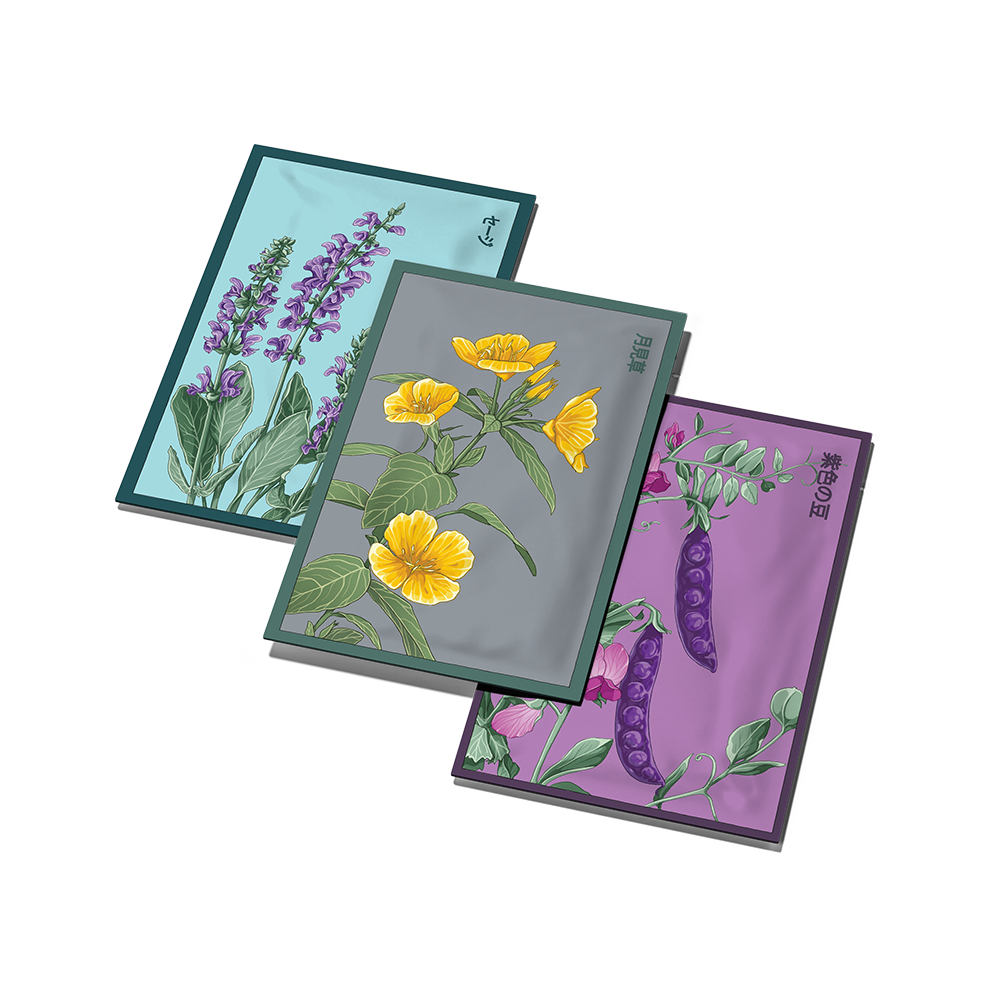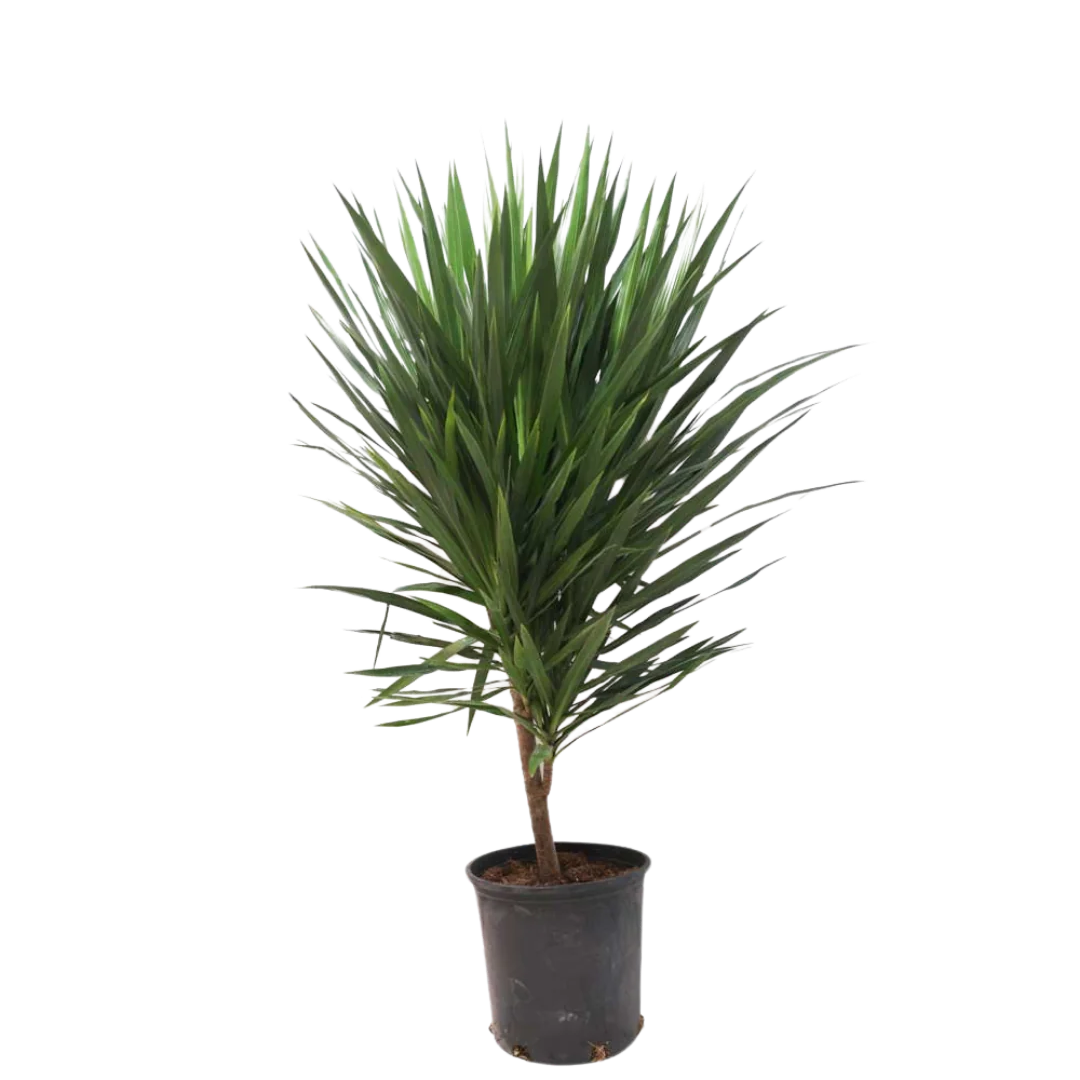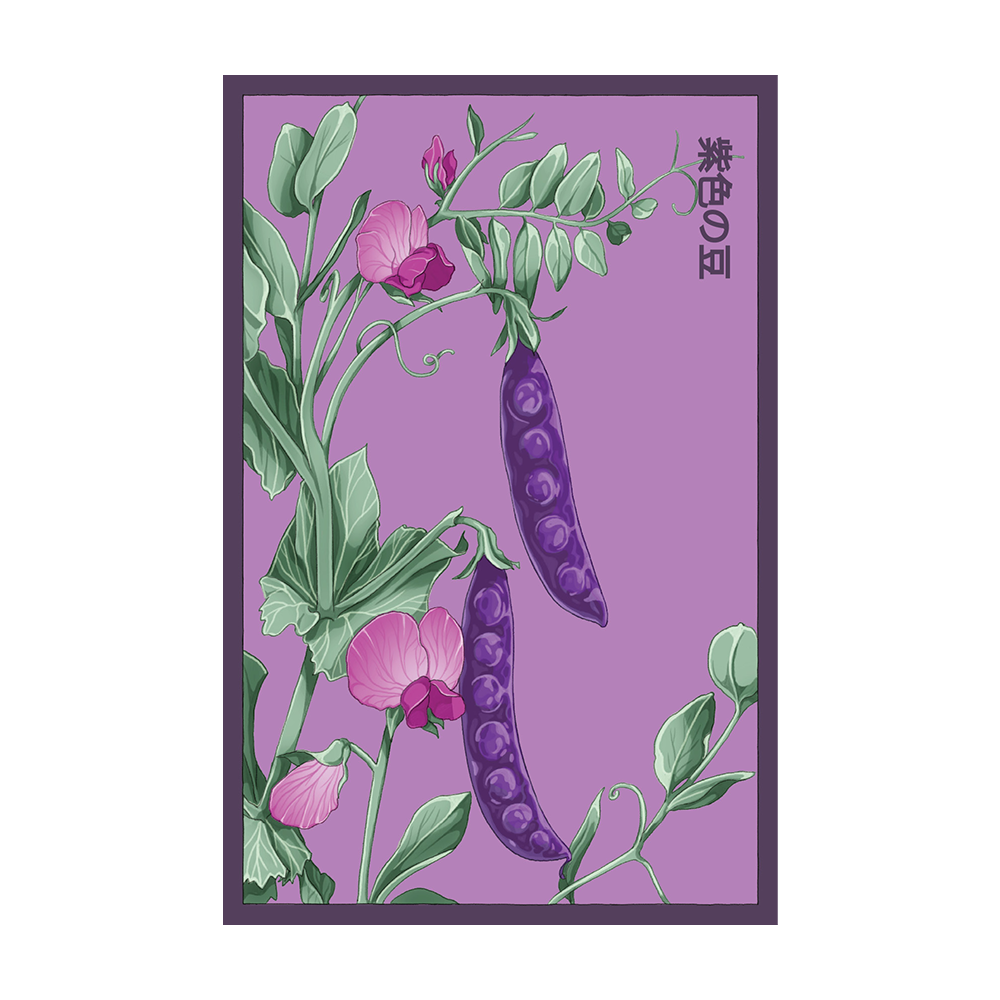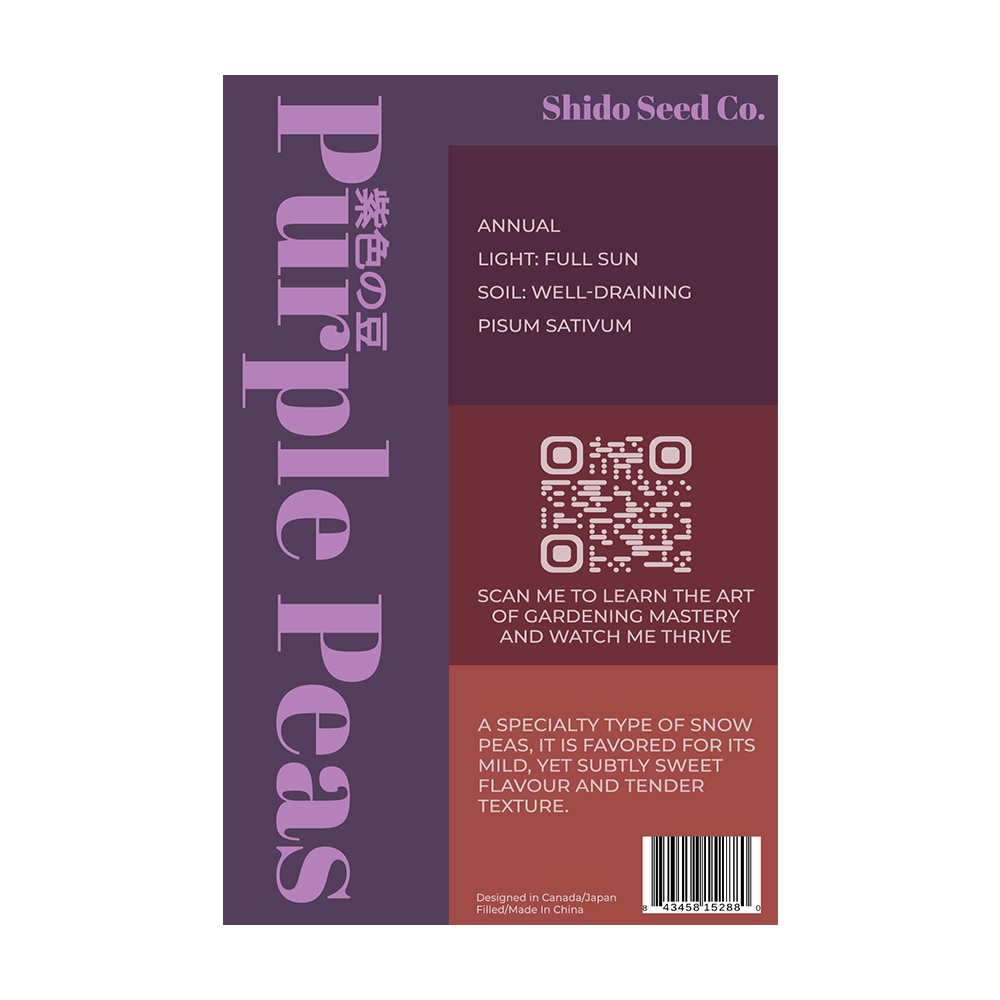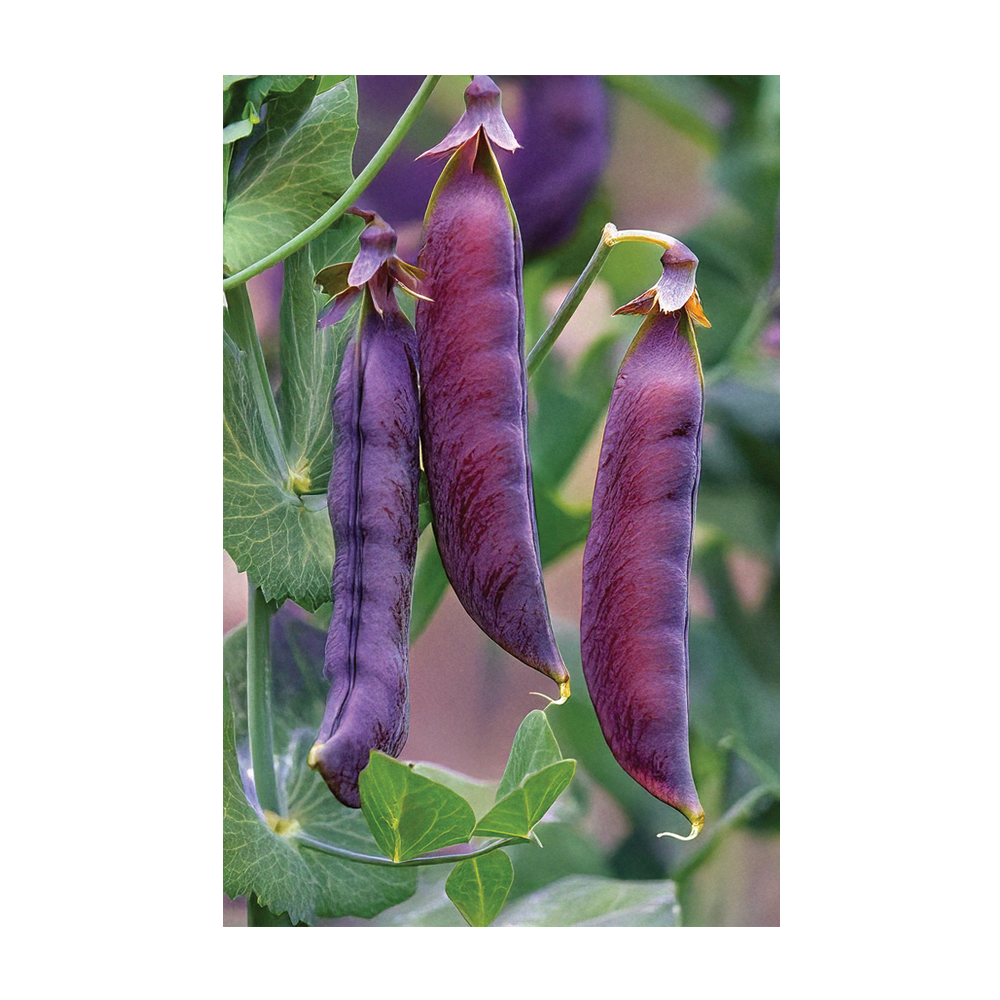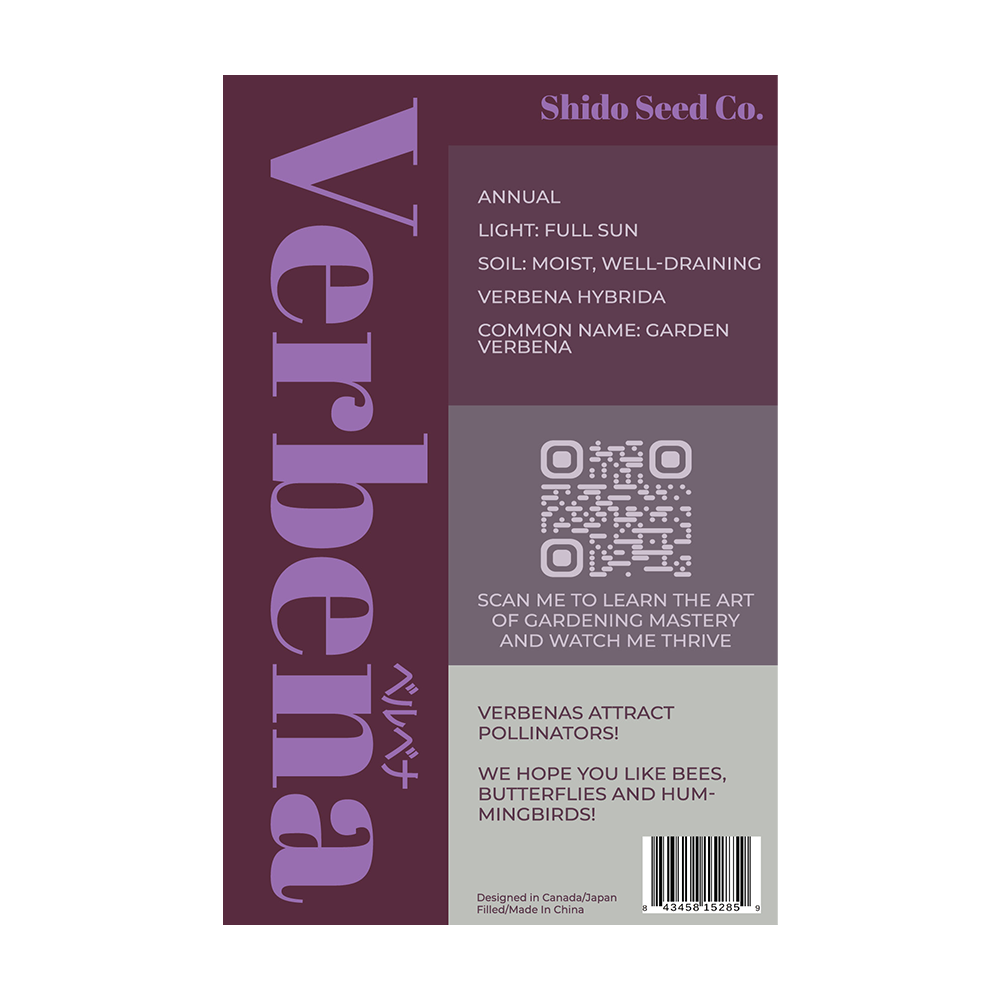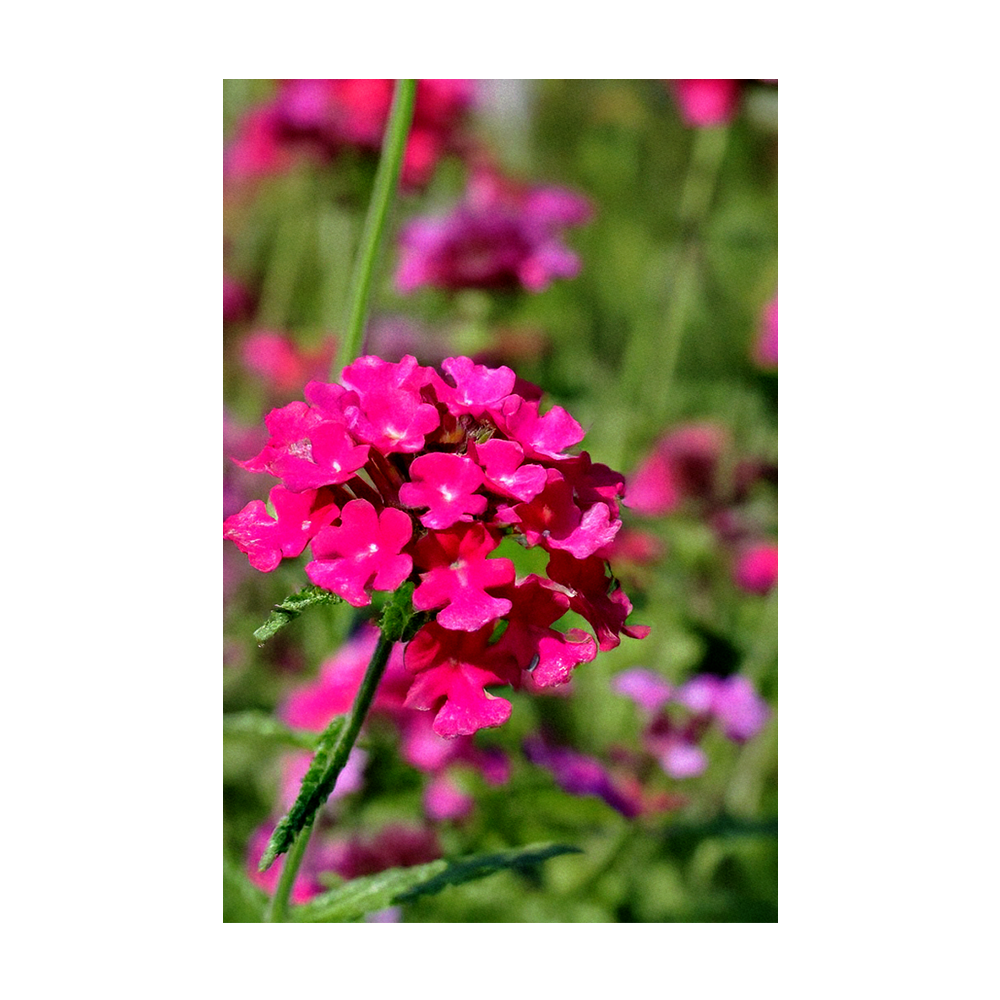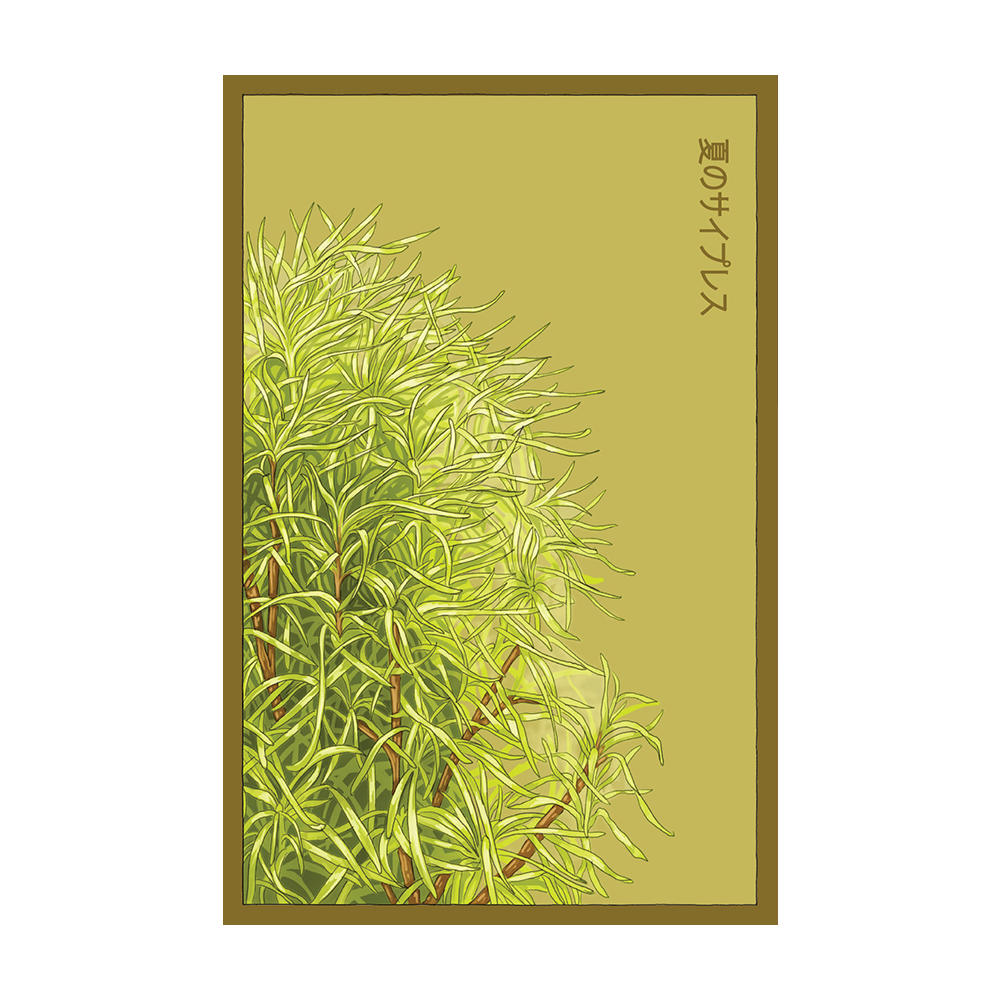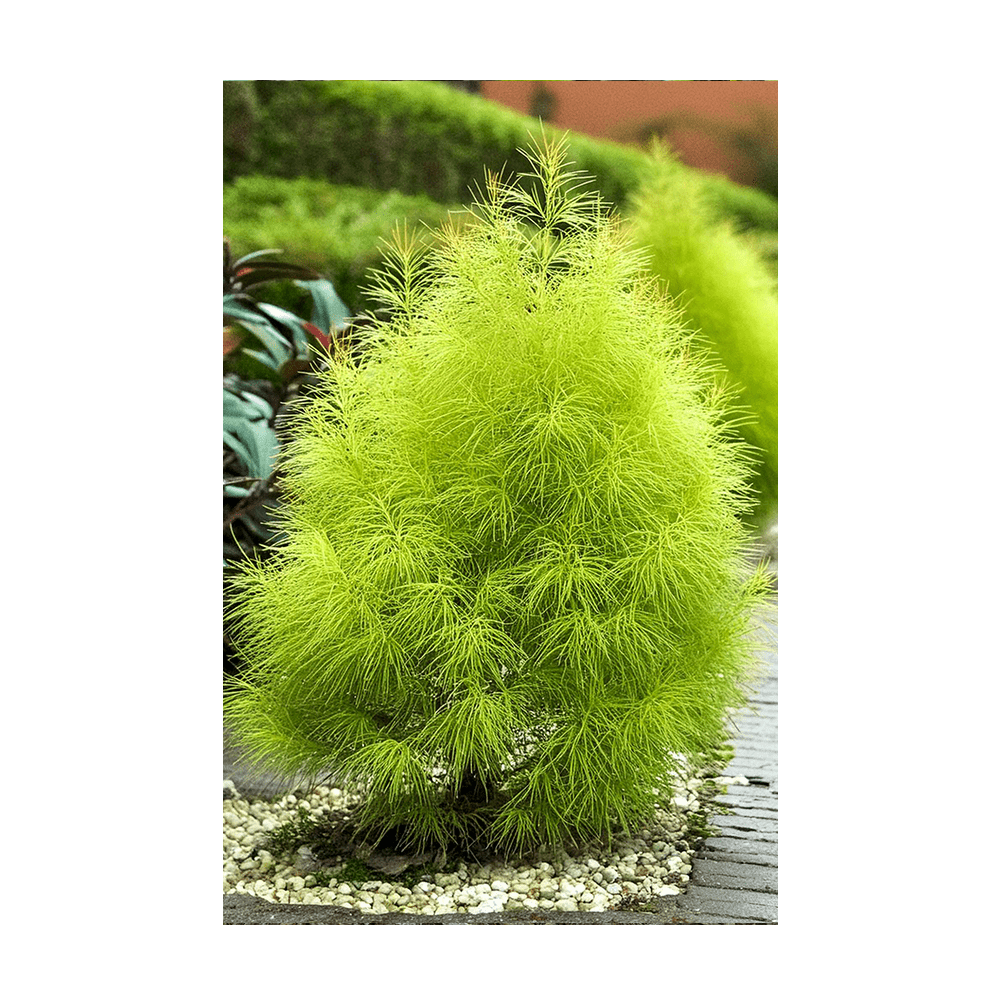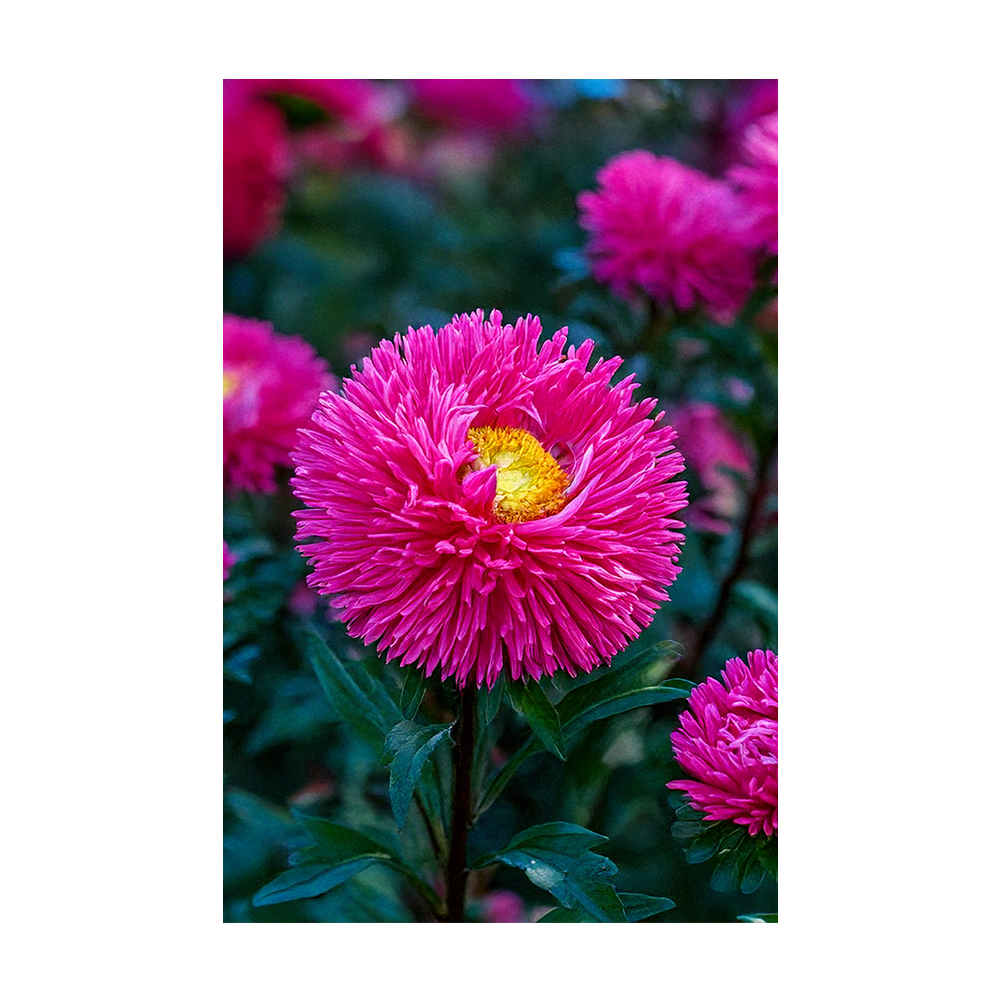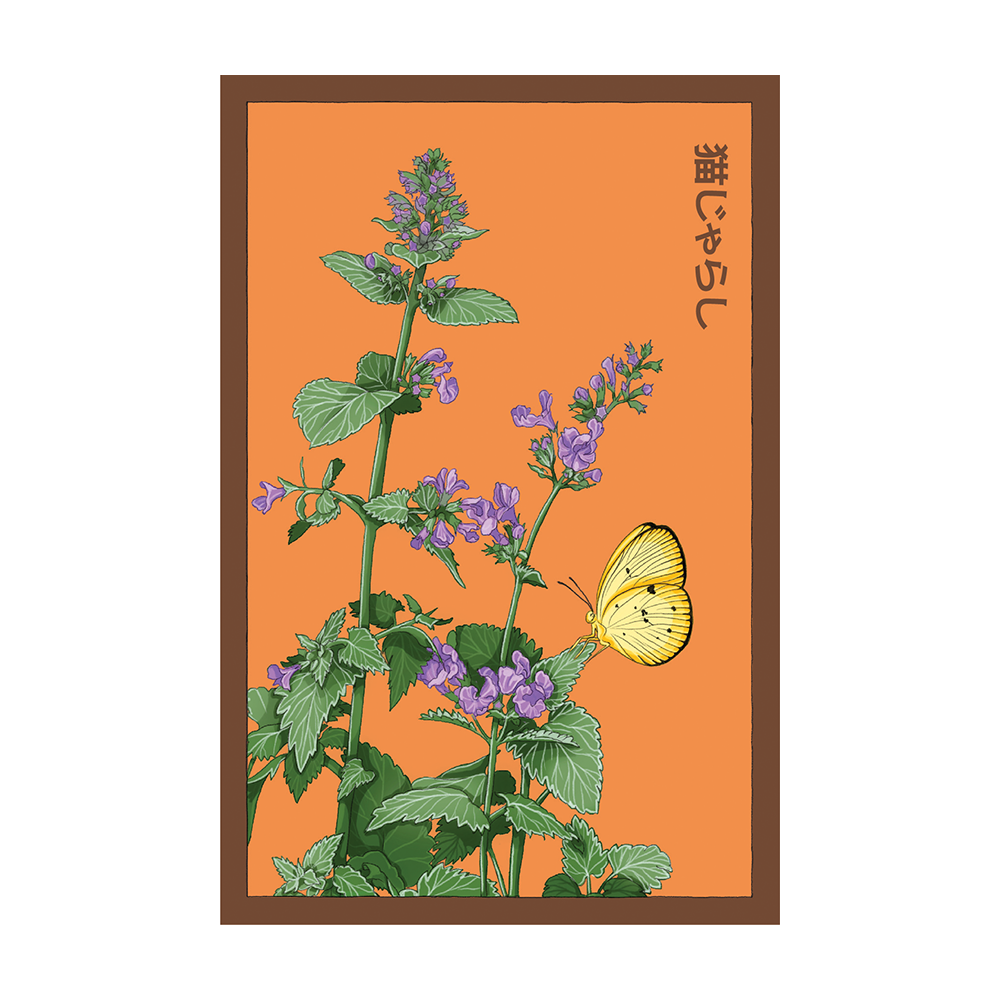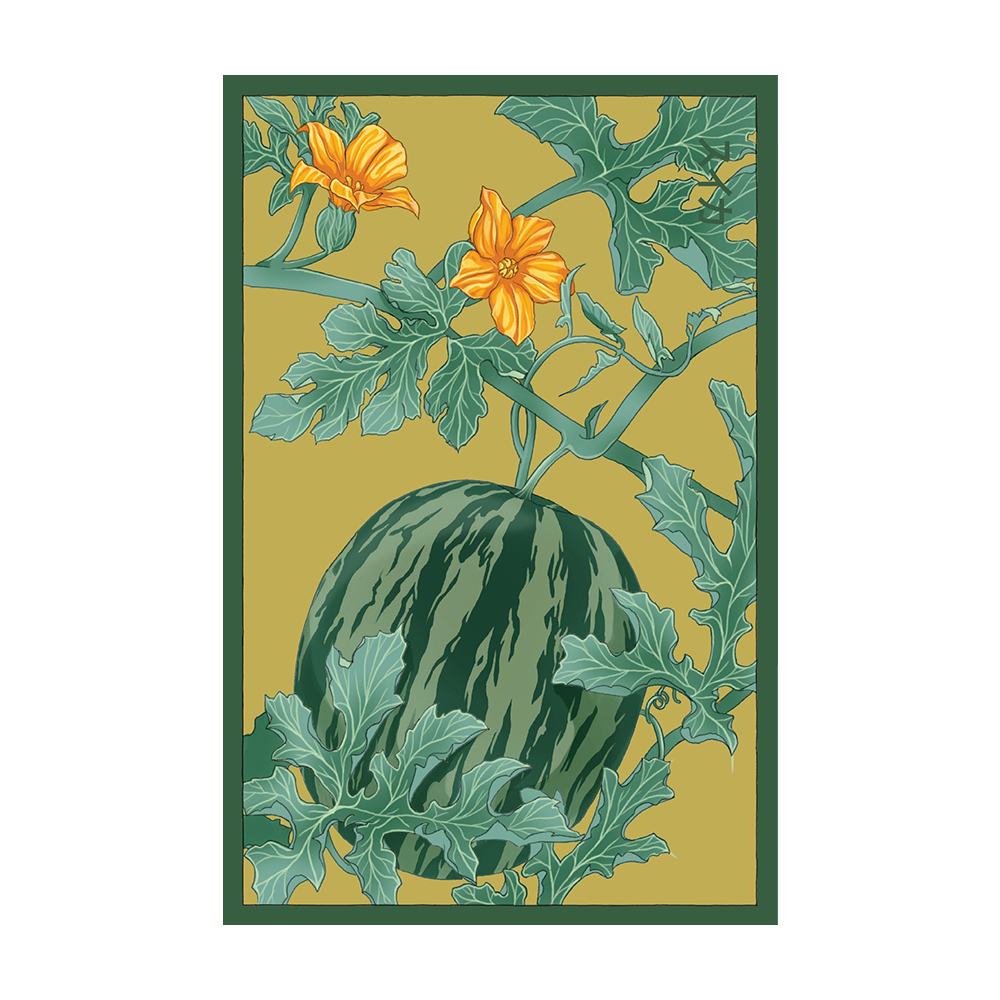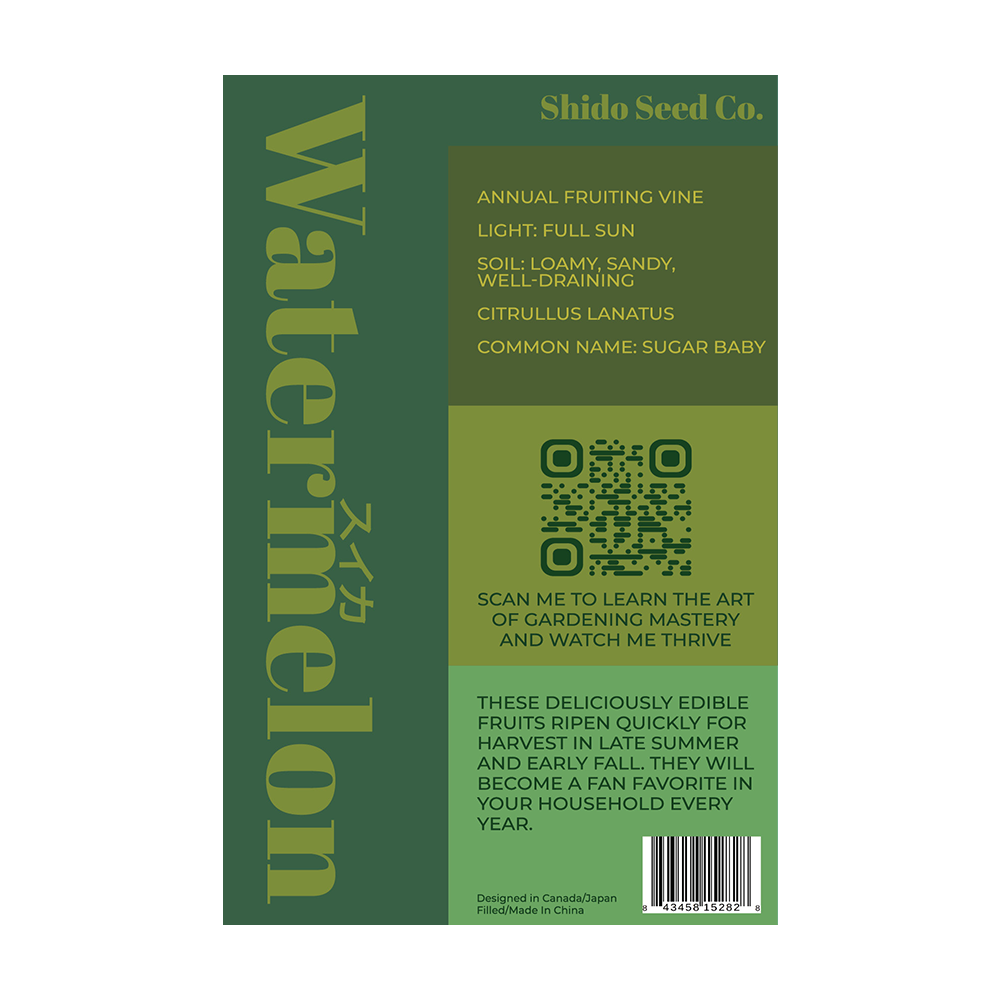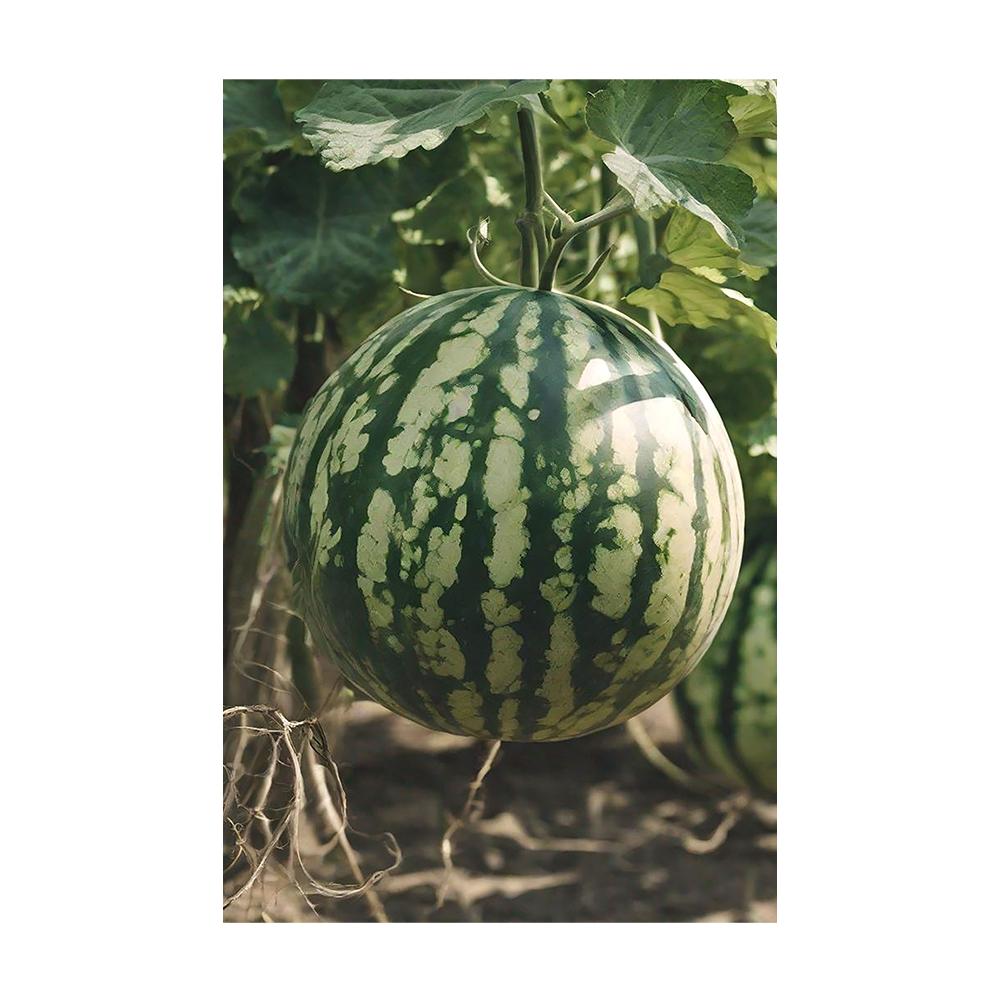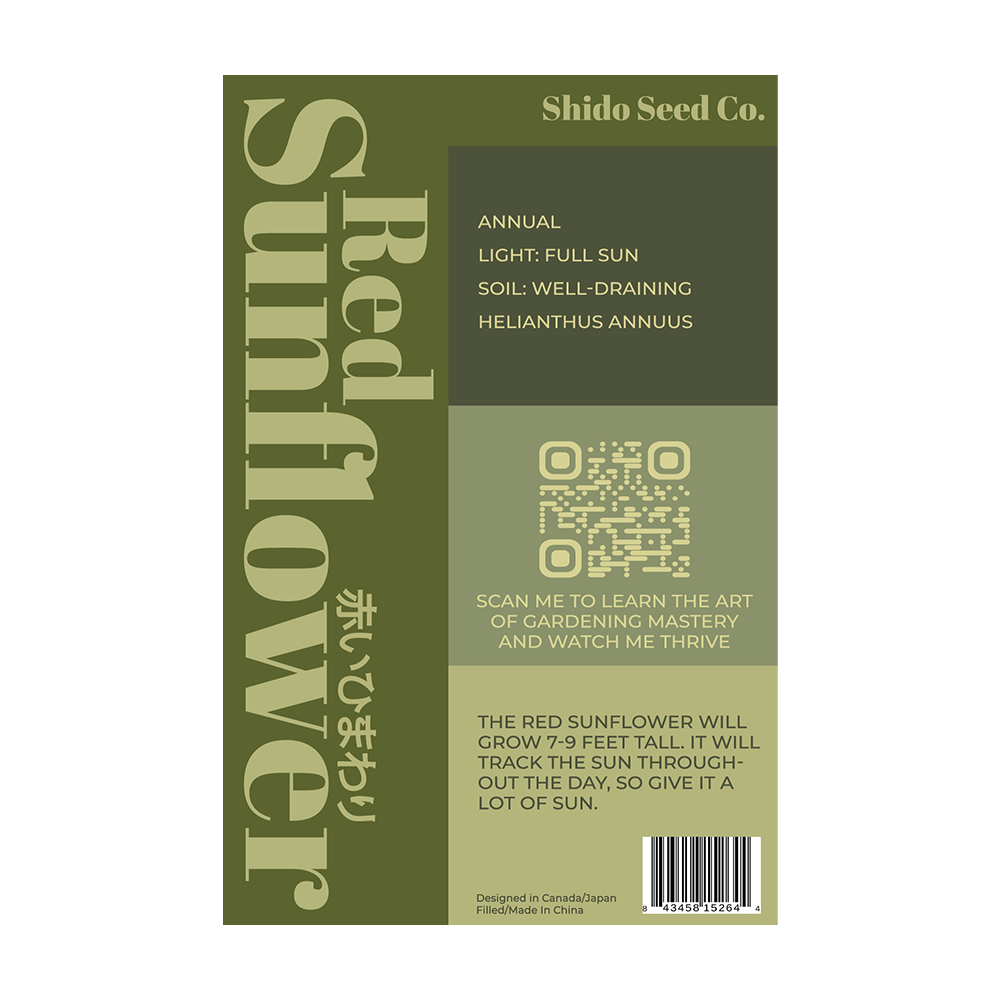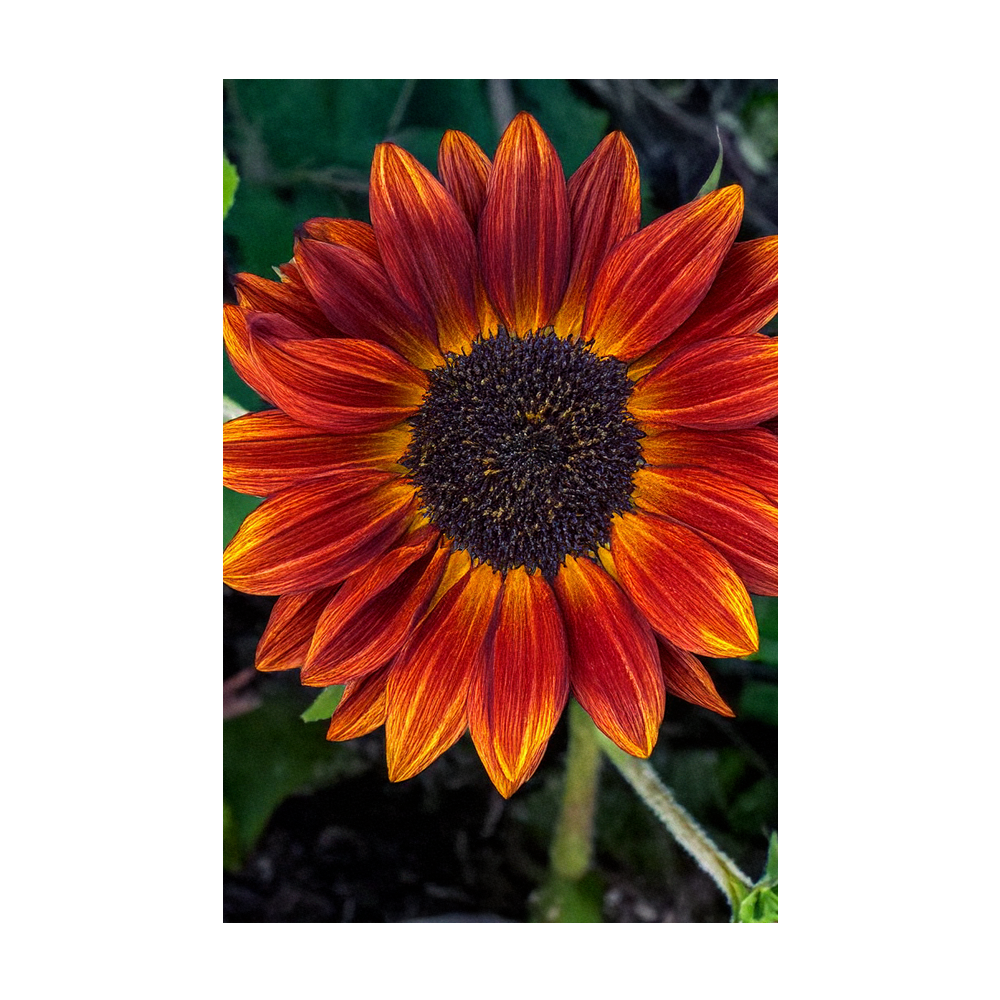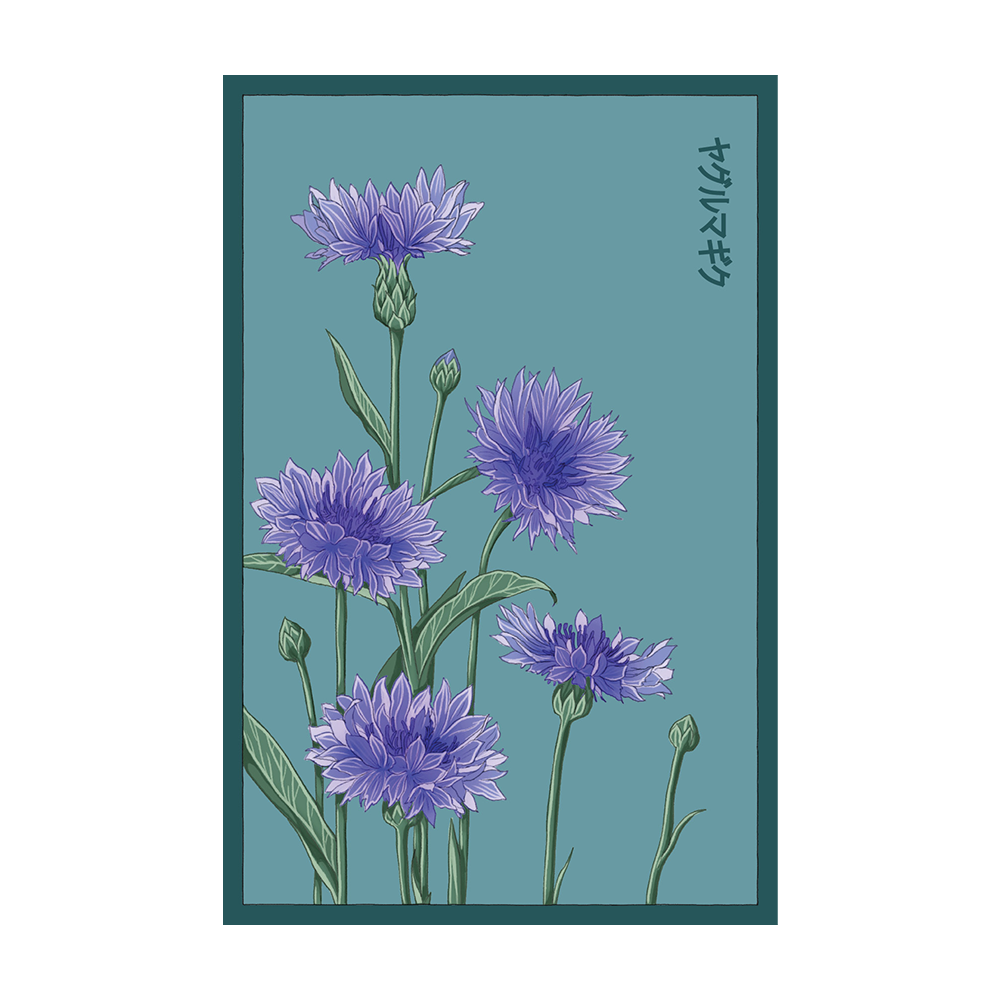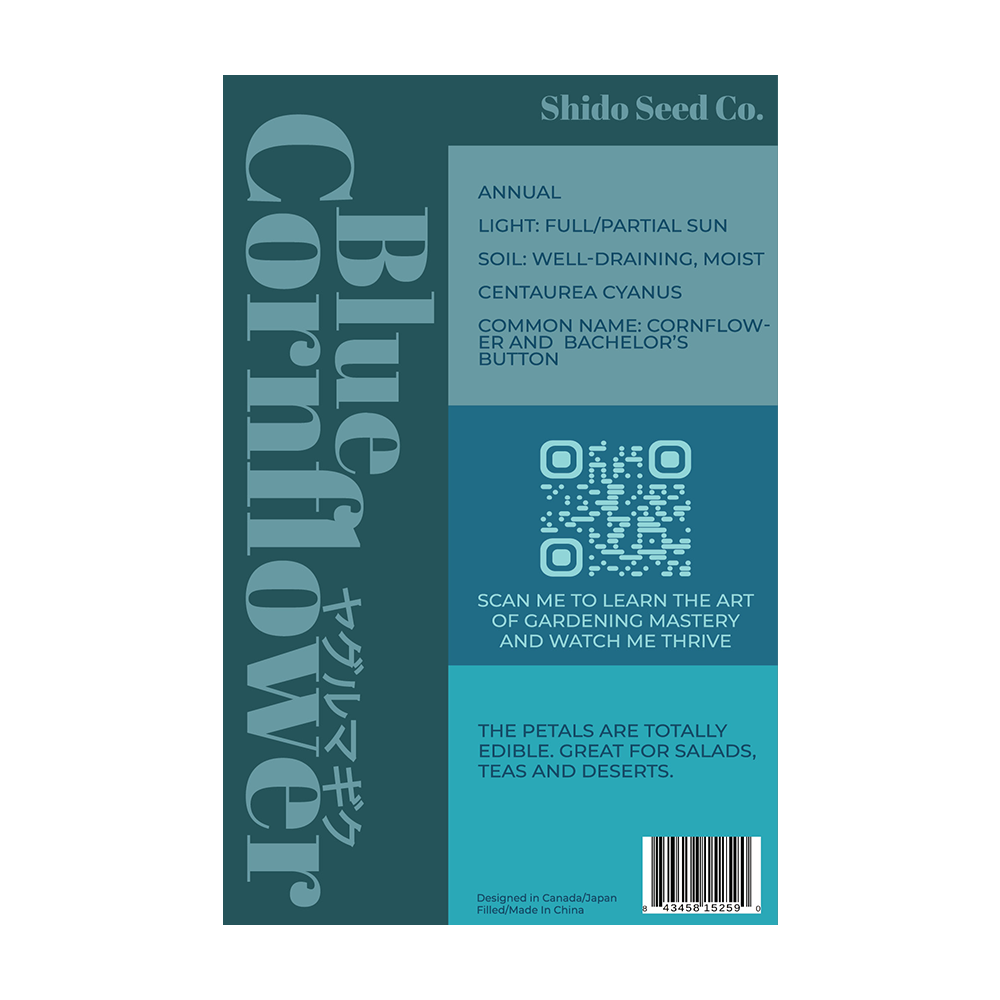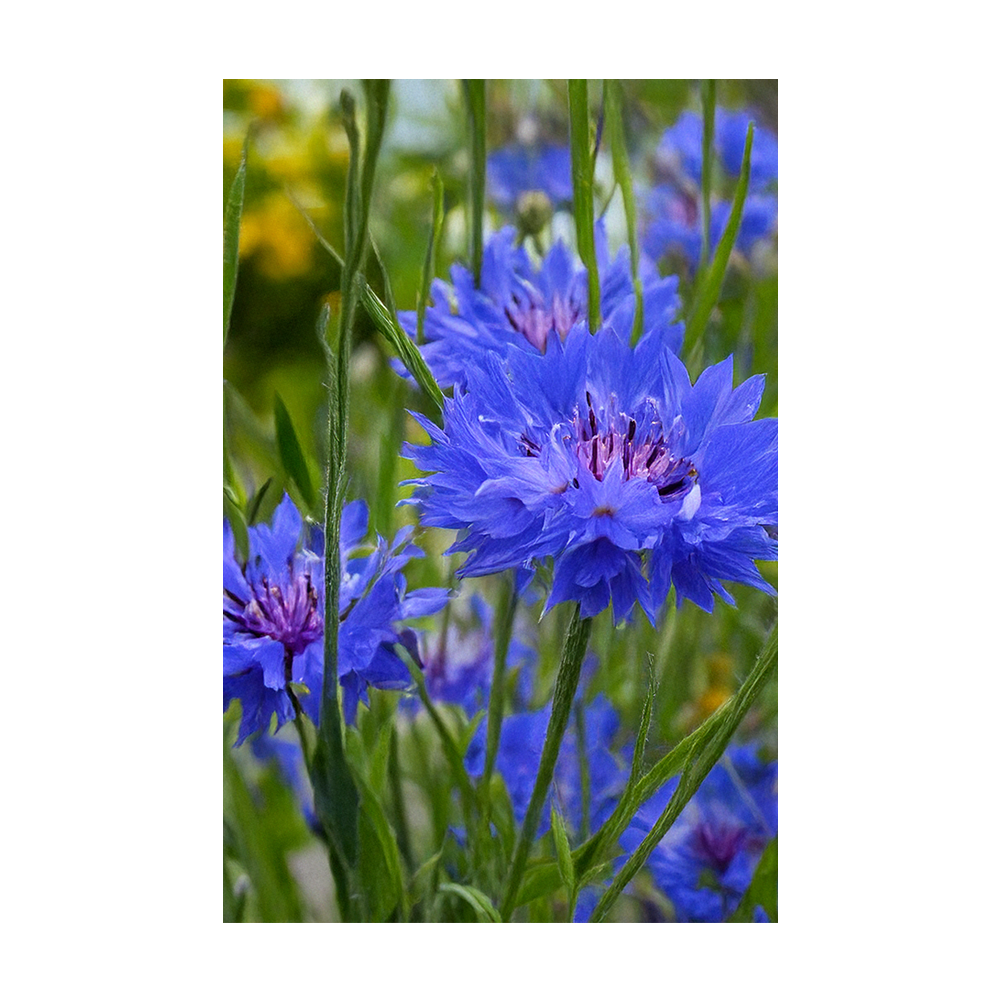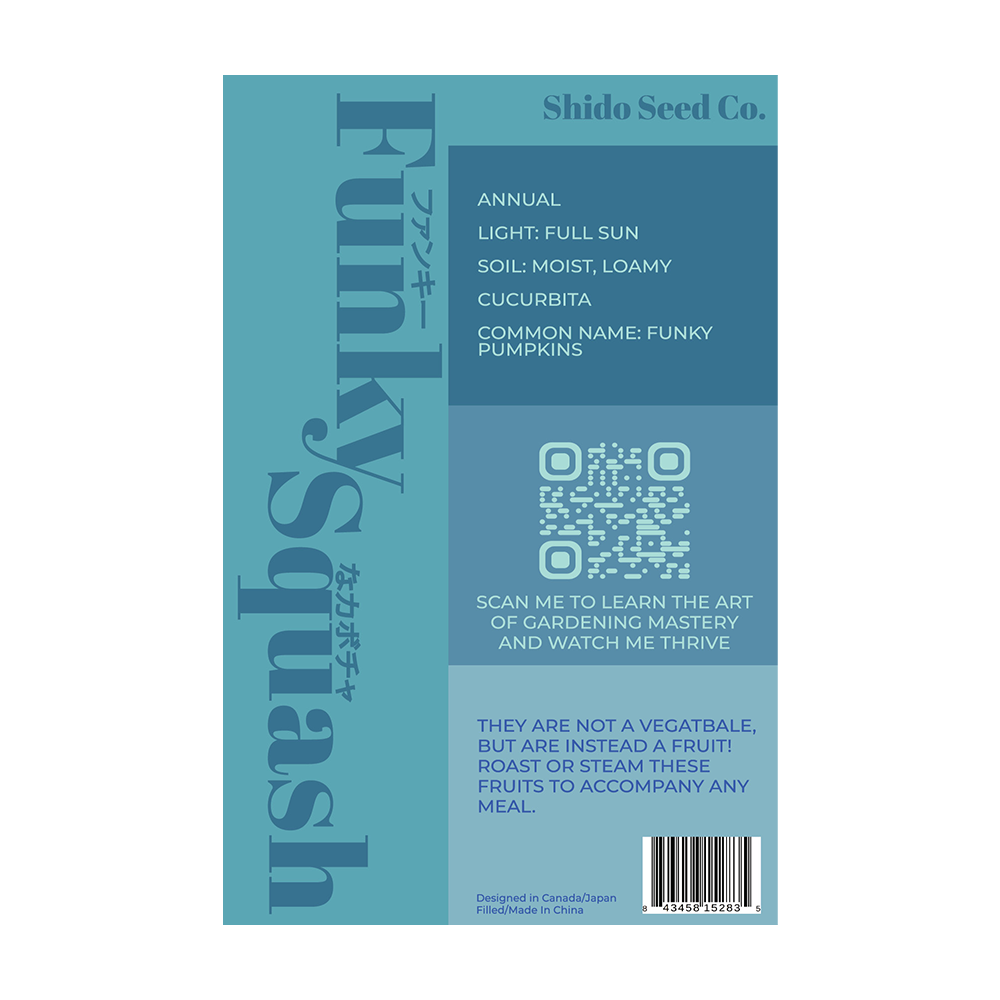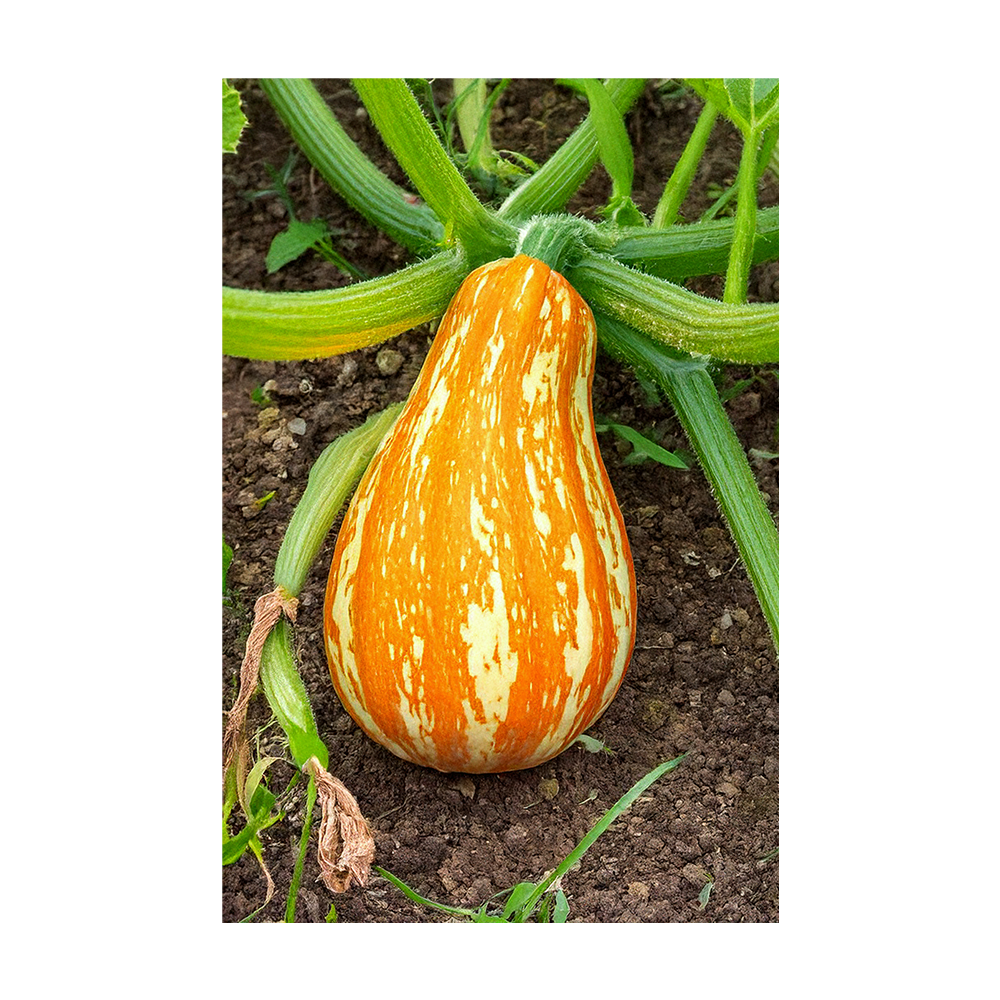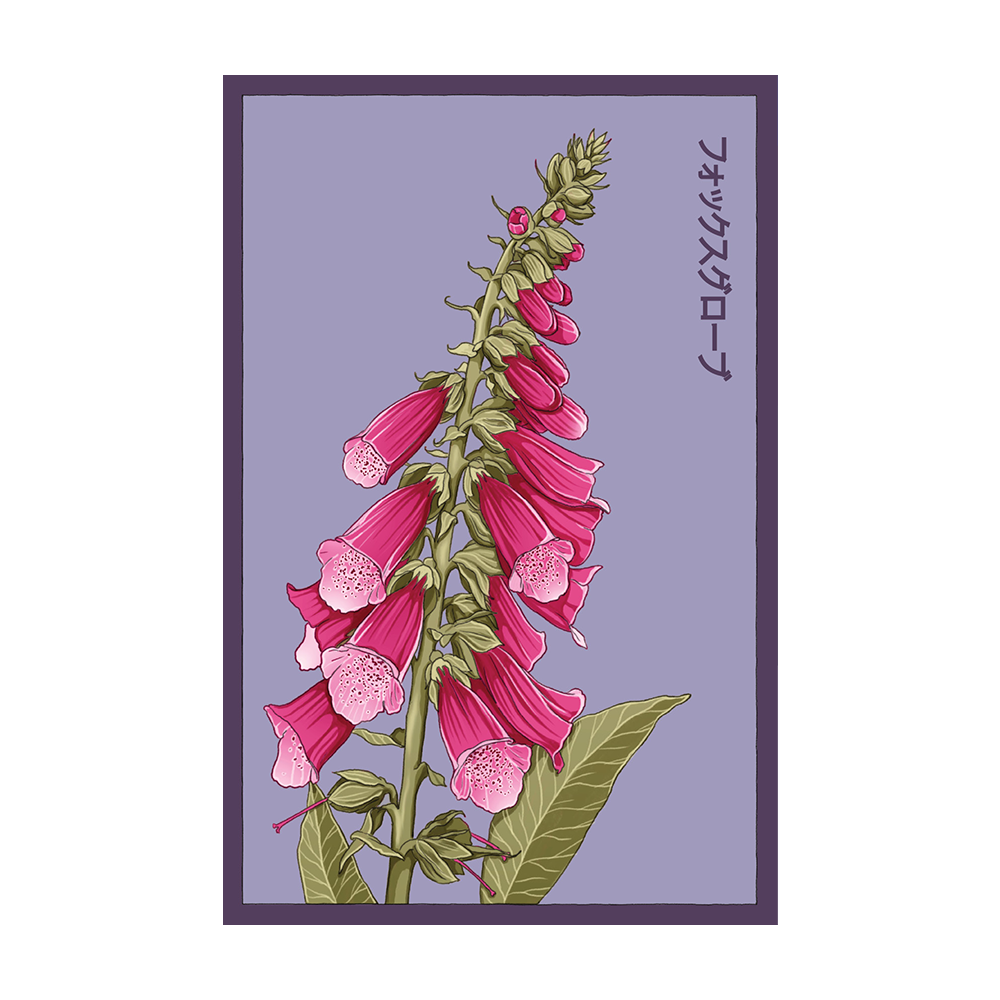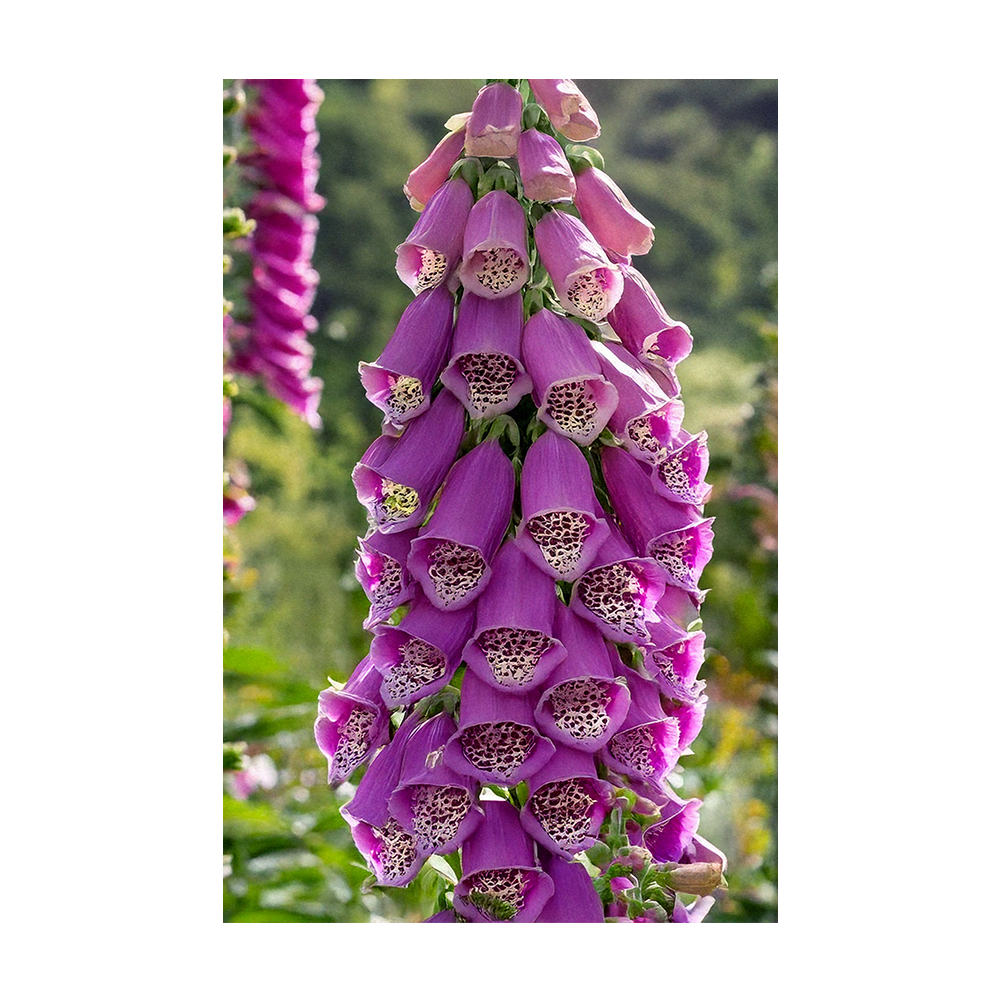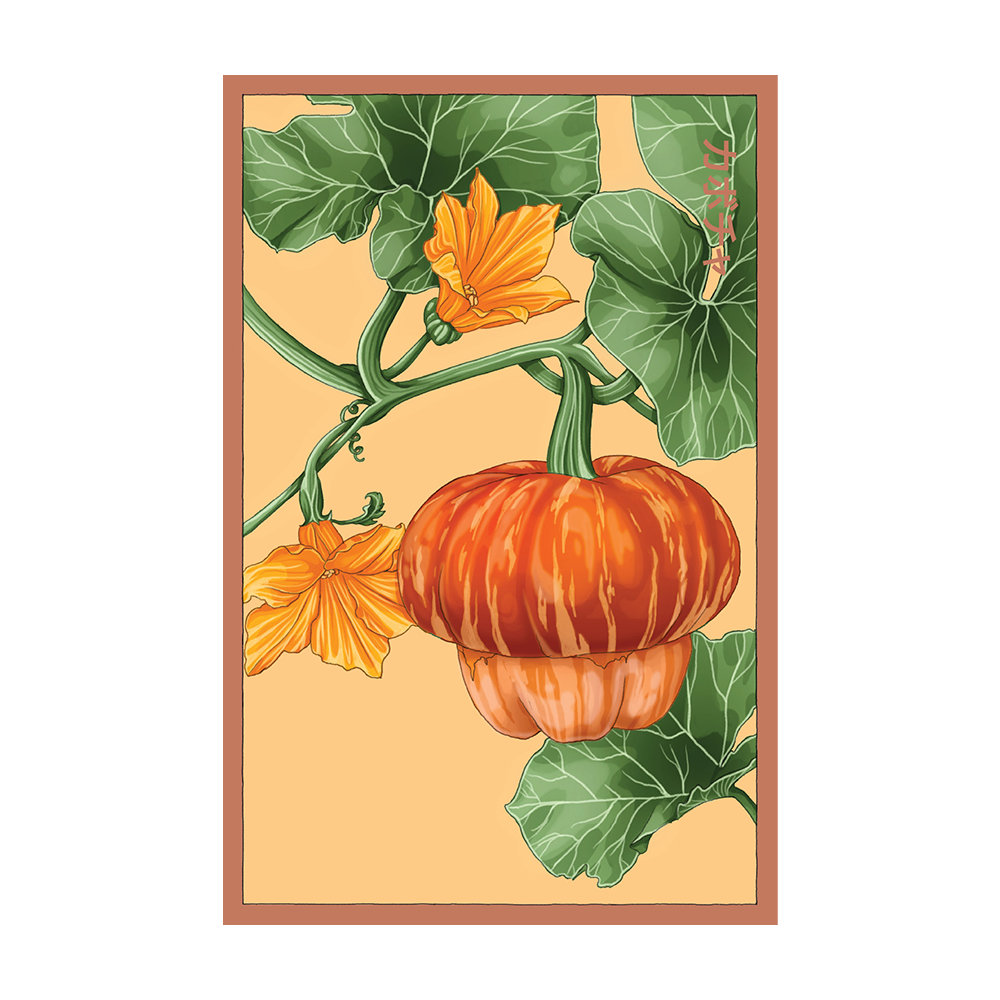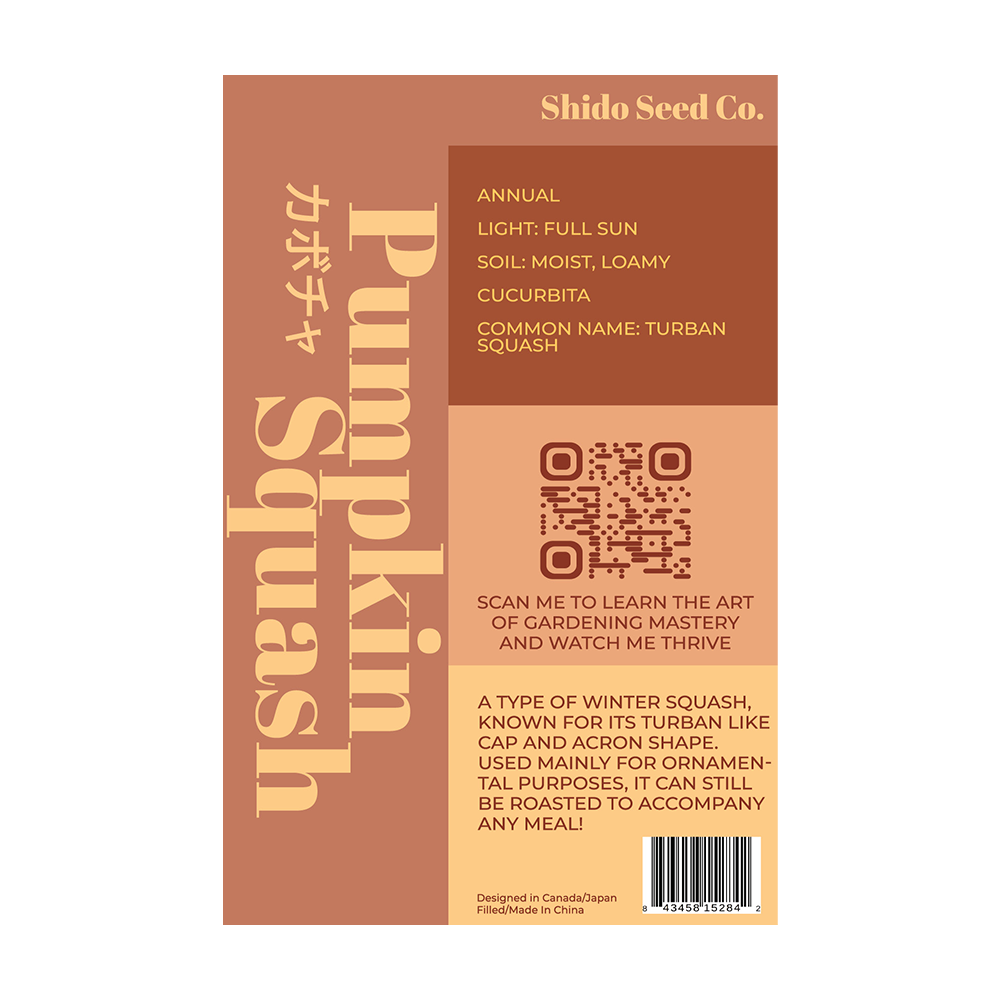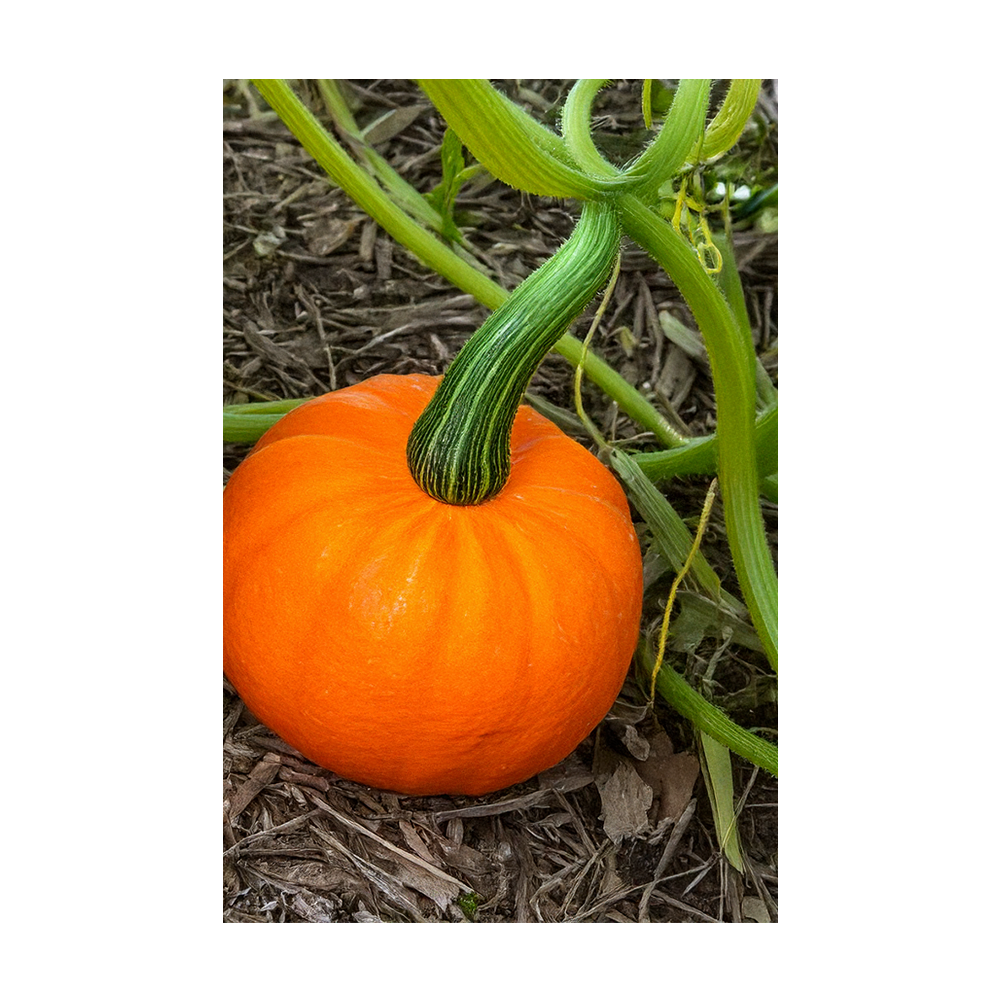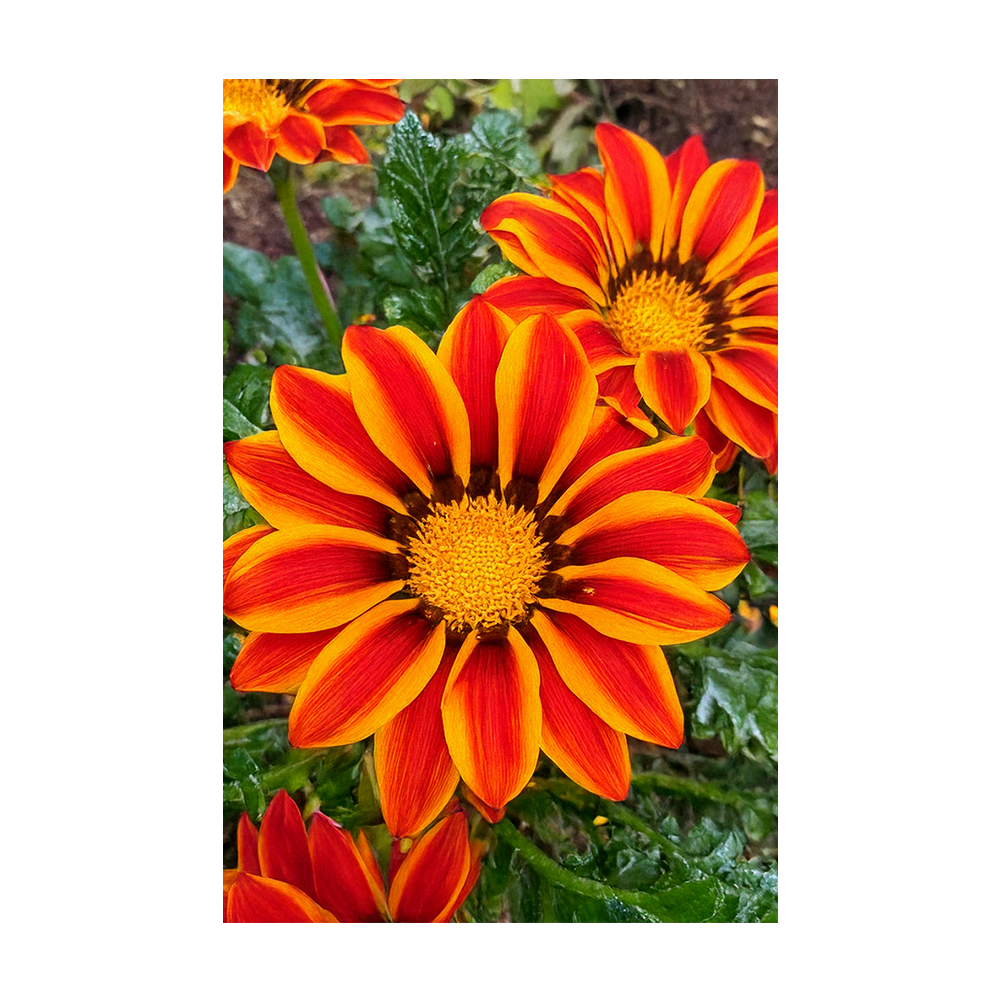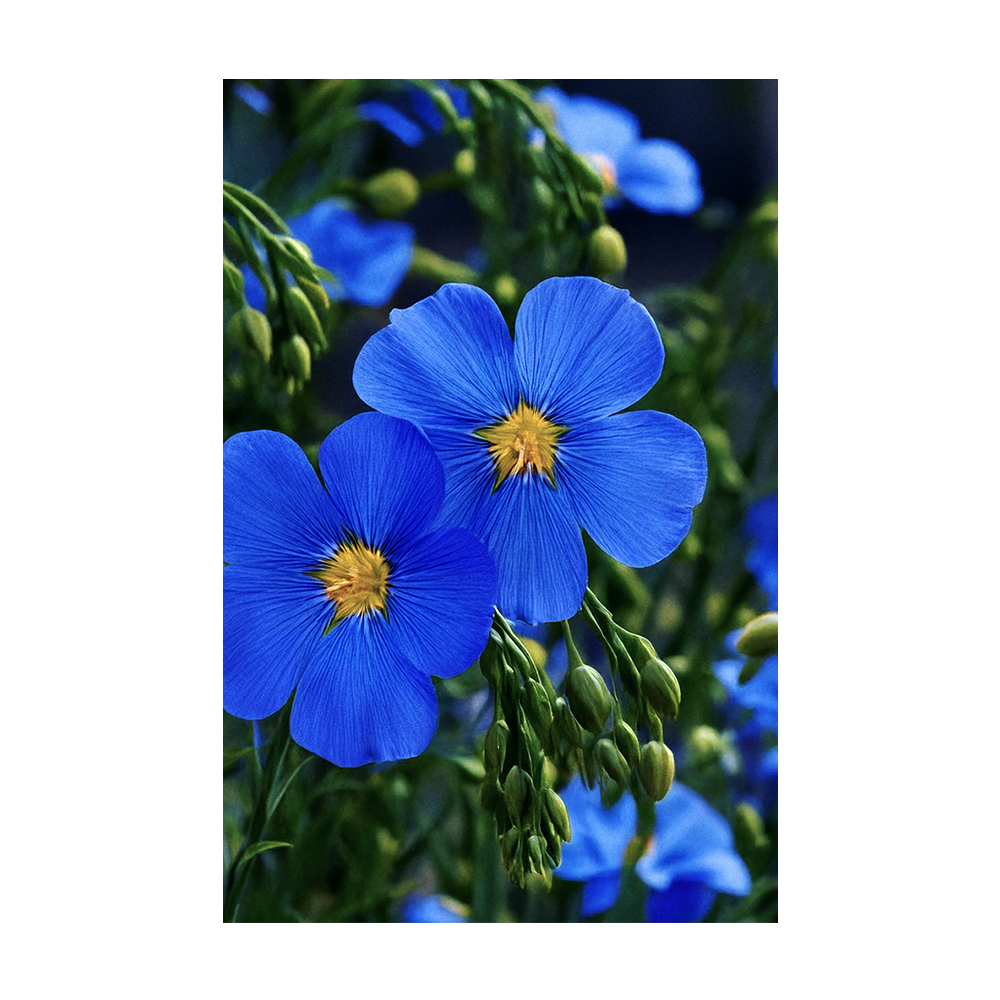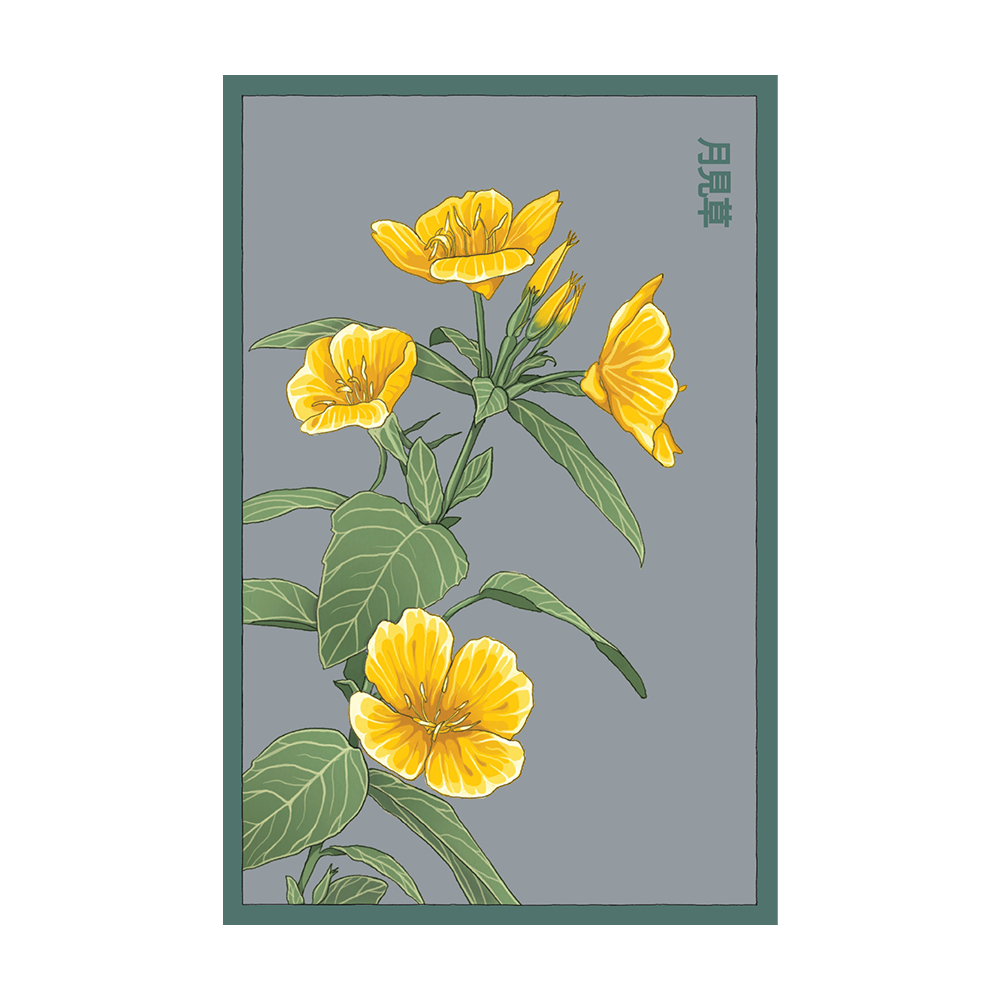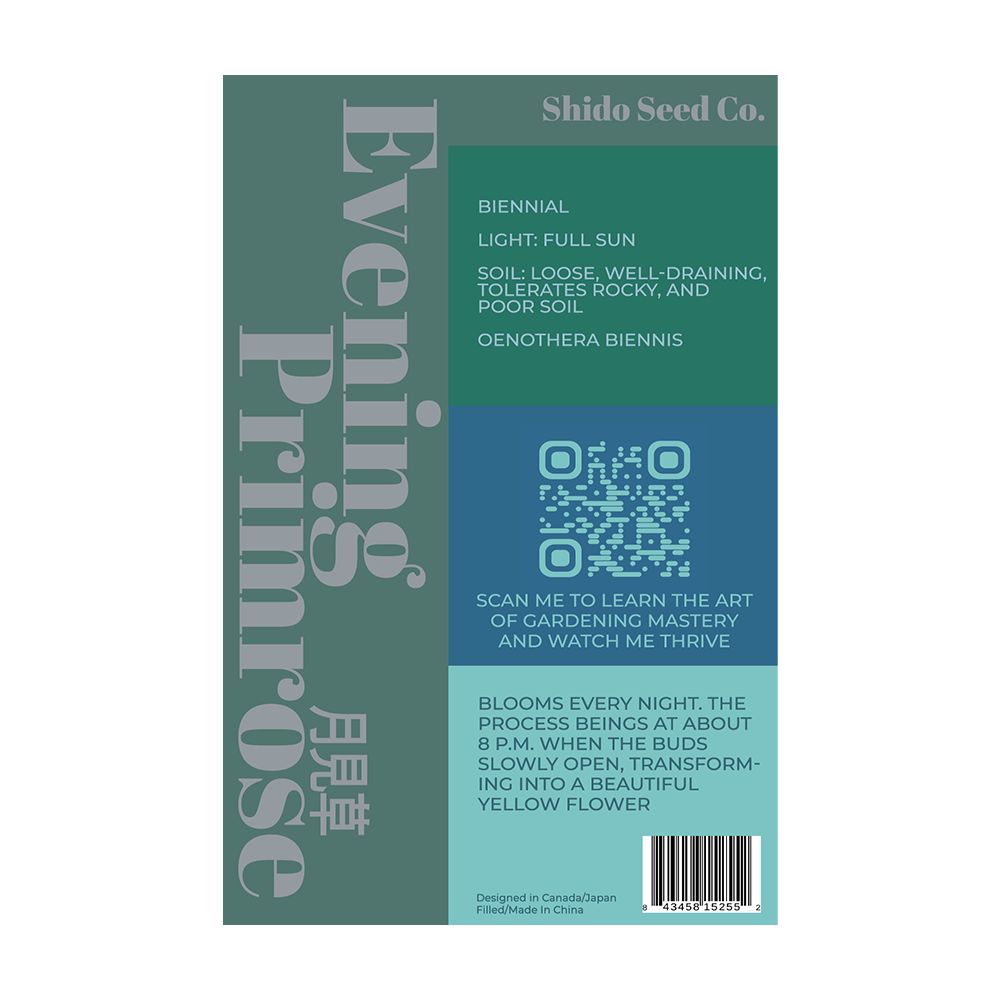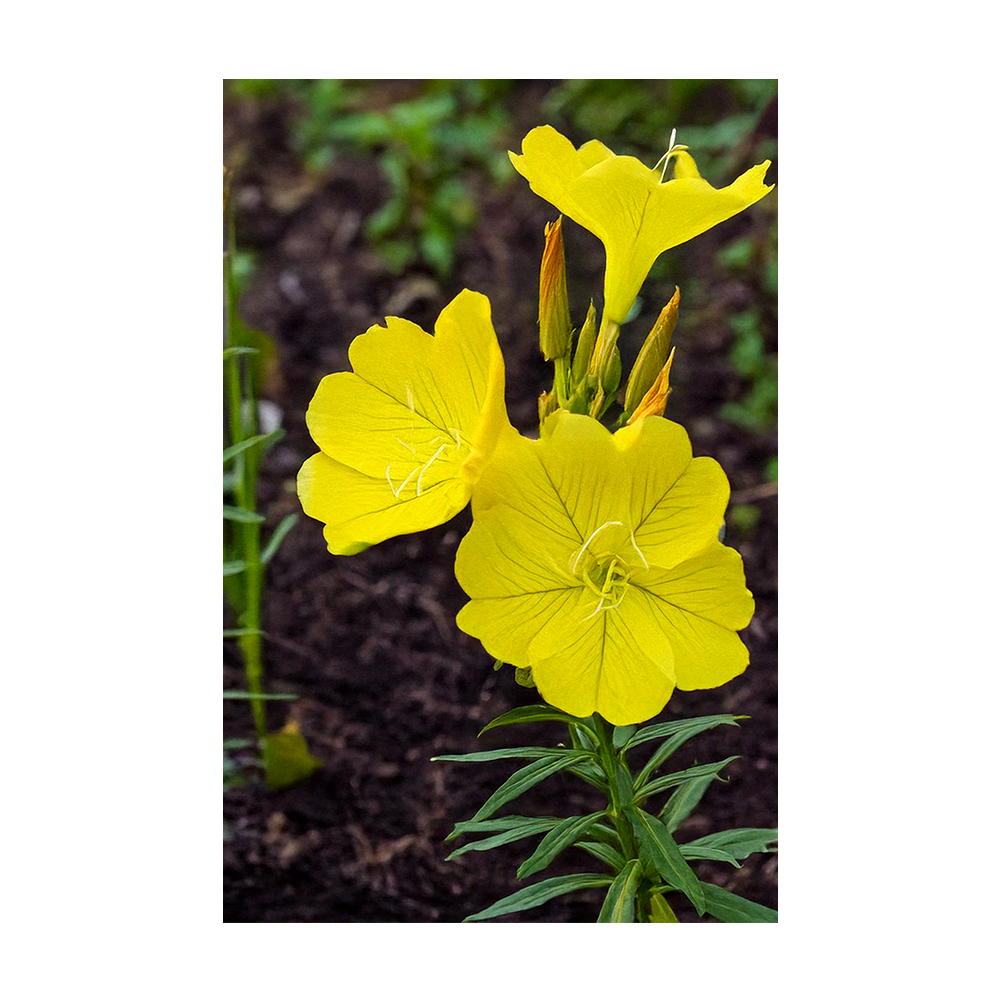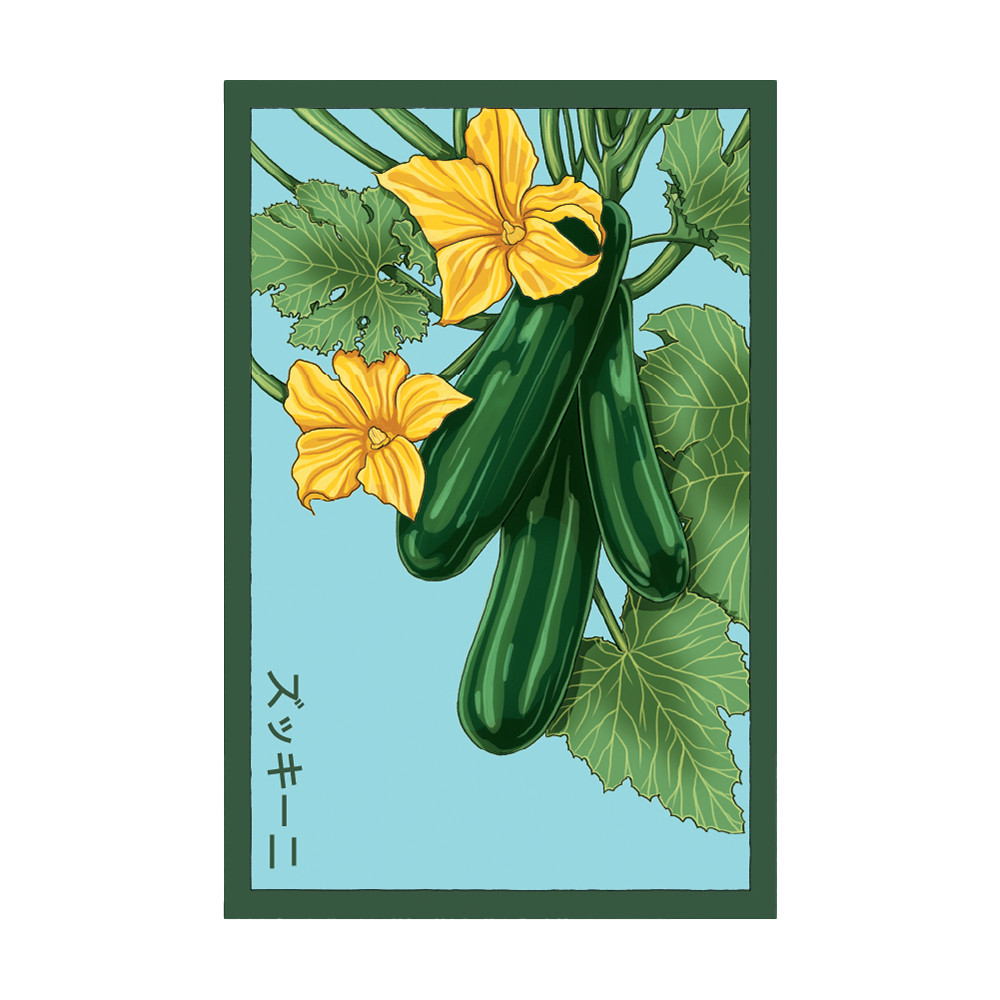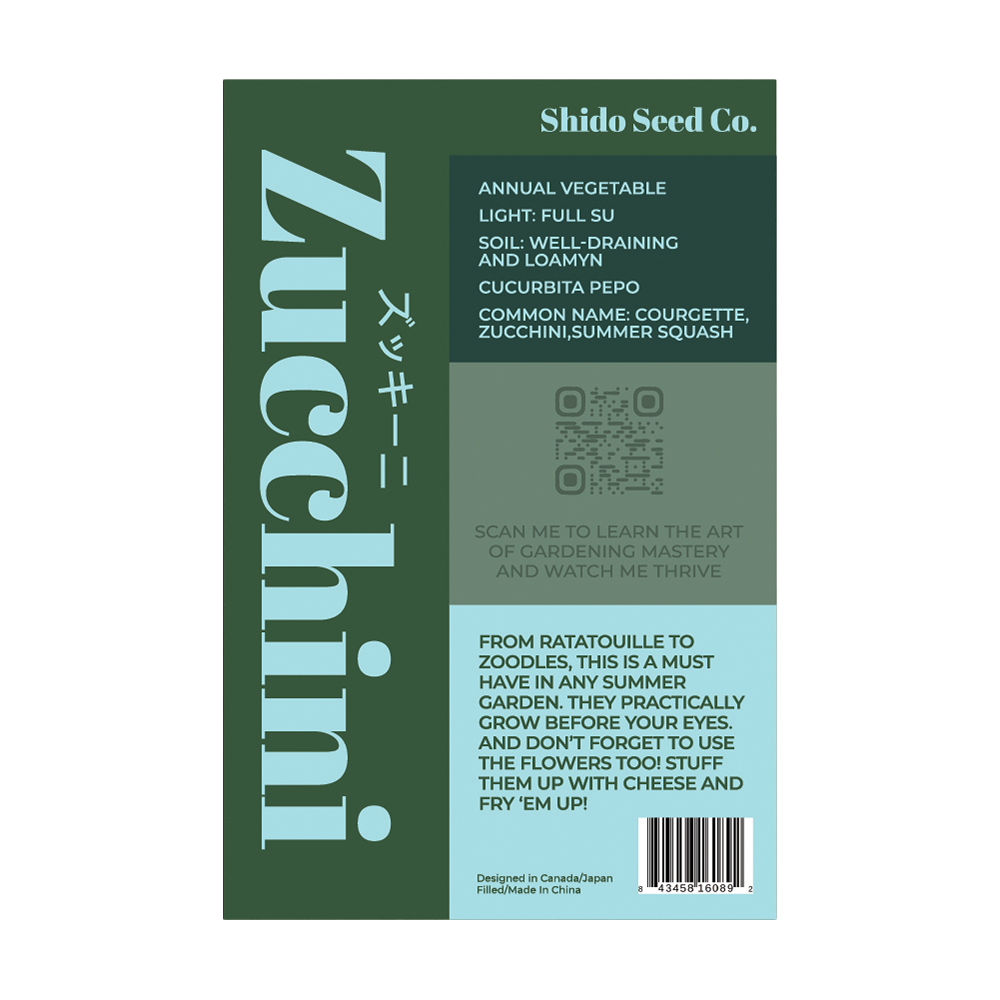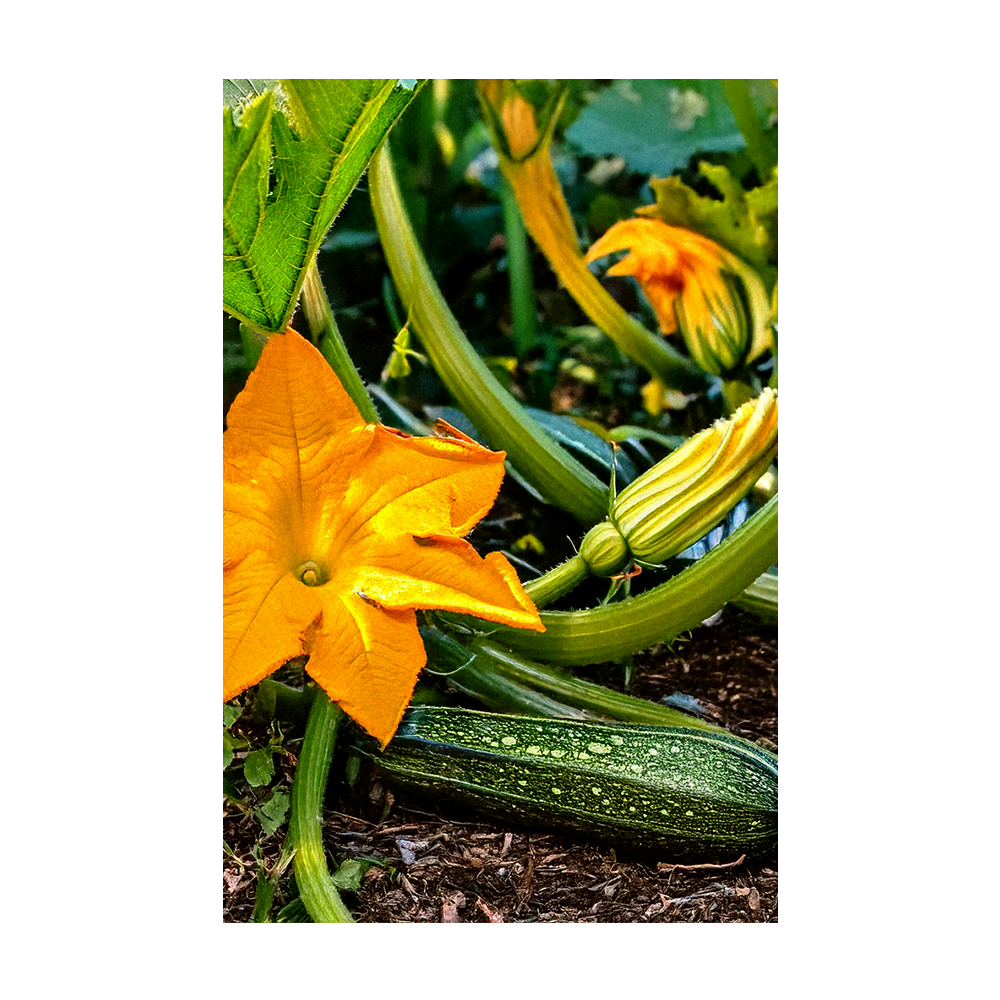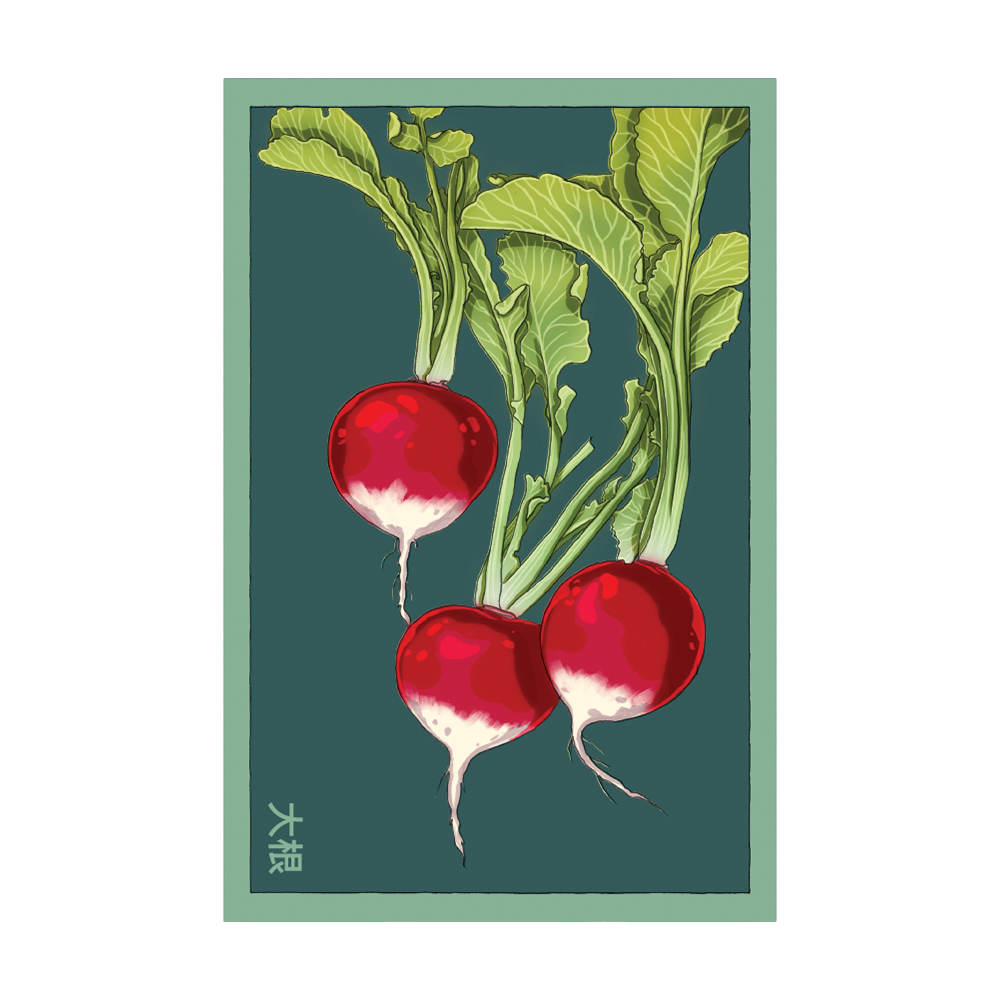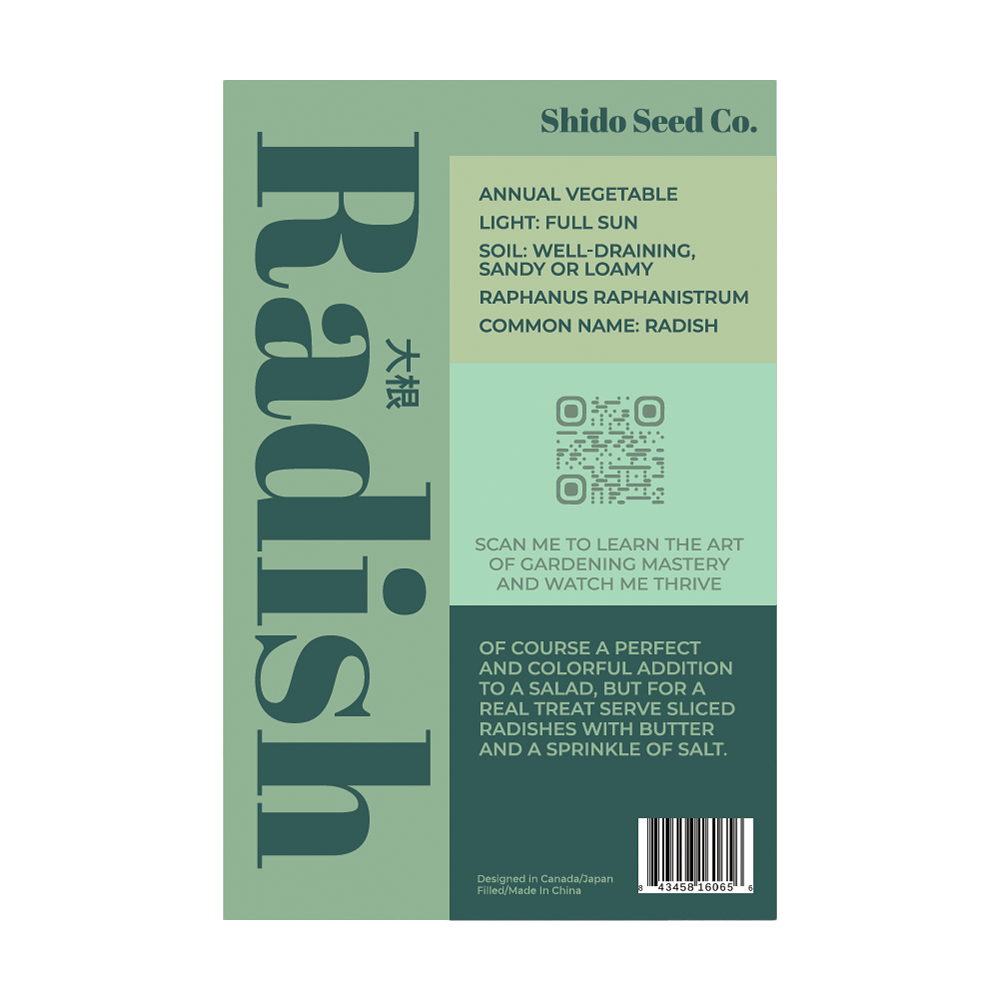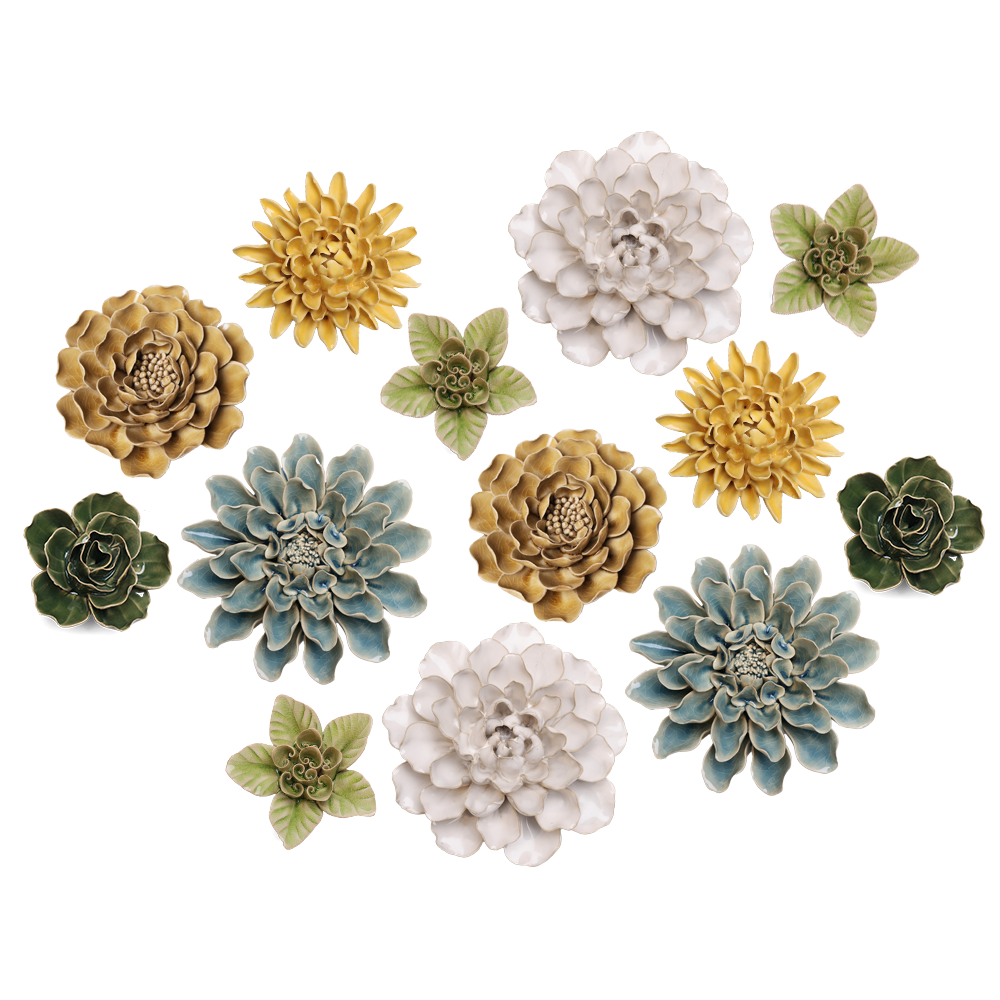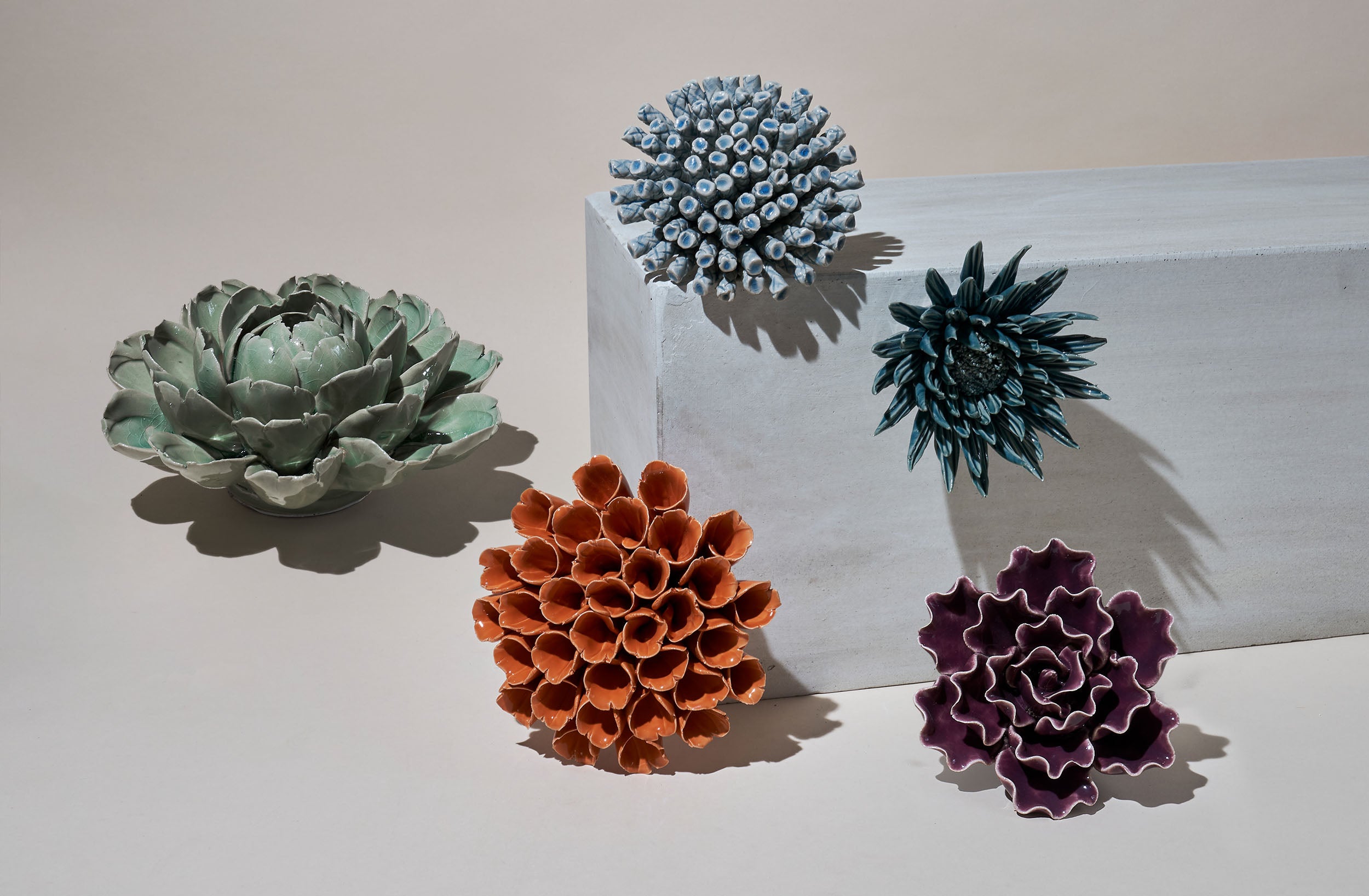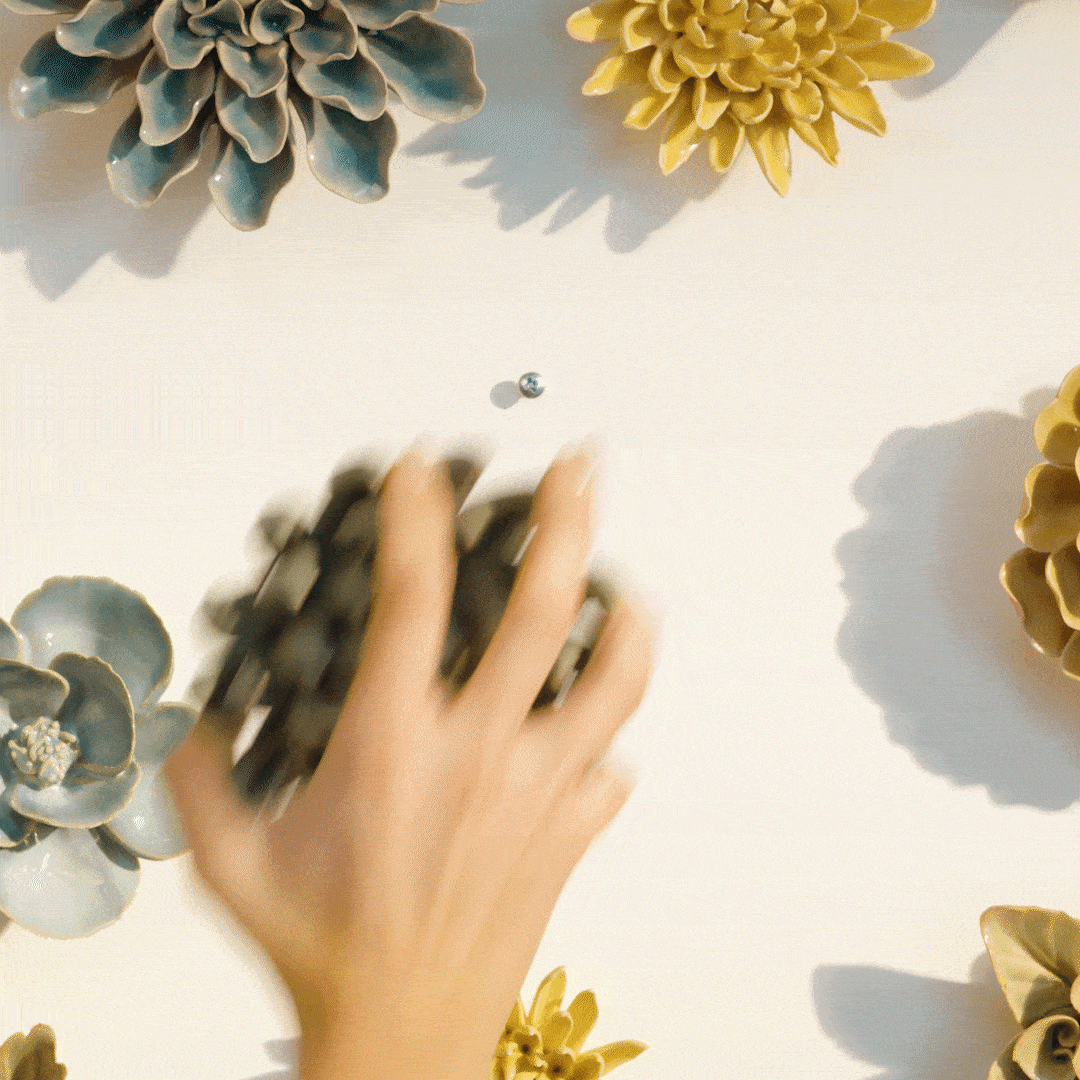
Our Largest and Most Eco-Friendly Ocean Plastic Planters
Introducing our colossal 11" & 14" planters, crafted from 100% ocean-recycled plastic! Give your green babies a home while saving marine life. Perfect for eco-warriors with a green thumb.

Chelsea Flower Show 2025
Another year pretending we understand sophisticated British gardening.

Pooley Vase Collection
I first encountered Pooley during what I'll call my "vase-curious" phase. Like finding a perfectly ripe peach at a farmers market, this masterwork of flowing ceramic has graced homes for two decades now, outlasting three of my relationships and countless attempted soufflés. A perennial bestseller, she sits there judging my life choices with the quiet dignity of European royalty.

Chive Flower Pots
Chive’s pots blend modern design with timeless elegance, featuring high-quality ceramic, glass, and metal options. Perfect for plants, flowers, or succulents, our versatile collection enhances any space with unique textures, colors, and shapes. Elevate your home and garden decor with Chive’s stylish and functional planters.
Blog posts
Plant Delivery Toronto
The Top Hanging Plants
Perfect Wall Art
Originally destined for tabletops, fate intervened when two domestic goddesses - Oprah and Martha themselves - declared these babies belonged on walls. Who could argue with that kind of decorating royalty?
Easy Installation
One discovers the most elegant of solutions: a humble keyhole adorns the reverse, yearning for nothing more than a single screw. Into drywall it slides, defying both gravity and common sense.
Voilà - sweet victory.
Pretty Flowers in Pretty Boxes
Each delicate ceramic blossom nestles in a box worthy of its artistry, wrapped with the kind of care that makes gift-givers beam with pride. Making others look thoughtful comes naturally around here.
Impossible to Mess Up
One might imagine that combining ceramic flowers could lead to disaster, but no - these darlings refuse to clash. The collection stands ready, each bloom smugly aware of its fool-proof charm, practically taunting challengers to attempt a mismatch.

Chive Story
How it started
So, in 2004, we started Chive to get back to what mattered to us; great design, well-made products and having fun.
Chive started by designing flower vases for wholesale.
Then we evolved, creating pots that are now in 6,000 retailers and every museum across North America.
Apparently there was a world-wide pandemic.Chive Story
In 2020, at the height of the pandemic in a moment that can only be politely described as utter madness, we decided to open a plant store in Toronto.
And, despite several lockdowns our direct-to-real people approach really took off, much to our relief, but not to our surprise.
What's next?
Today, we’re based in Toronto, San Diego, Birmingham. Yet, despite our success, we have stayed small, and passionately anti-corporate, ensuring our love of design and quality never gets lost.
Now, our founder is anything but bored. But to this day, you won’t find anything in Terracotta at Chive.
Our store
702 Queen St. W.,
Toronto, ON M6J 1E7
Call: (437) 777-5021
We are open for in-store shopping
Mon to Thurs: 12pm - 7pm
Fri to Sun: 11am - 7pm

14-Day Chive Guarantee
If your plant’s having a mid-life crisis, reach out within 14 days of purchase and we’ll try to fix it. We can’t promise plant miracles, but we’ll do our best to help babies look happy and green again. Love your plant but not vibing with your pot or accessories? Return them within 30 days, or swap them for ones that are more your vibe.
Lifetime Support
Plants acting weird? Or not looking like it's usually happy self? Our "experts" (they talk to plants, we don't judge) are standing by to decipher your green buddy's mood swings or temper tantrums. Drop us a line and let’s sort out your green buddy’s issues. We’re here to guide you and your plant through its drama.
Same-Day GTA Delivery
Can't leave your couch? No problem! We'll deliver plants across Toronto, Mississauga, Scarborough, Richmondmill, Markham and Vaughan starting at $14 for our standard next-day delivery. For quick same-day just give us a call when ordering. We're like Uber Eats for plants - minus the chance of your ficus arriving half-eaten.

